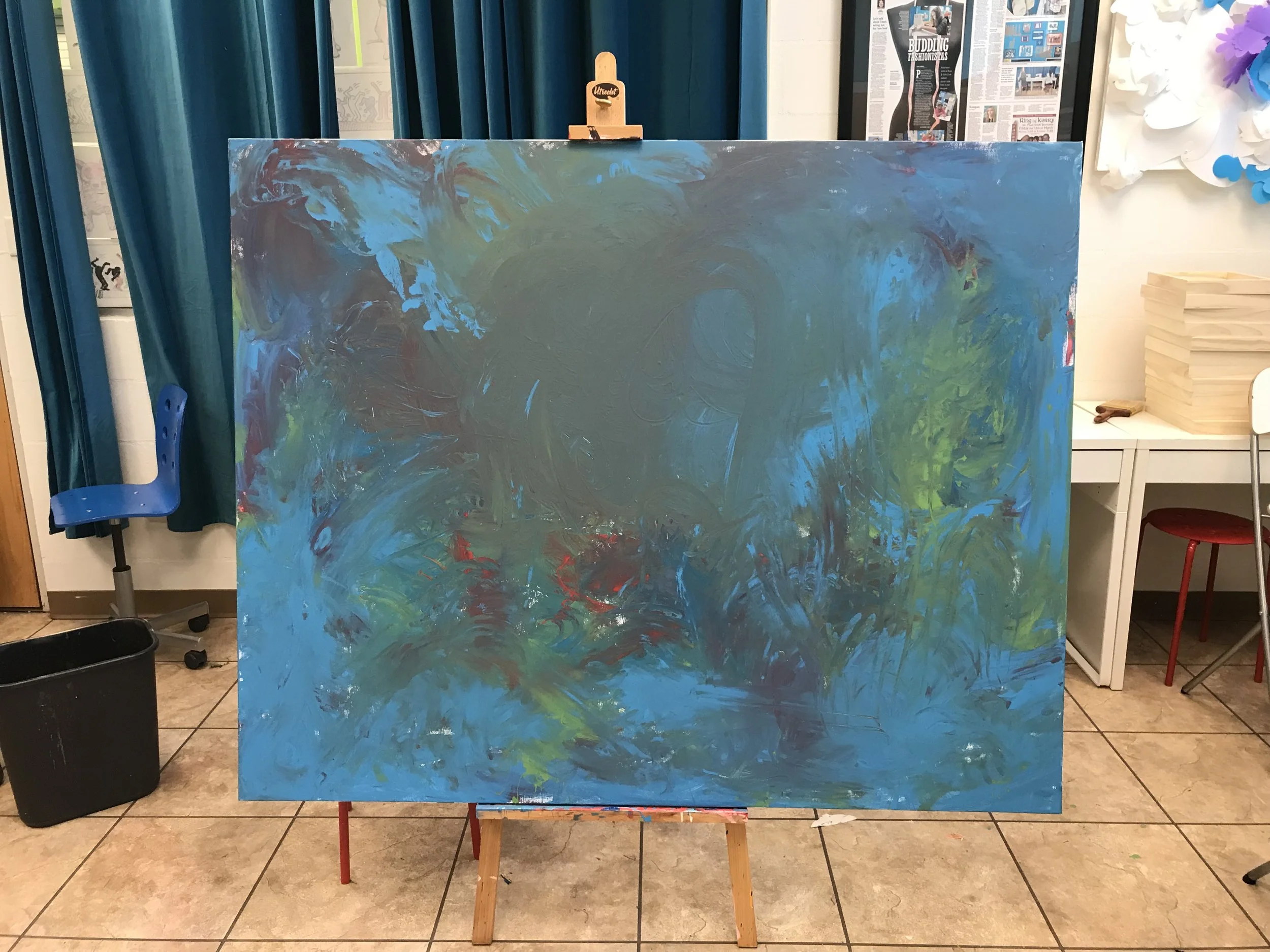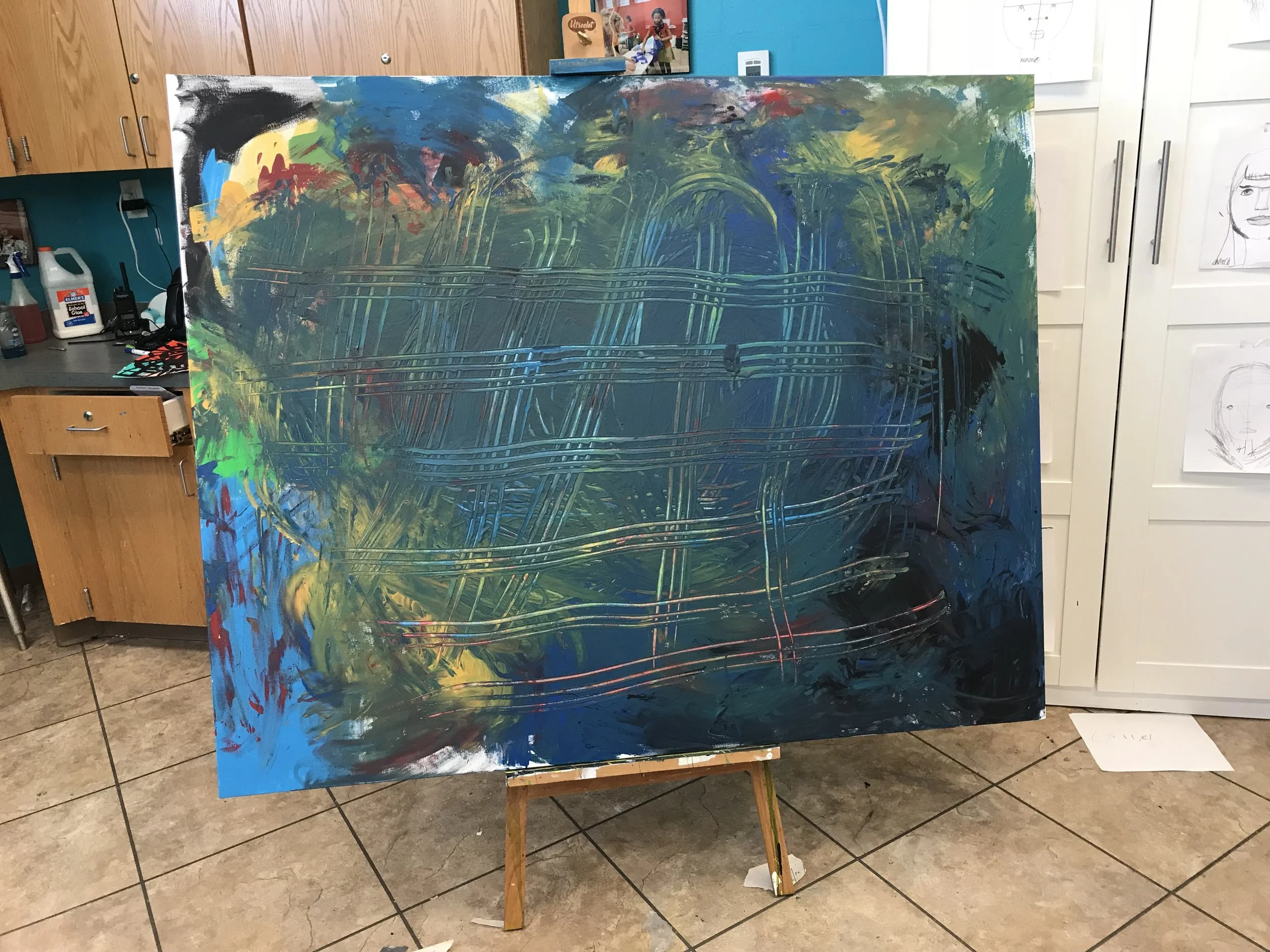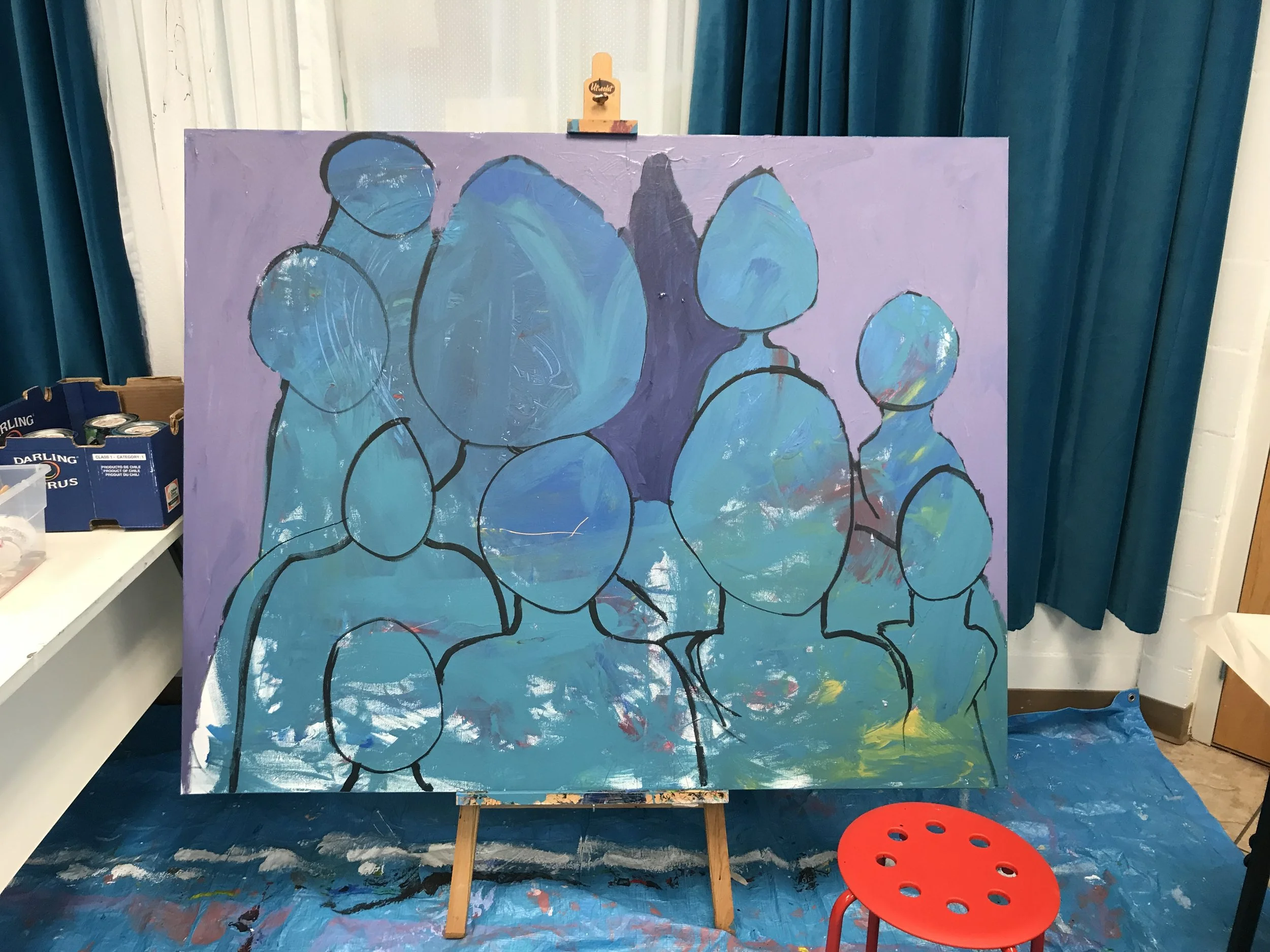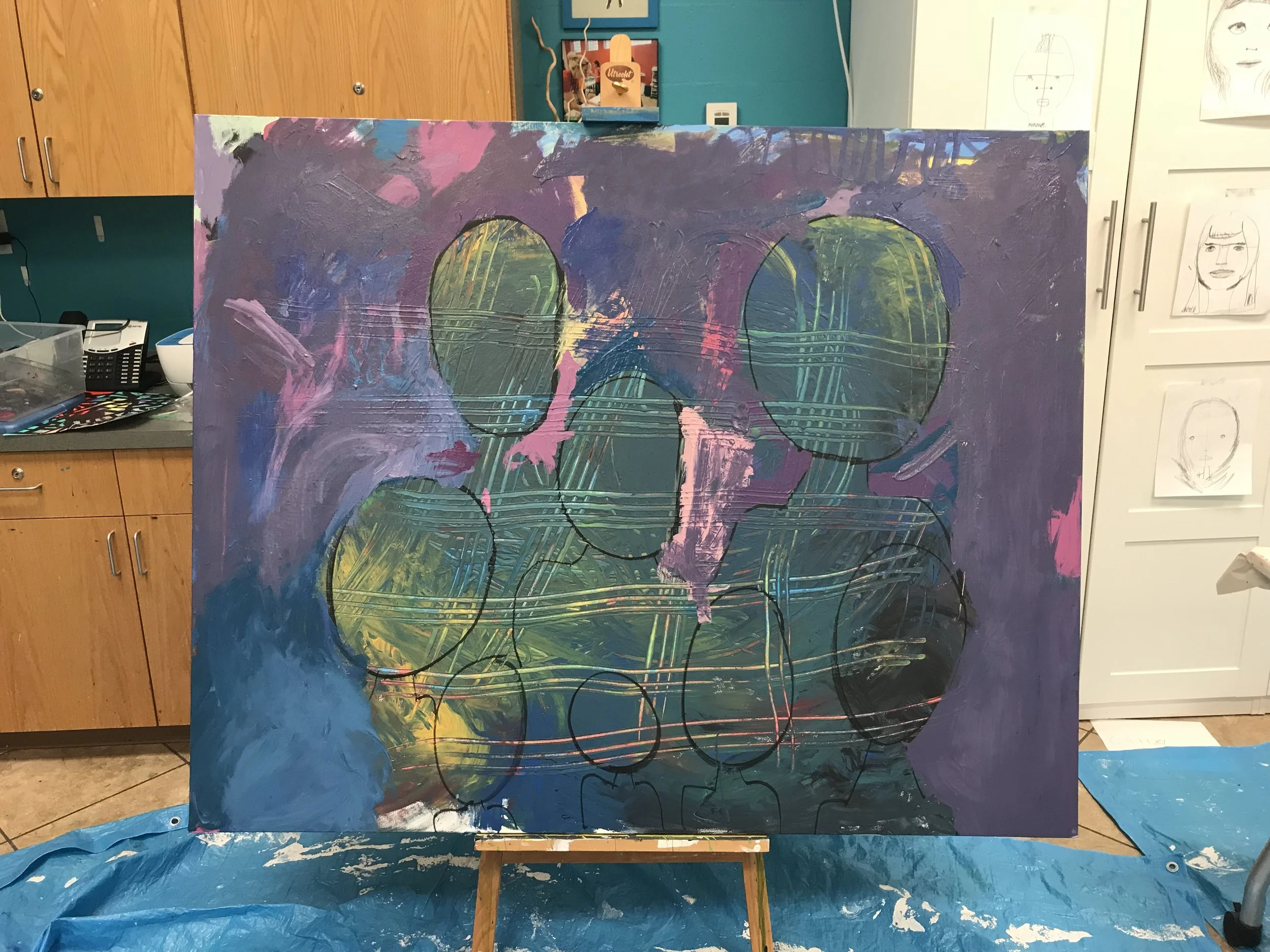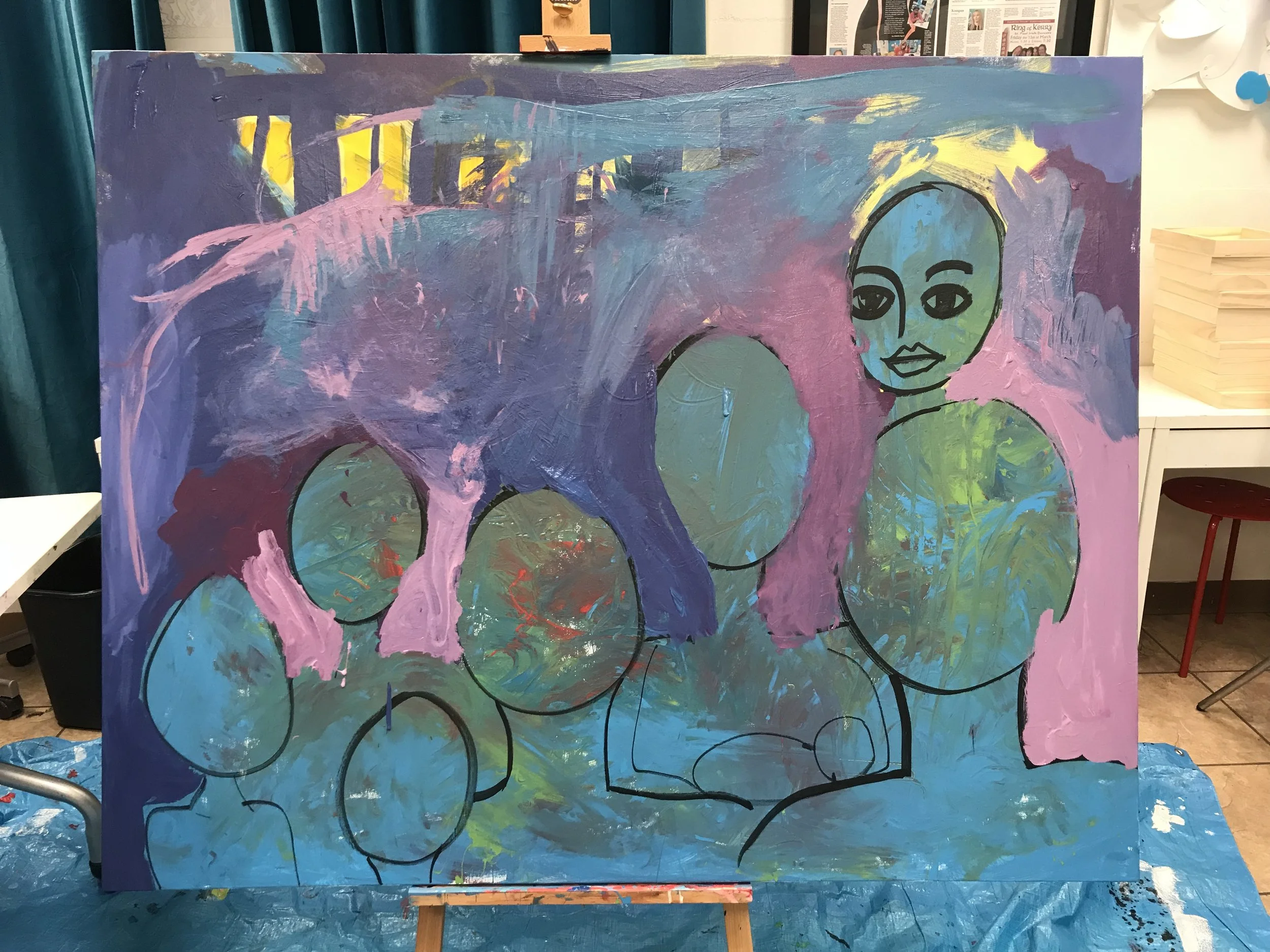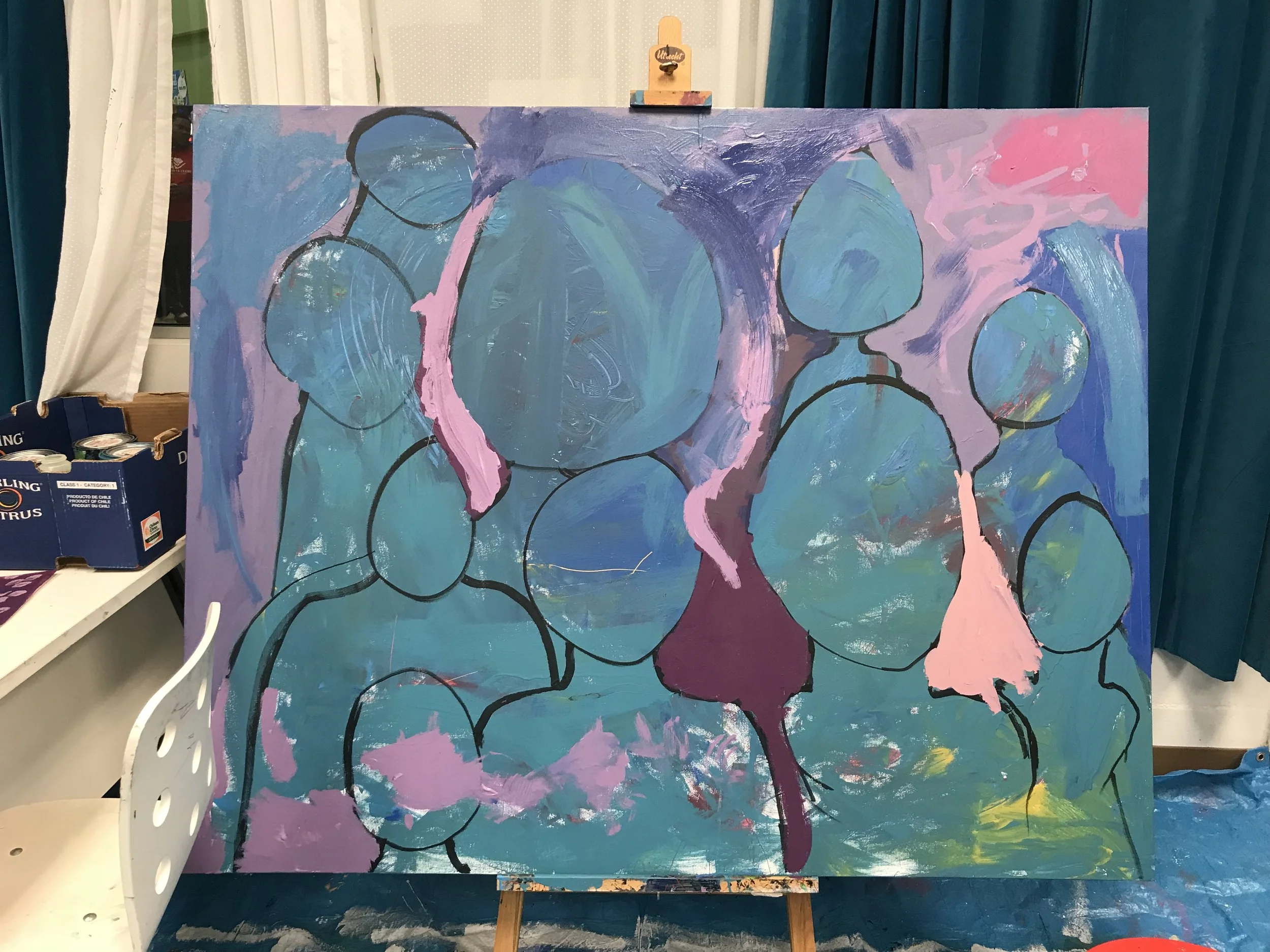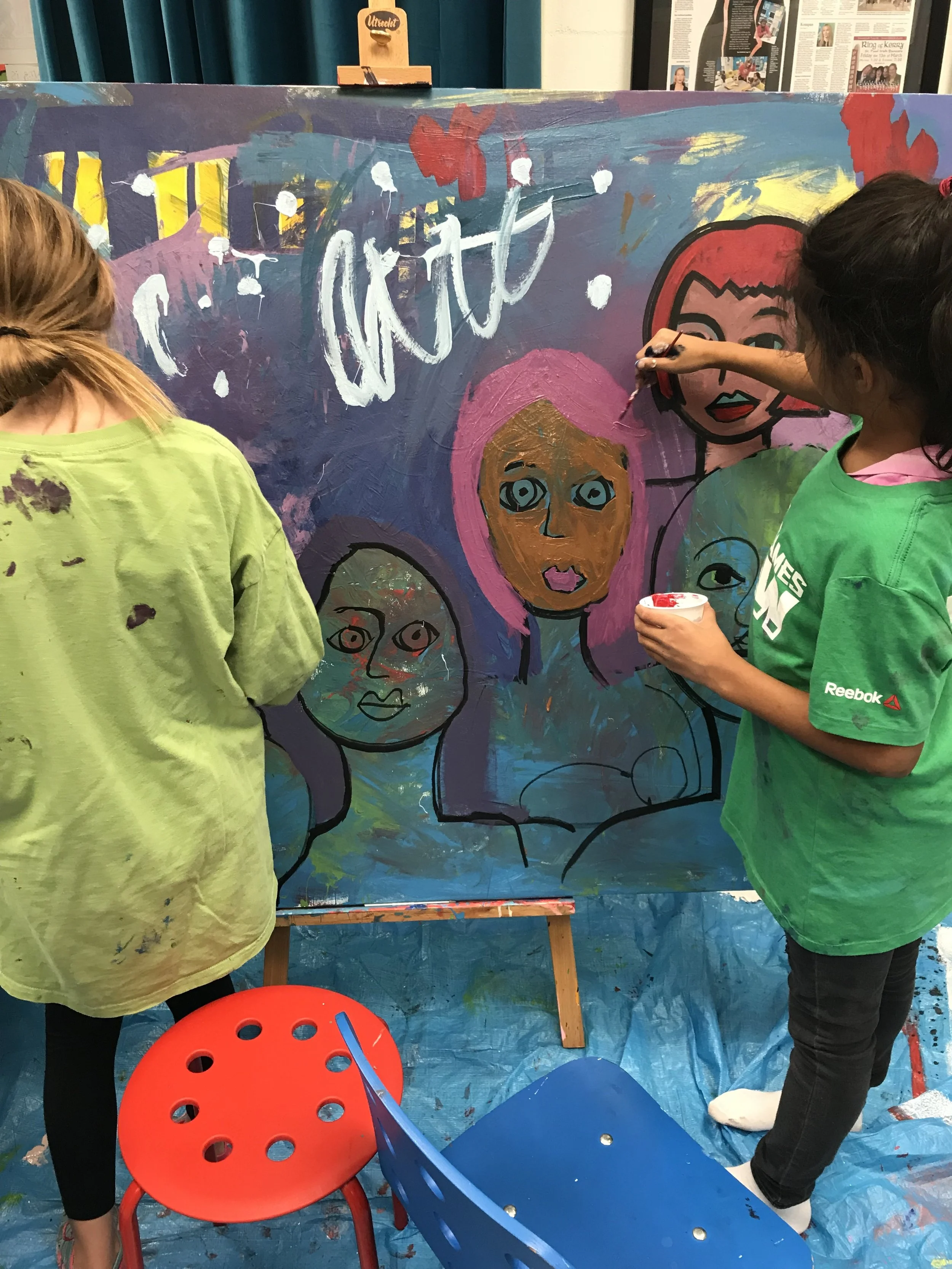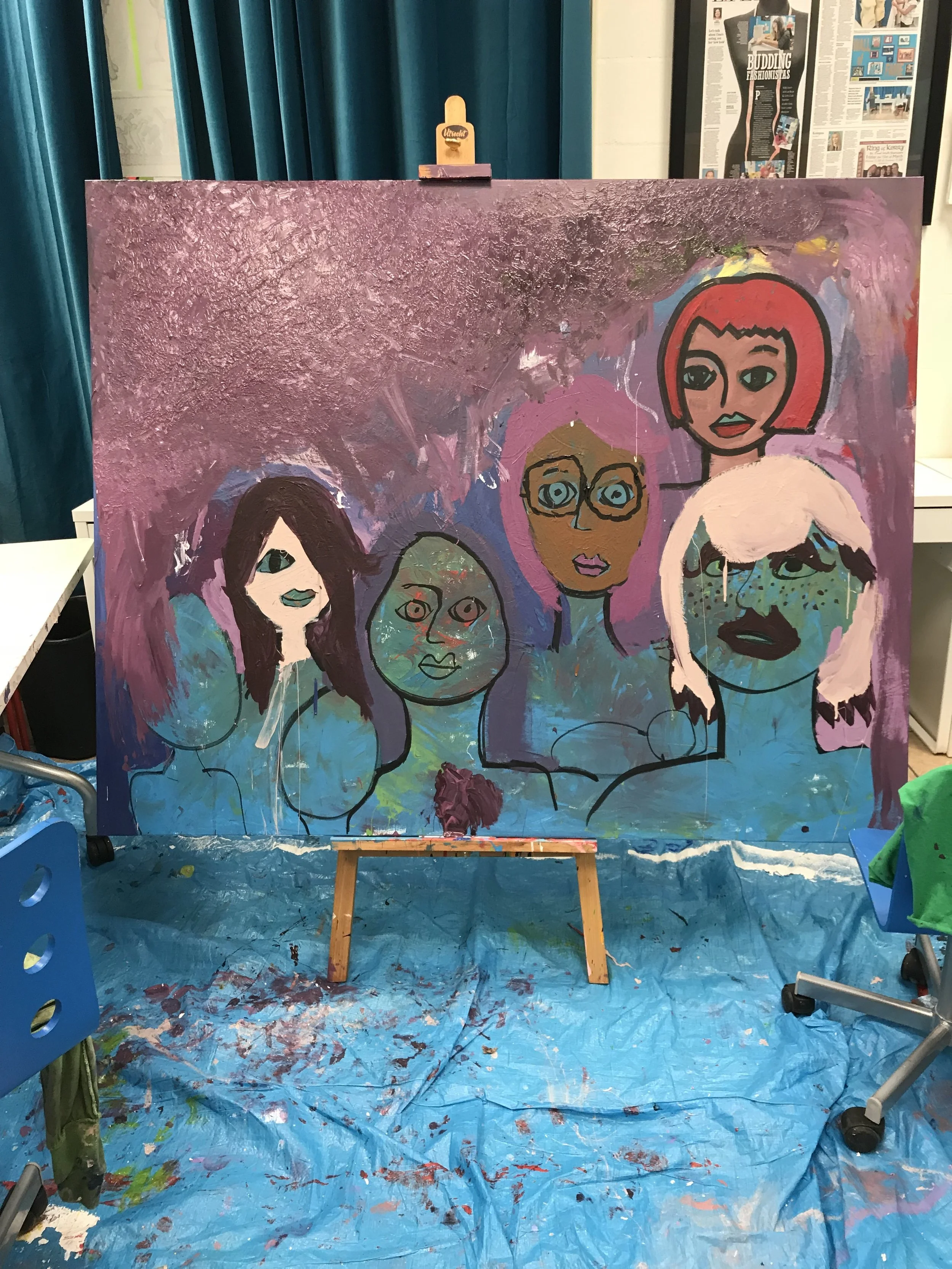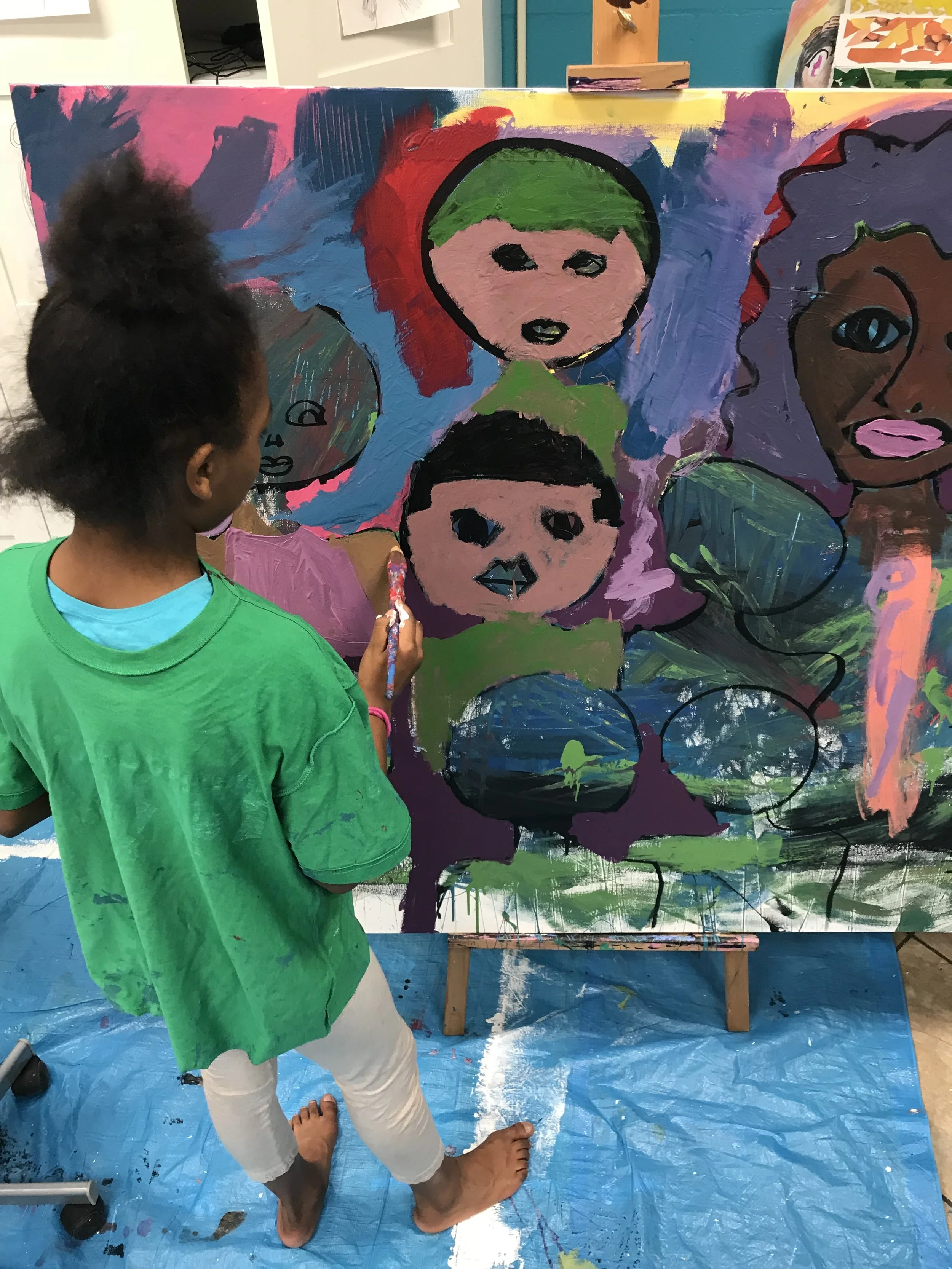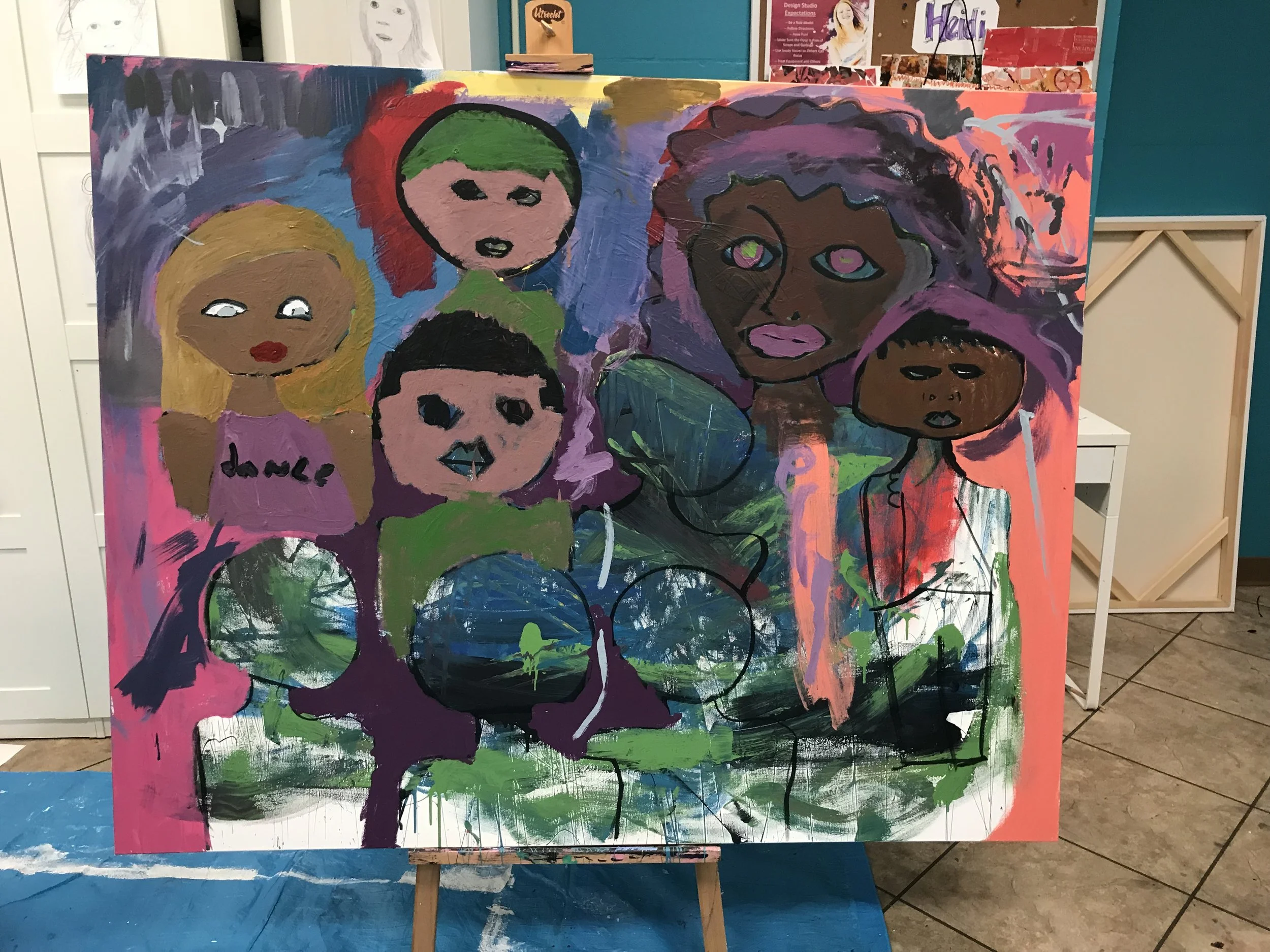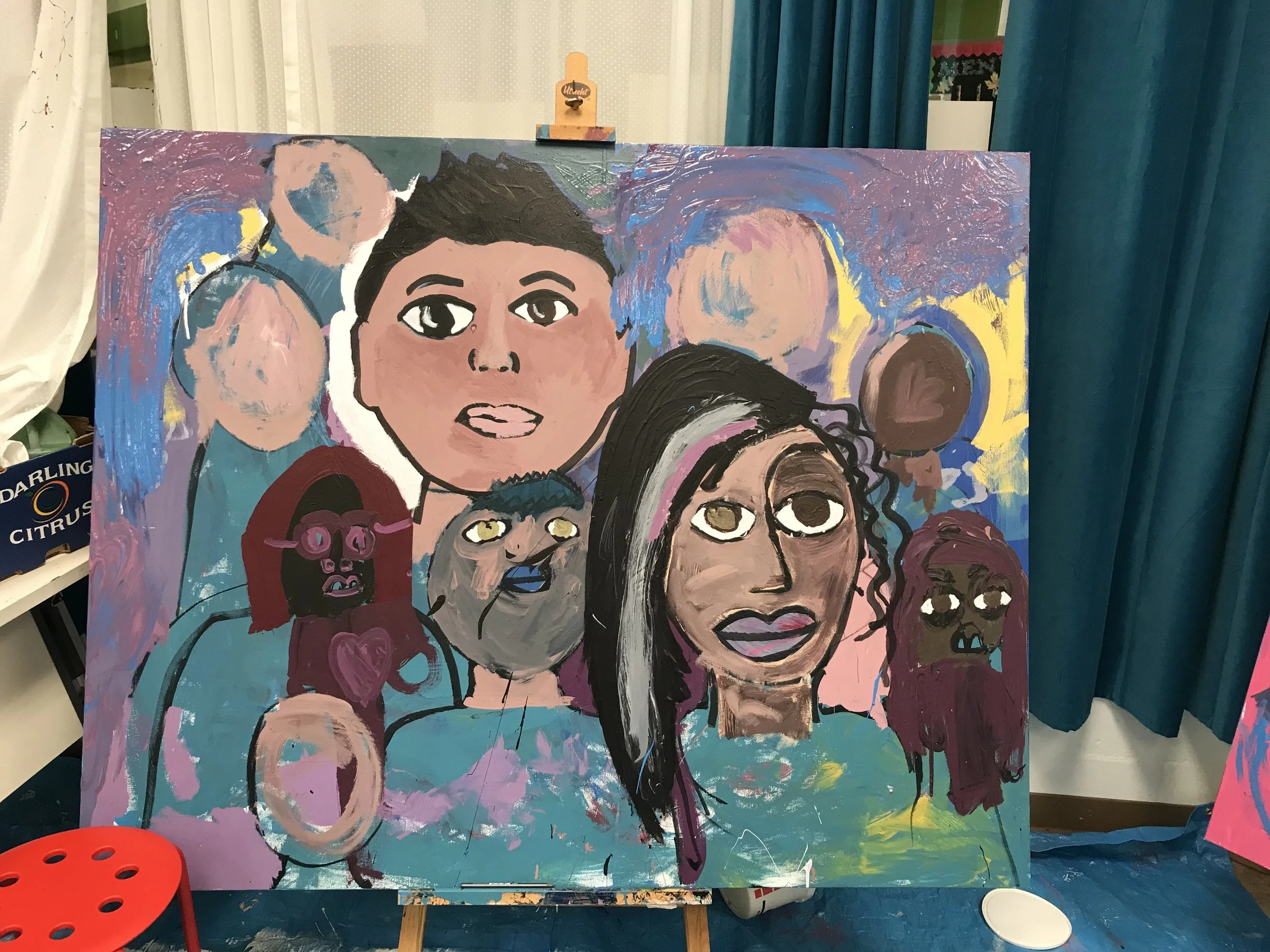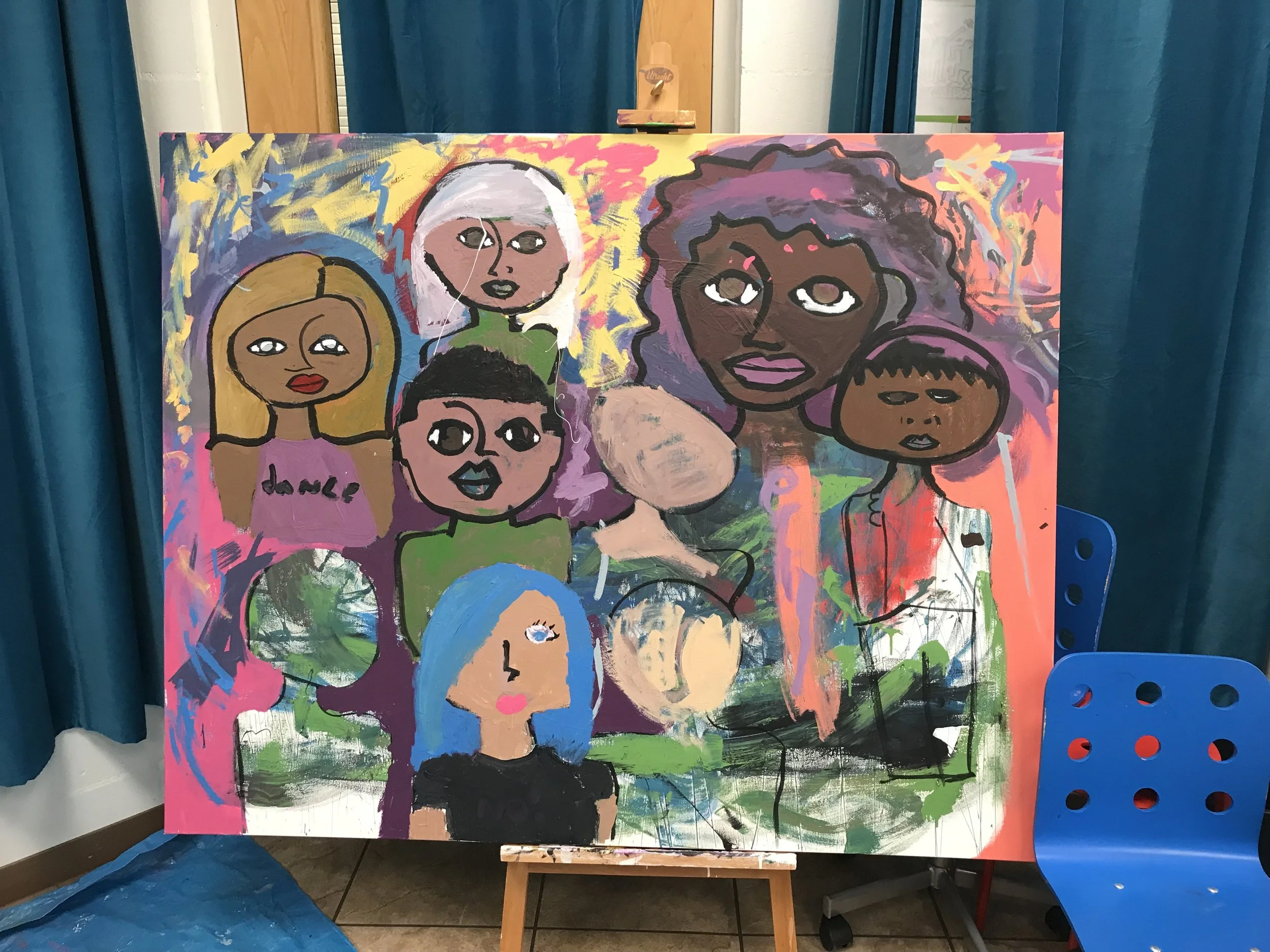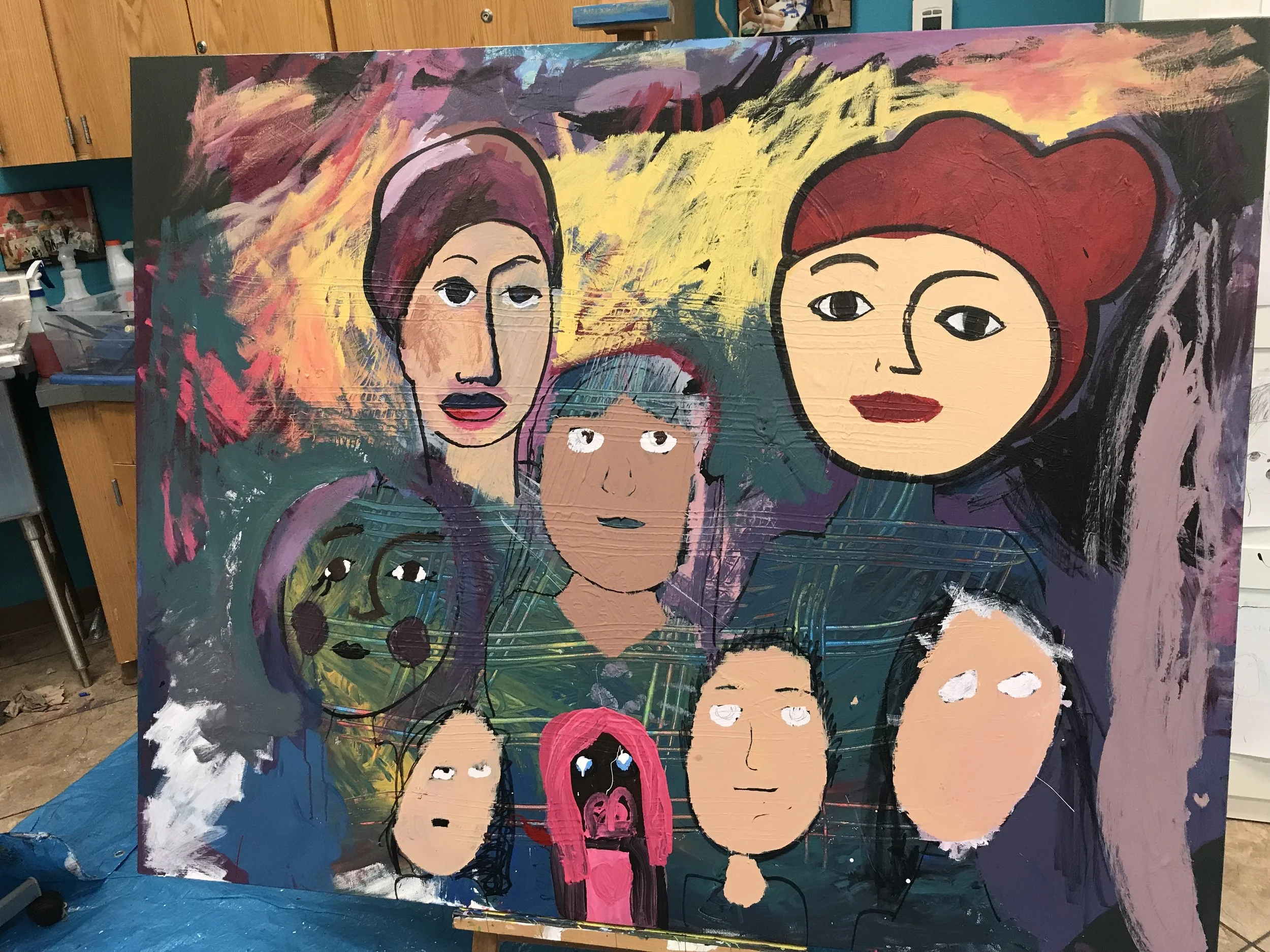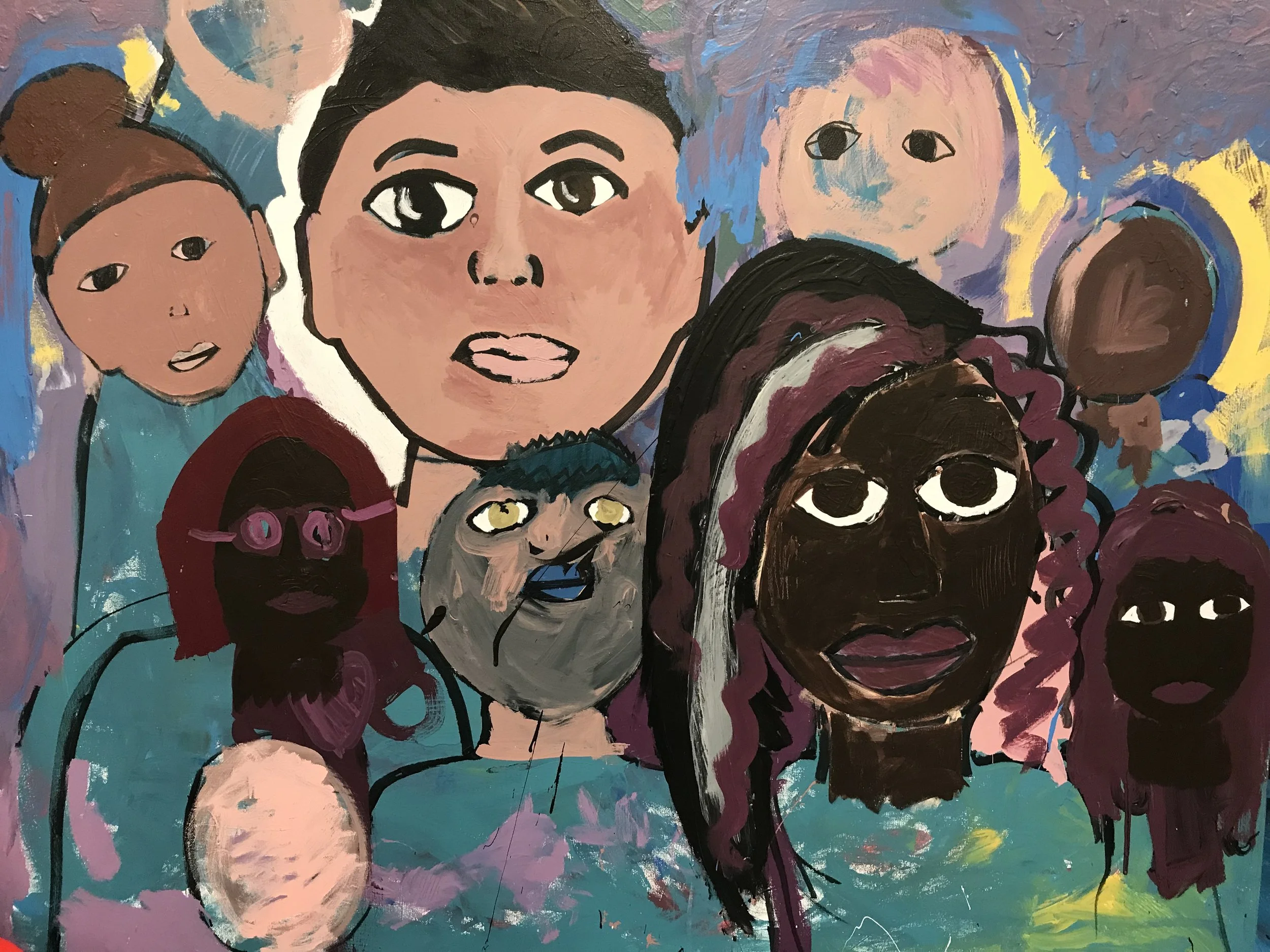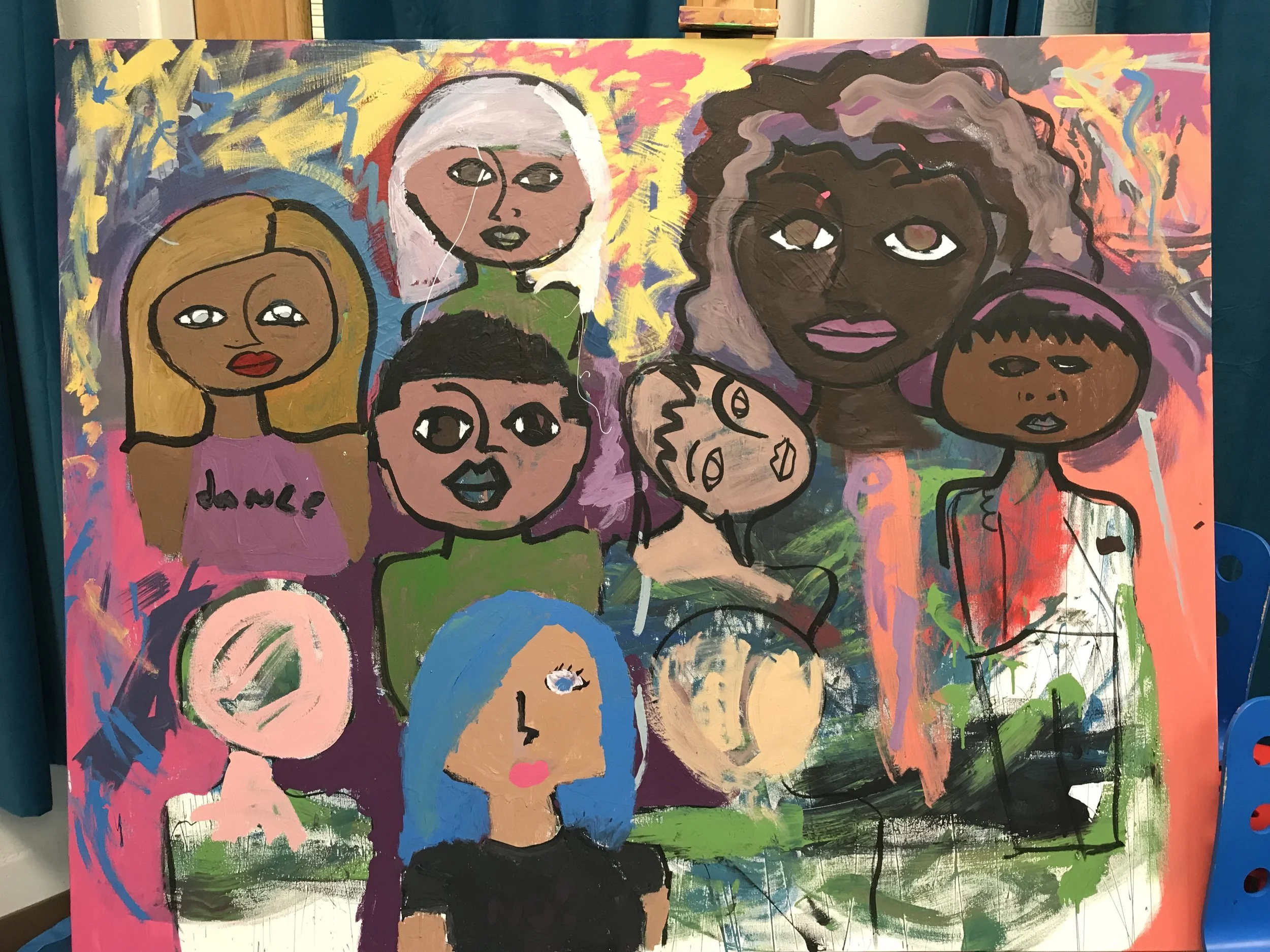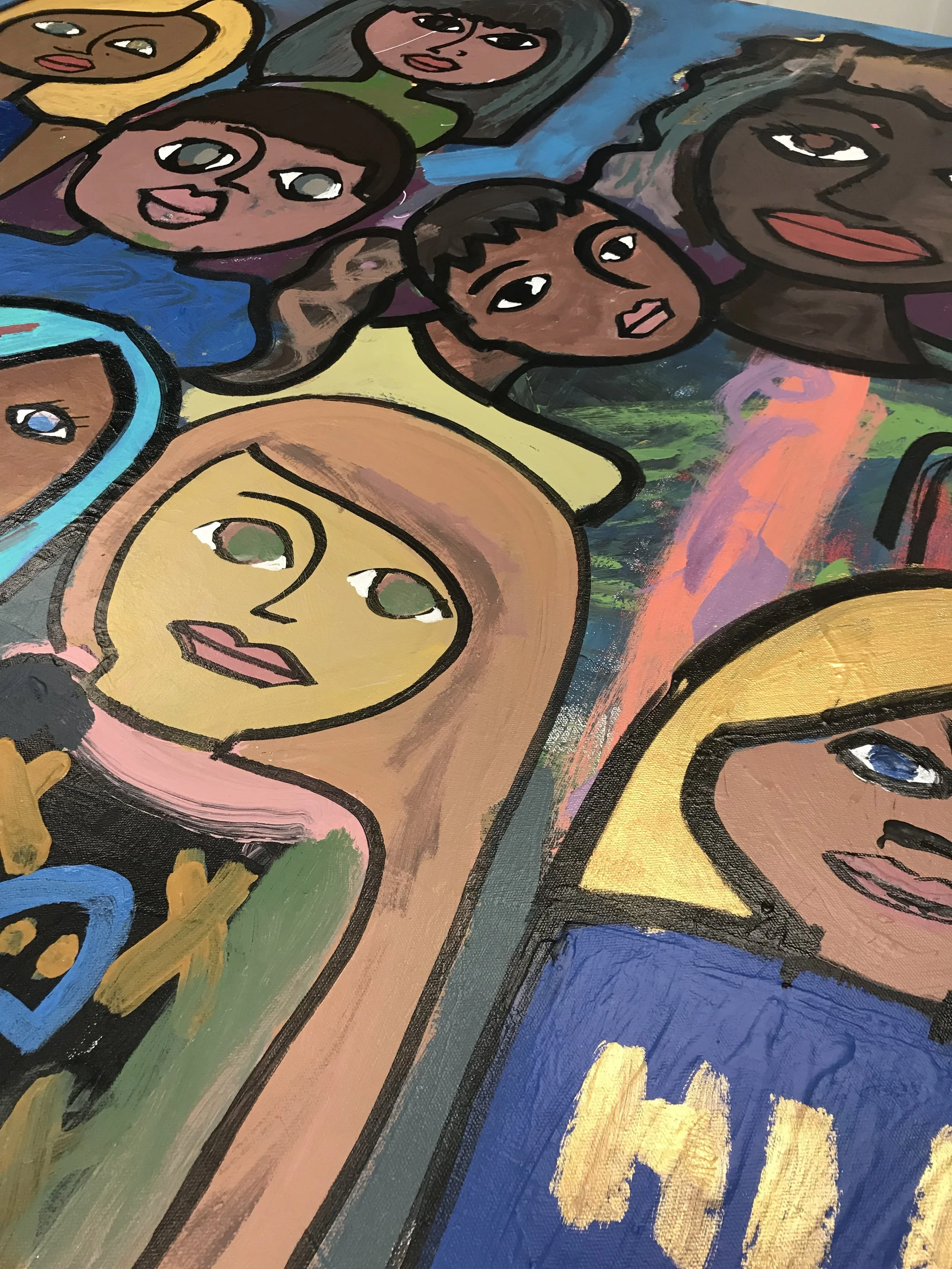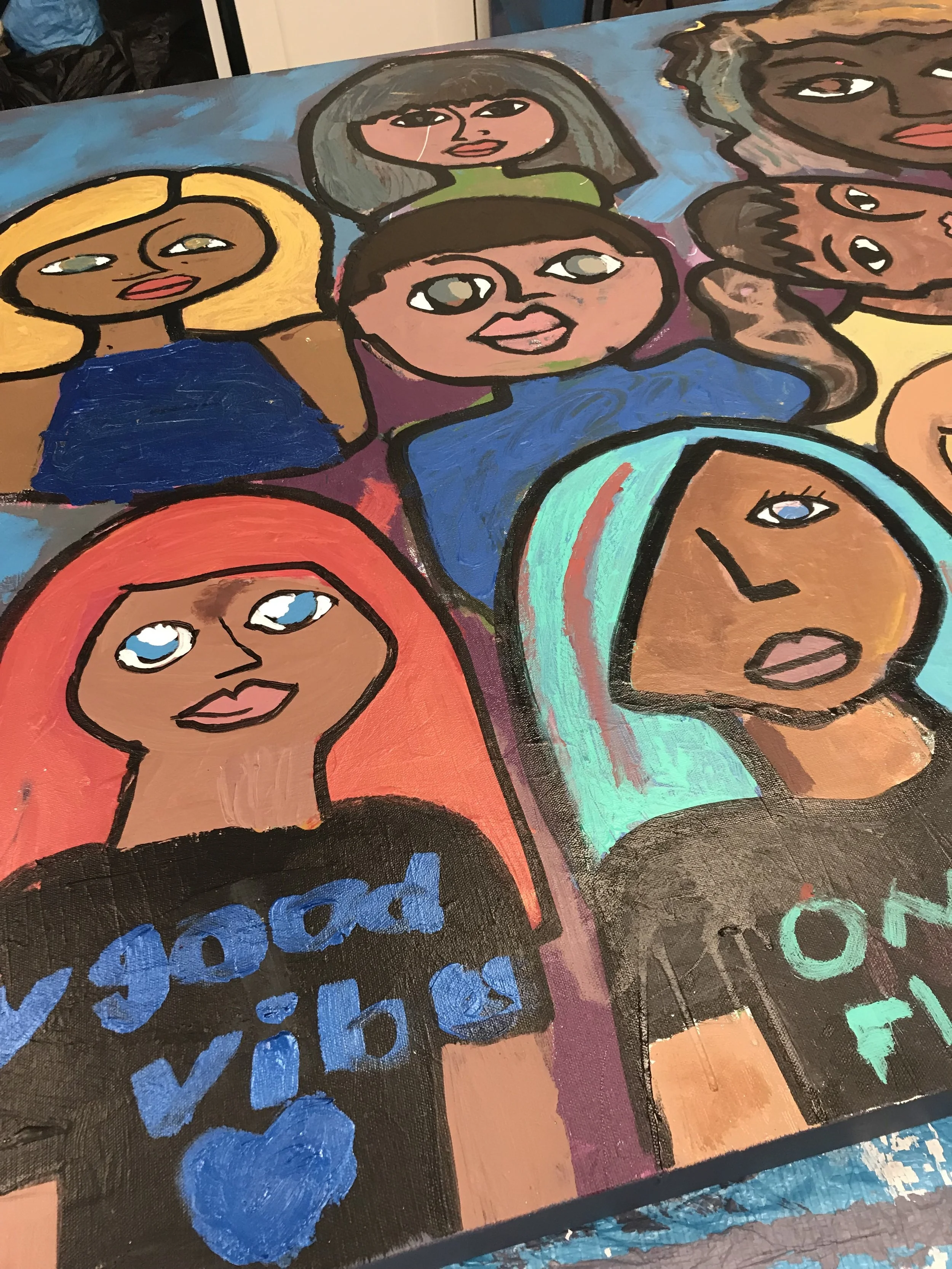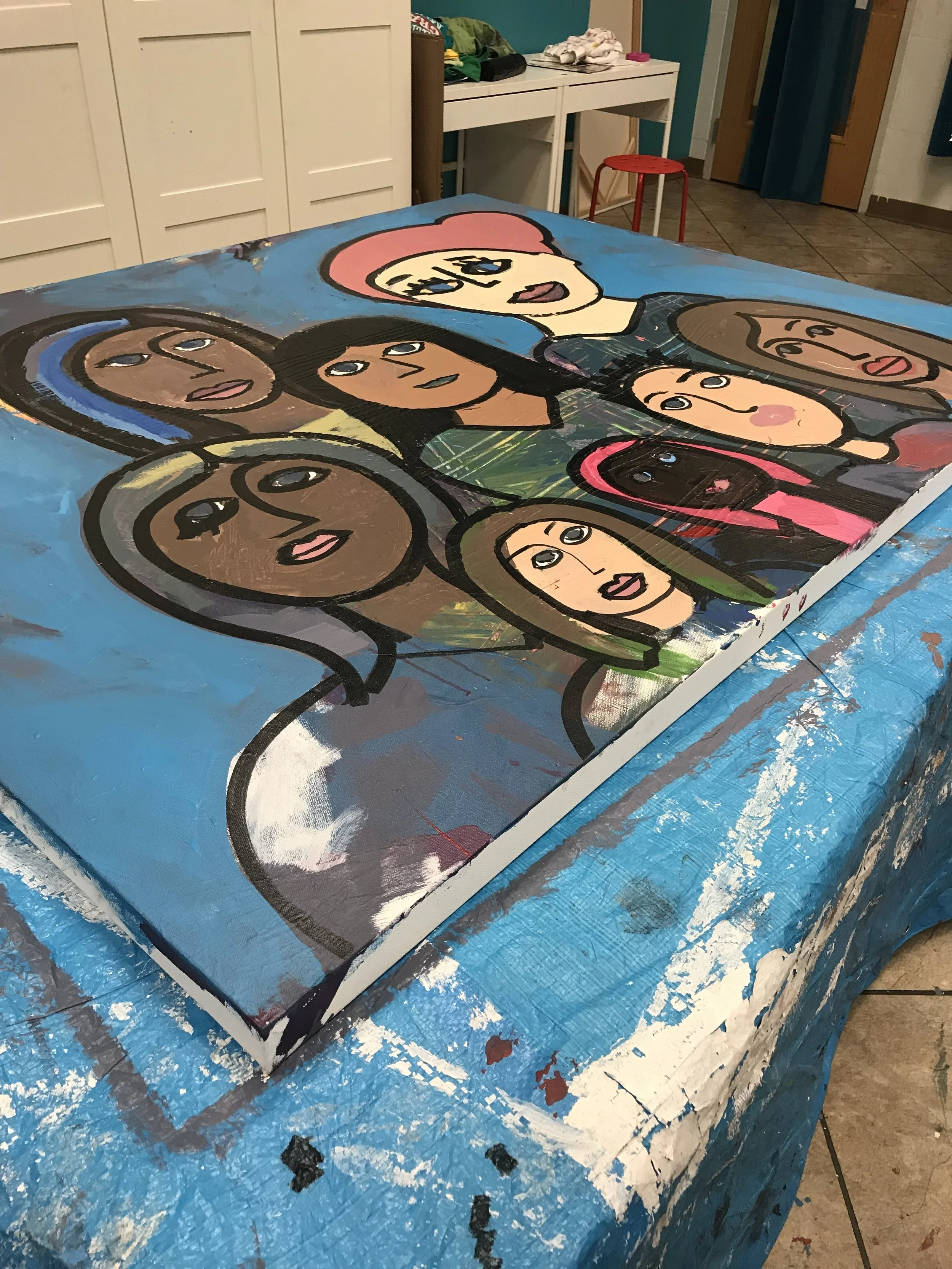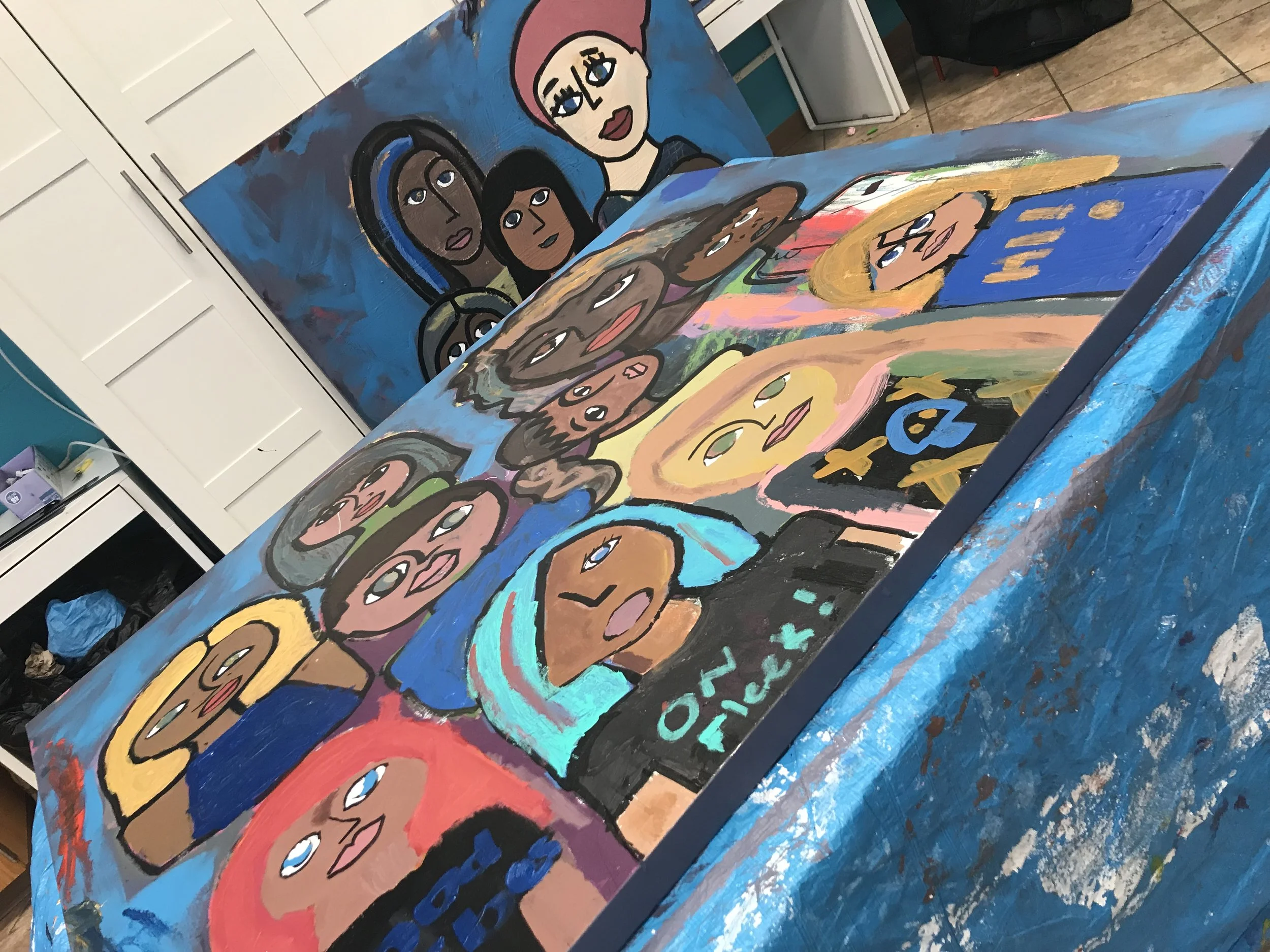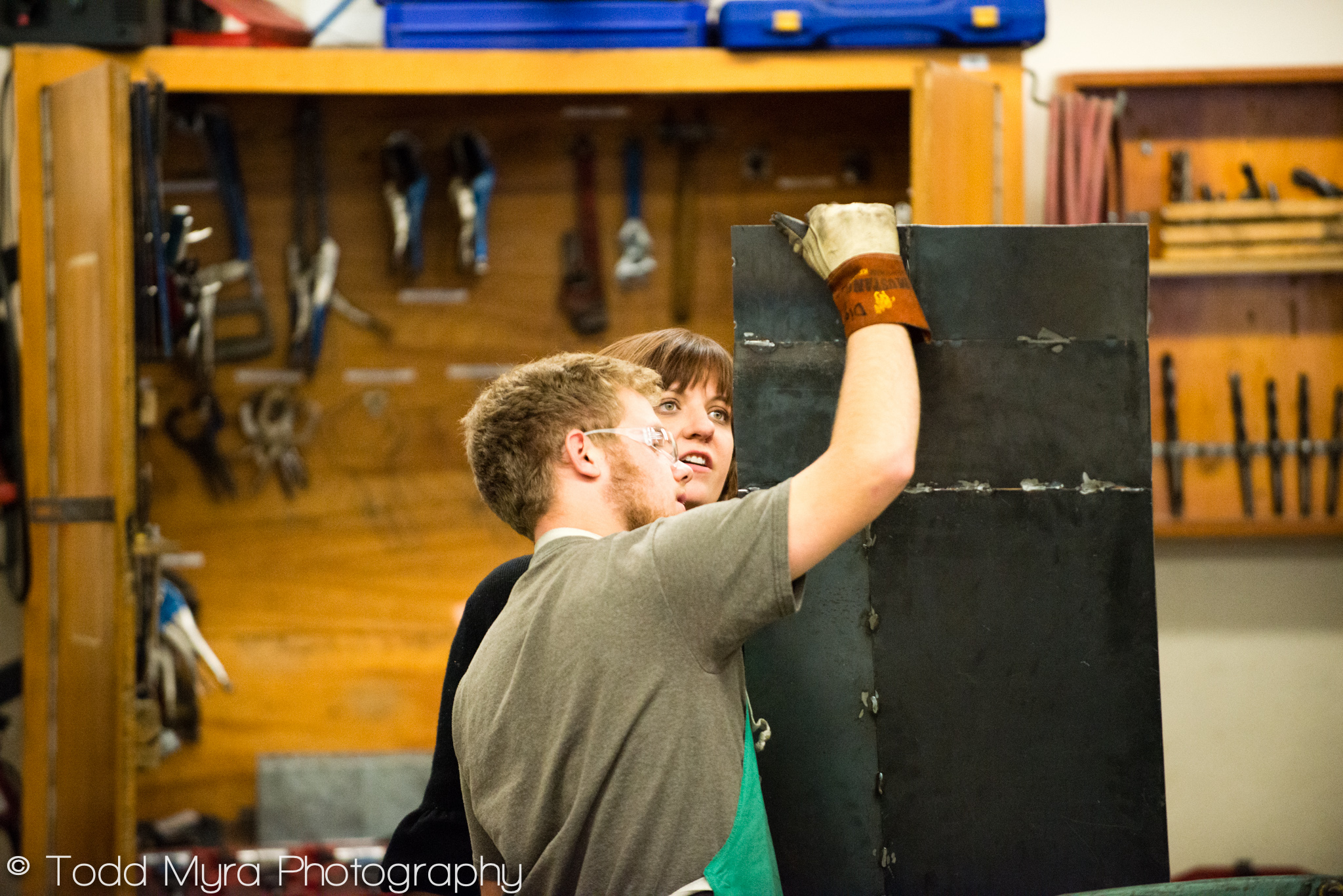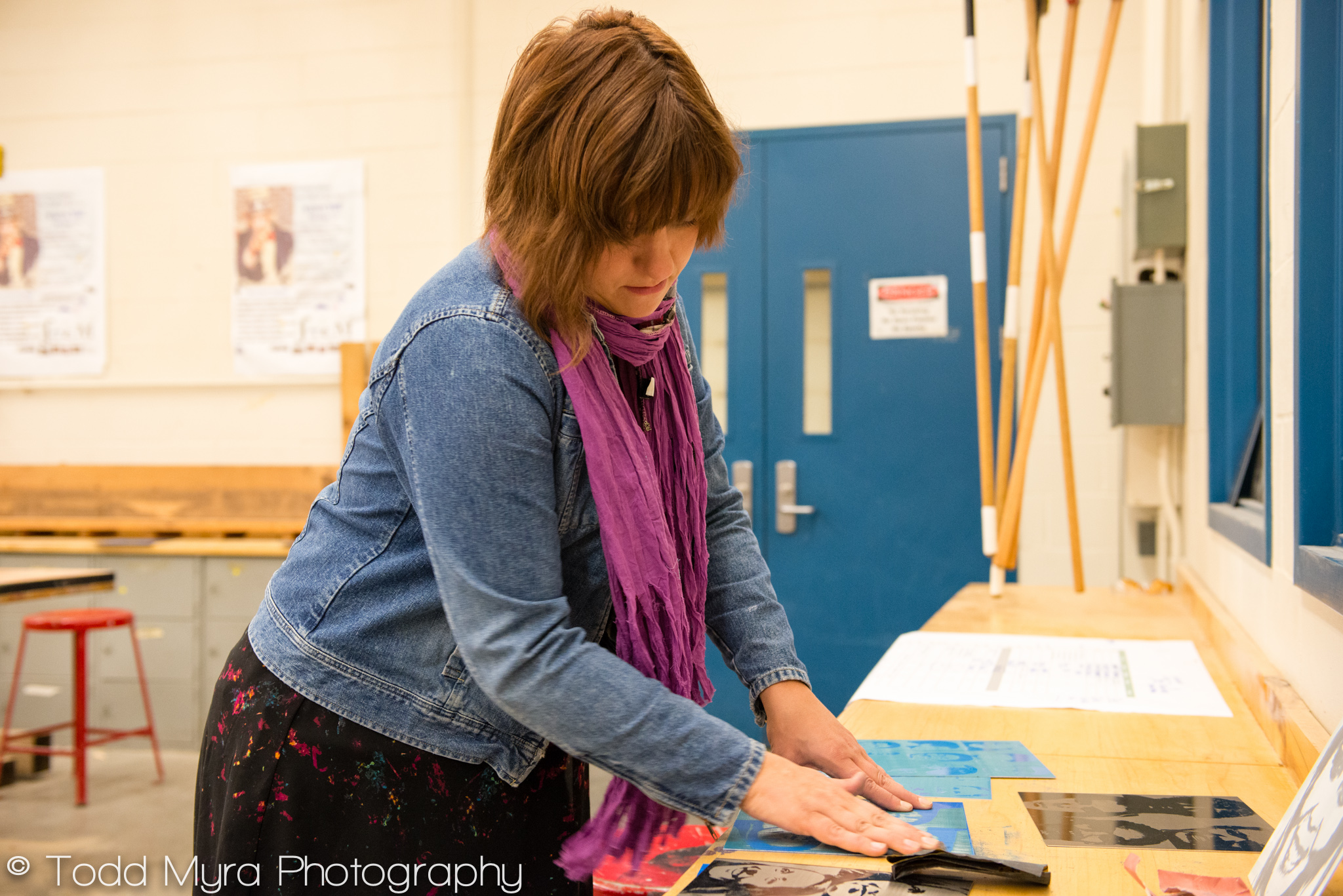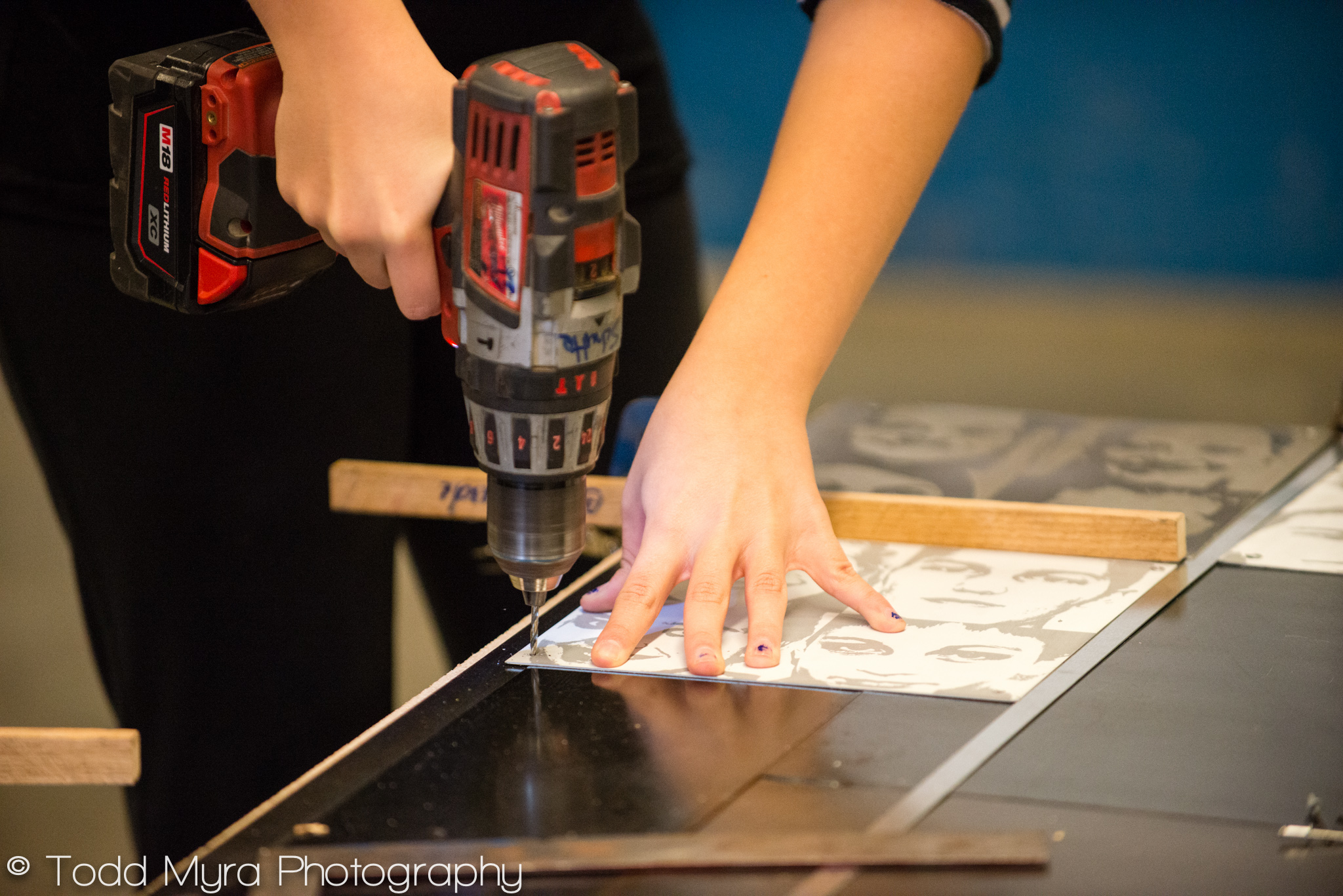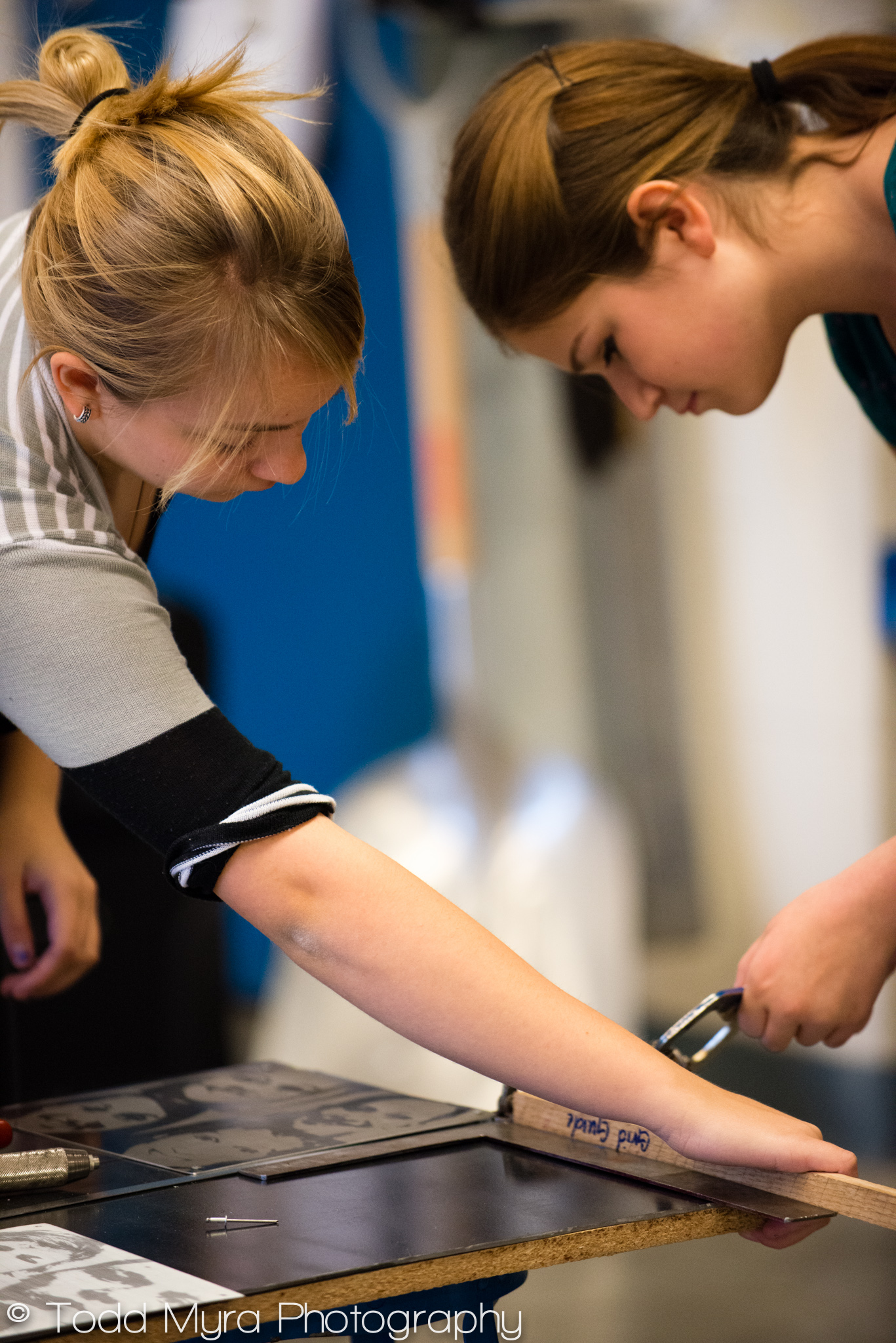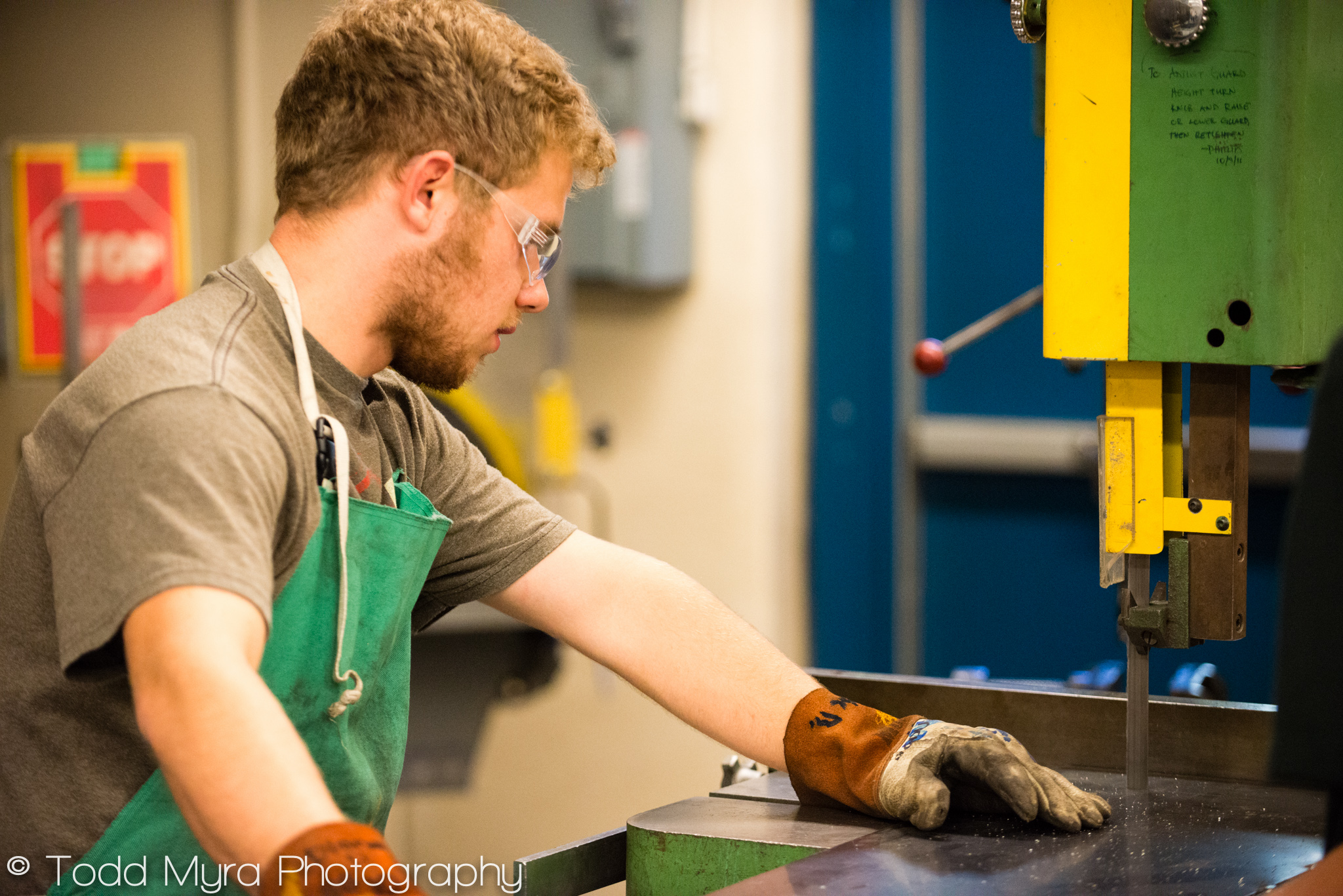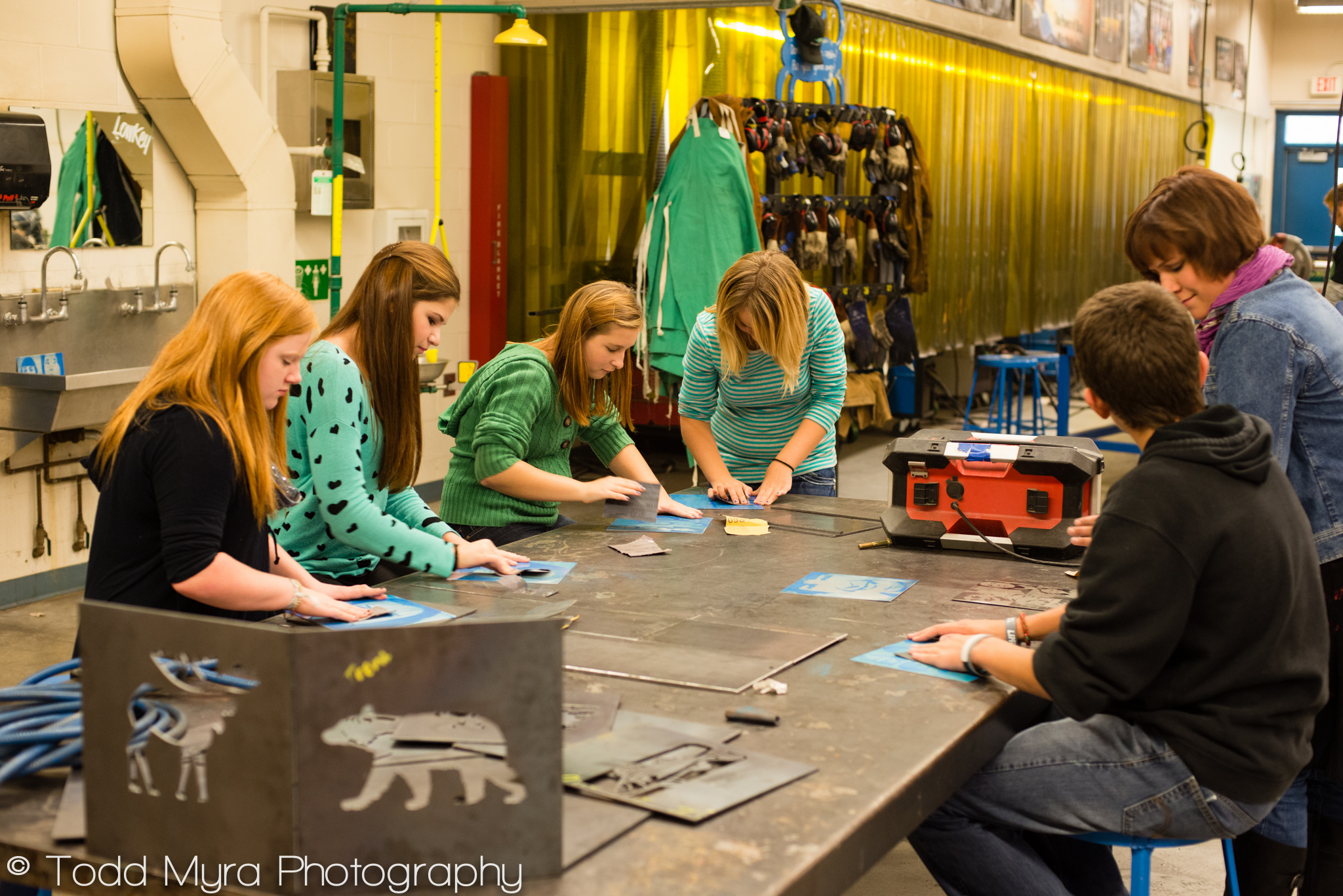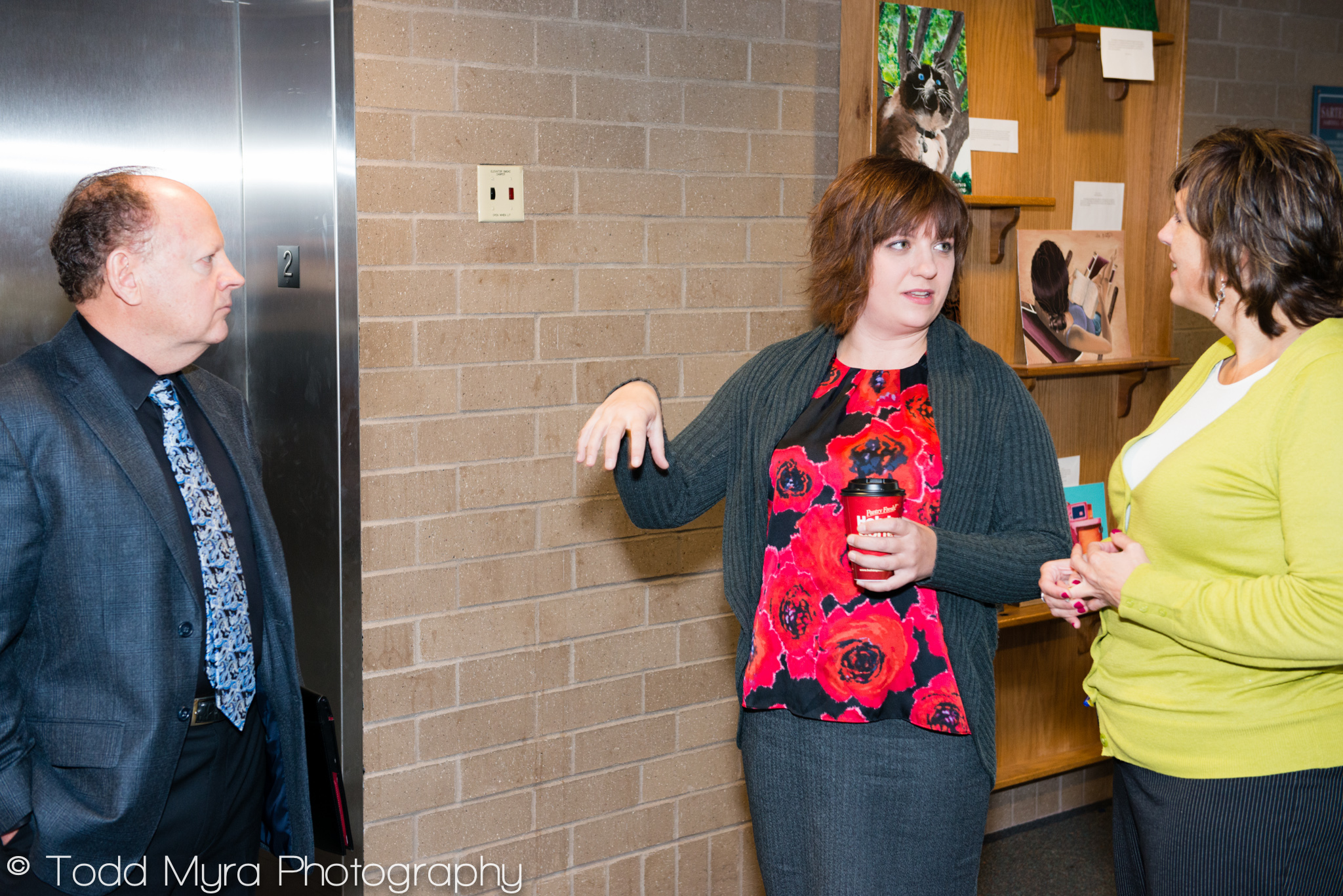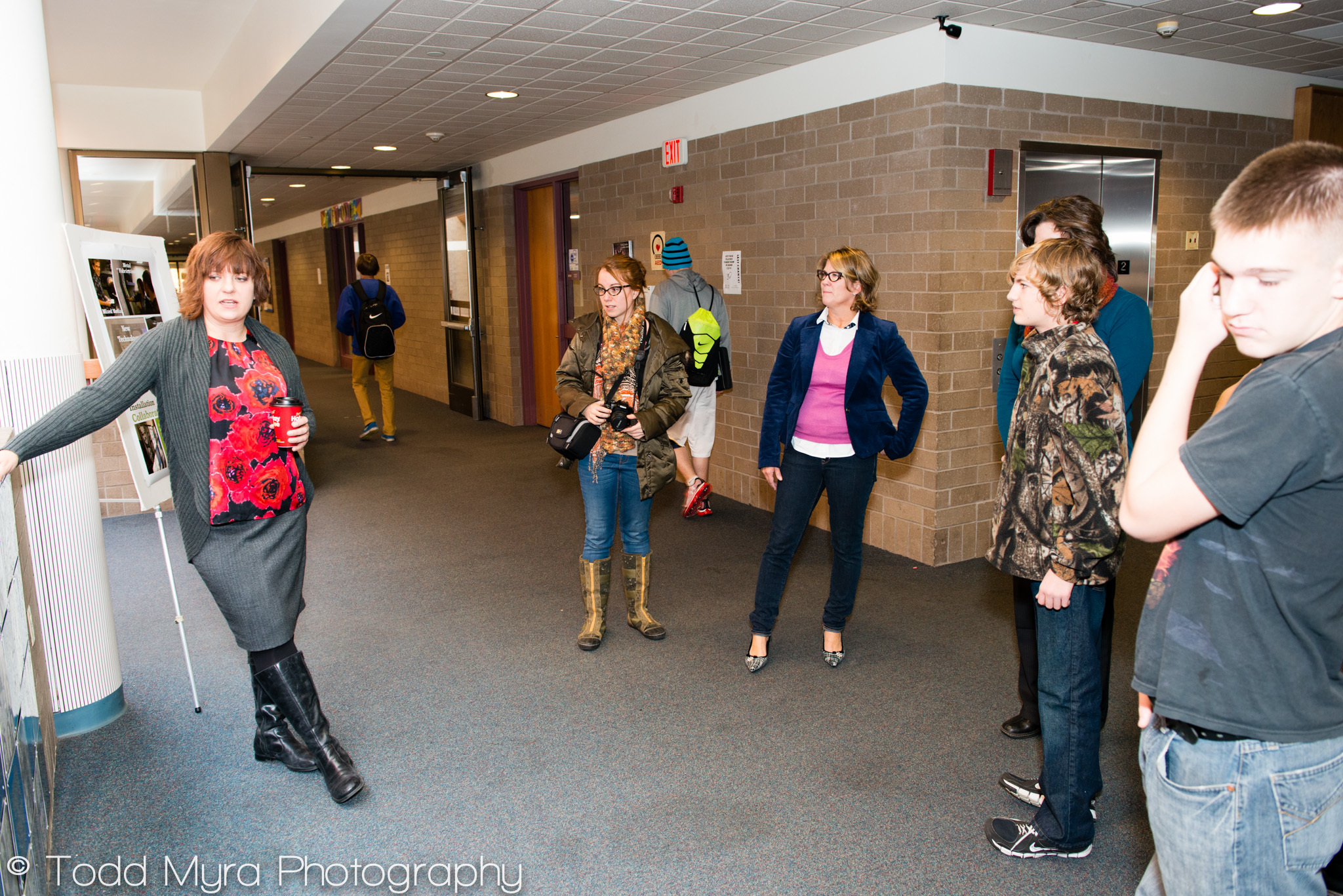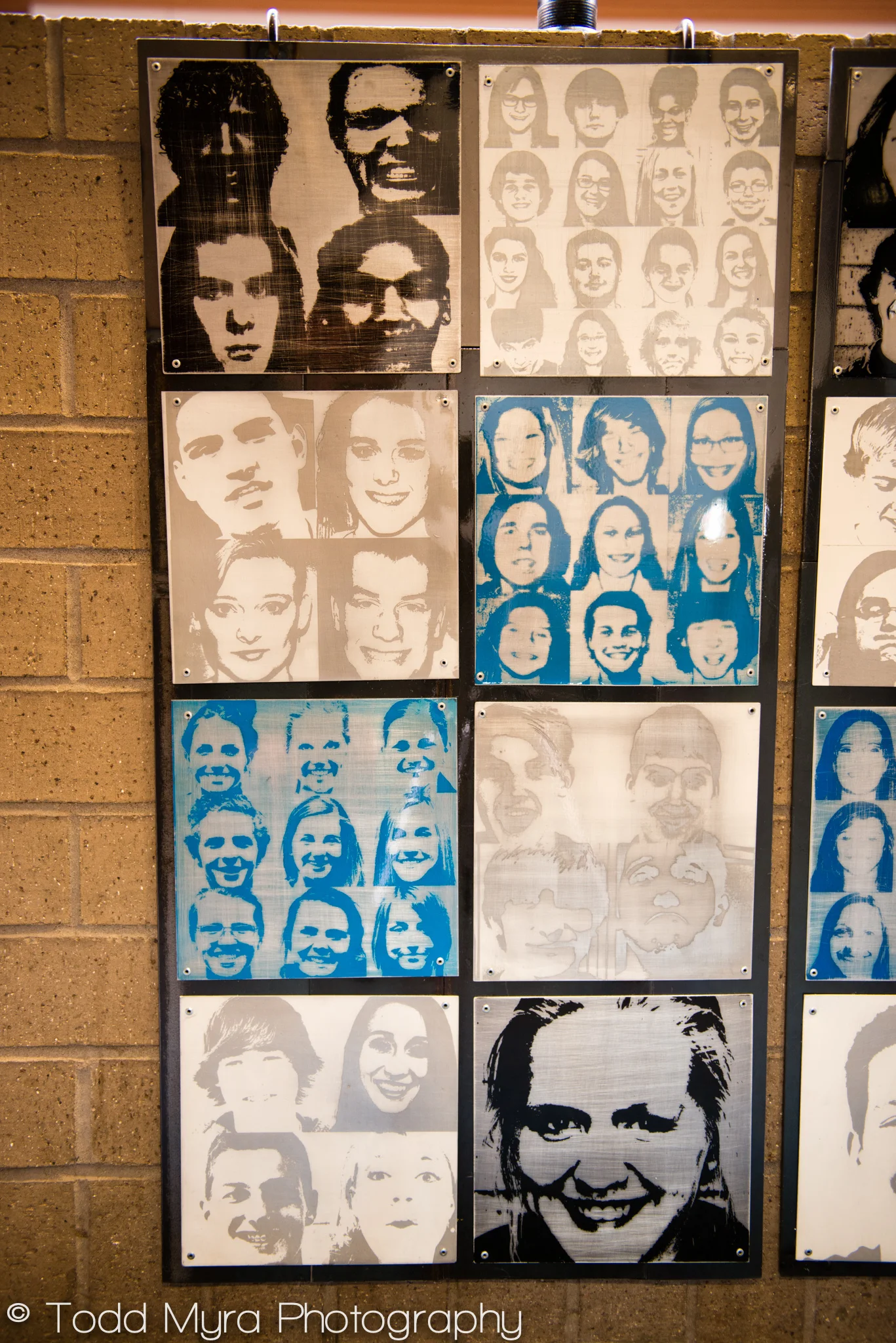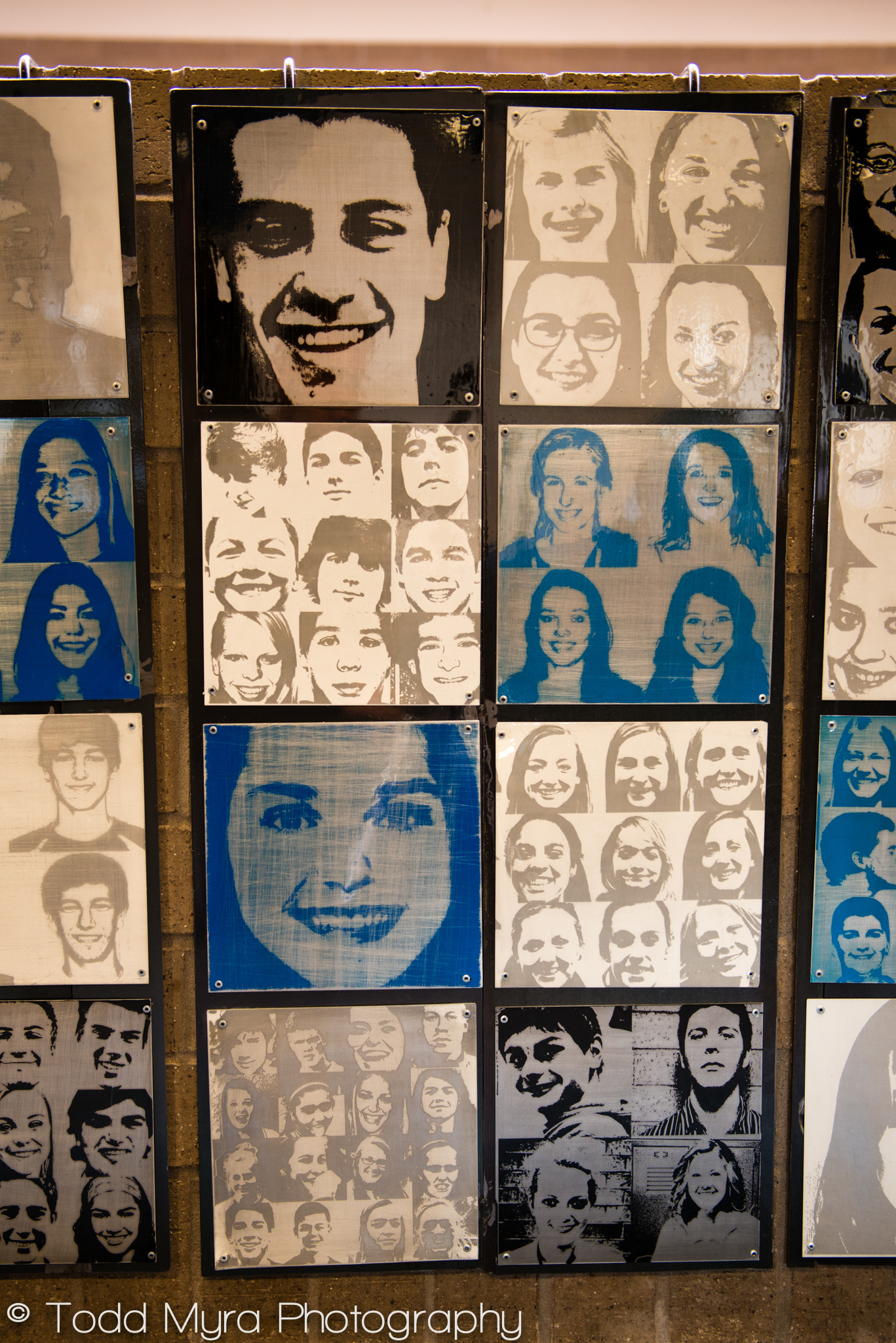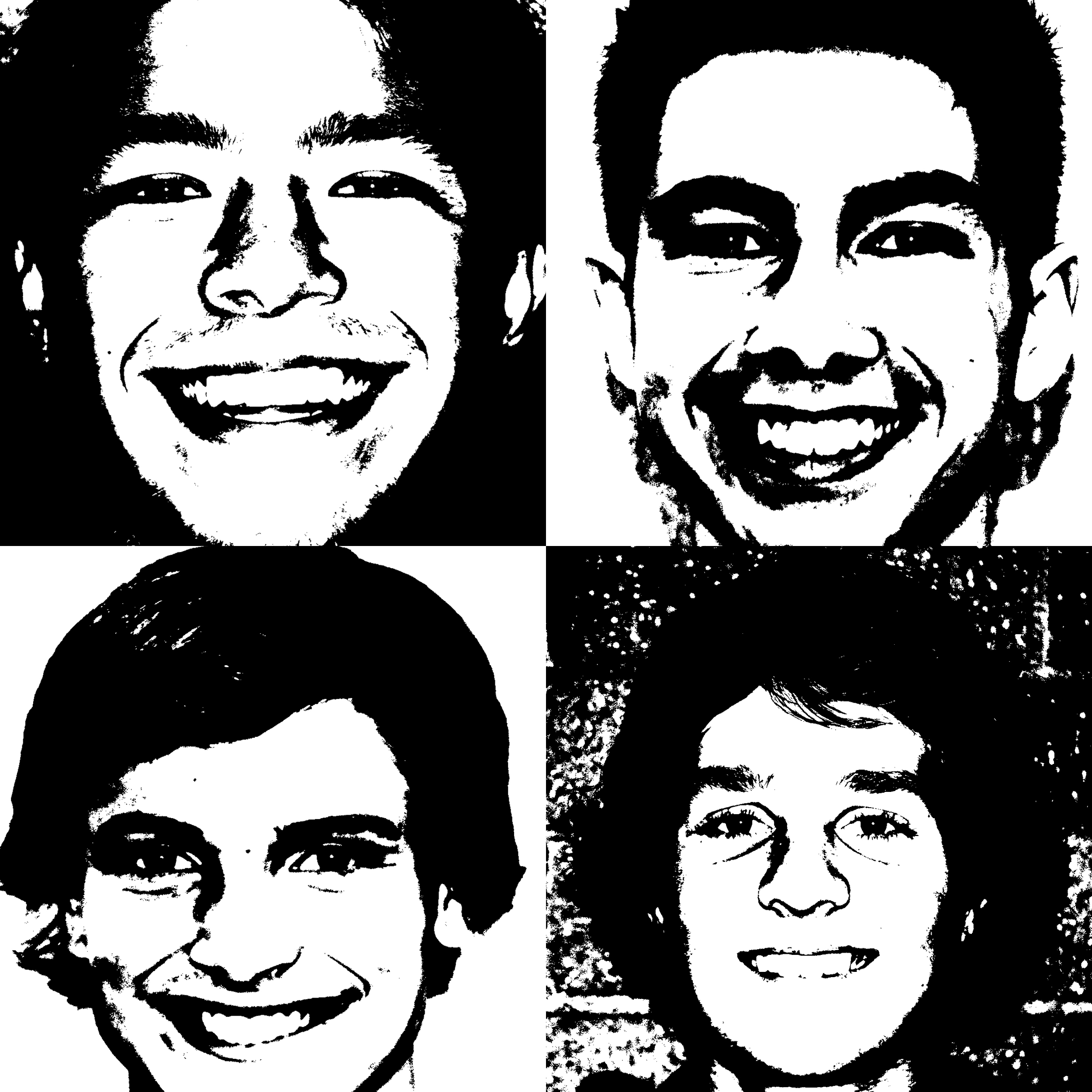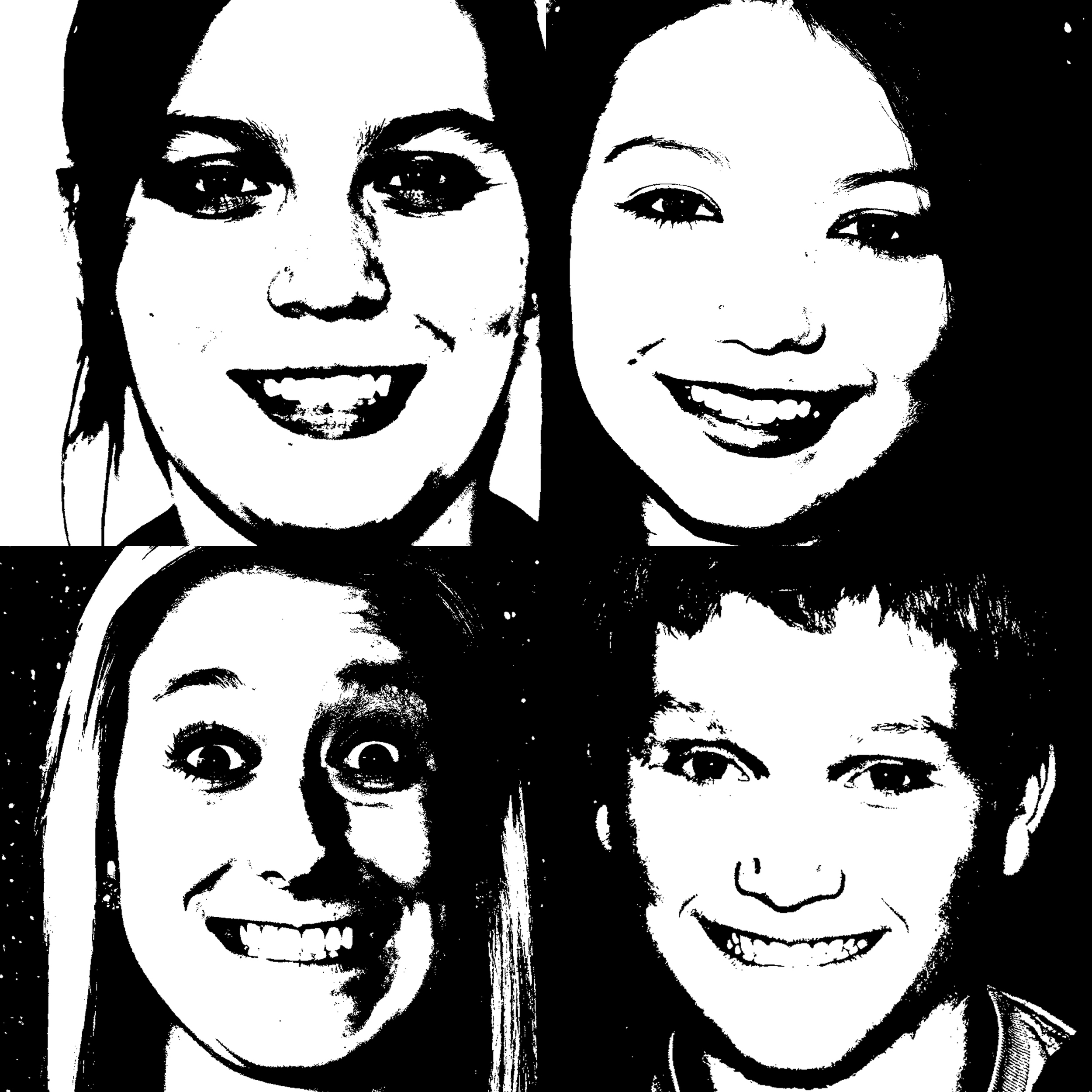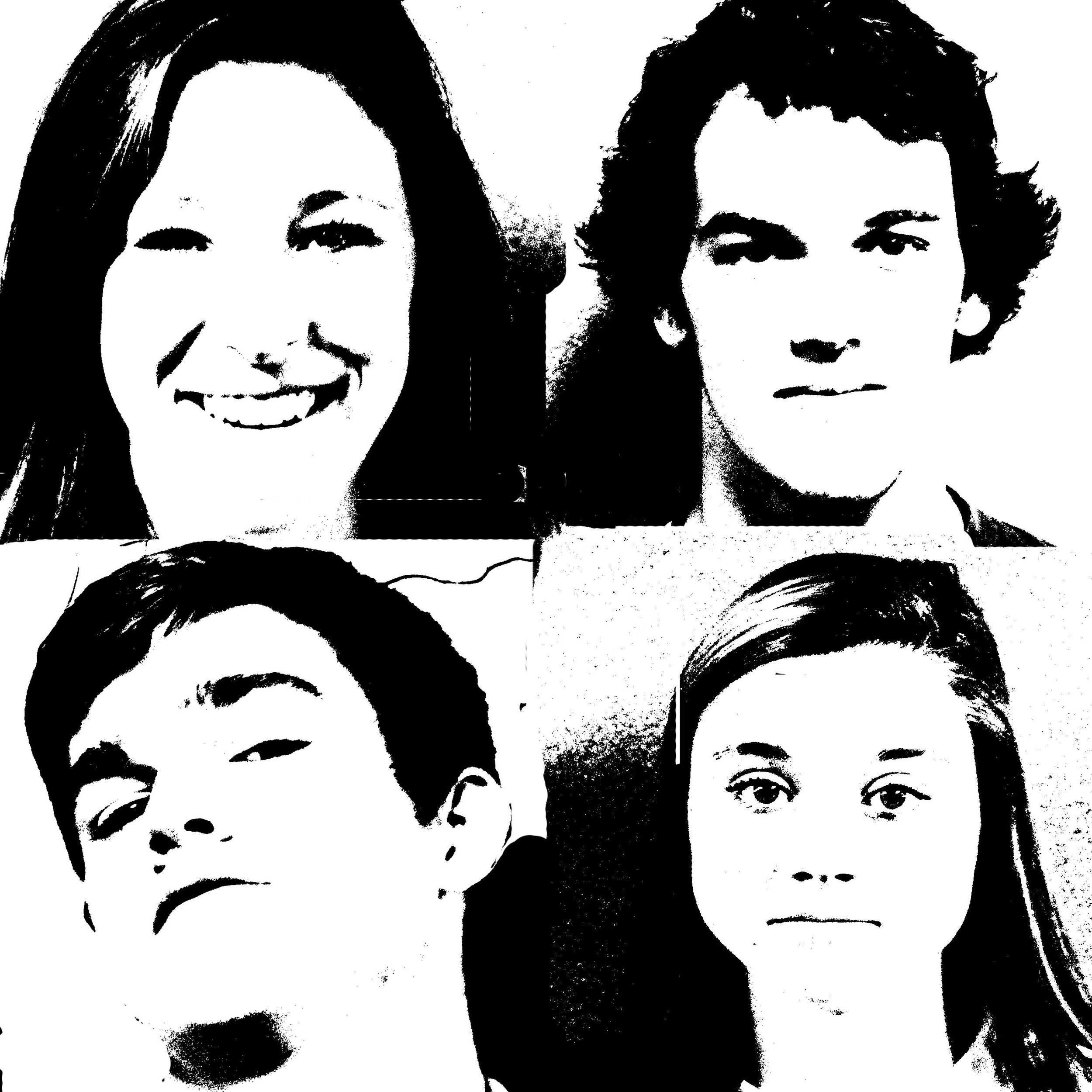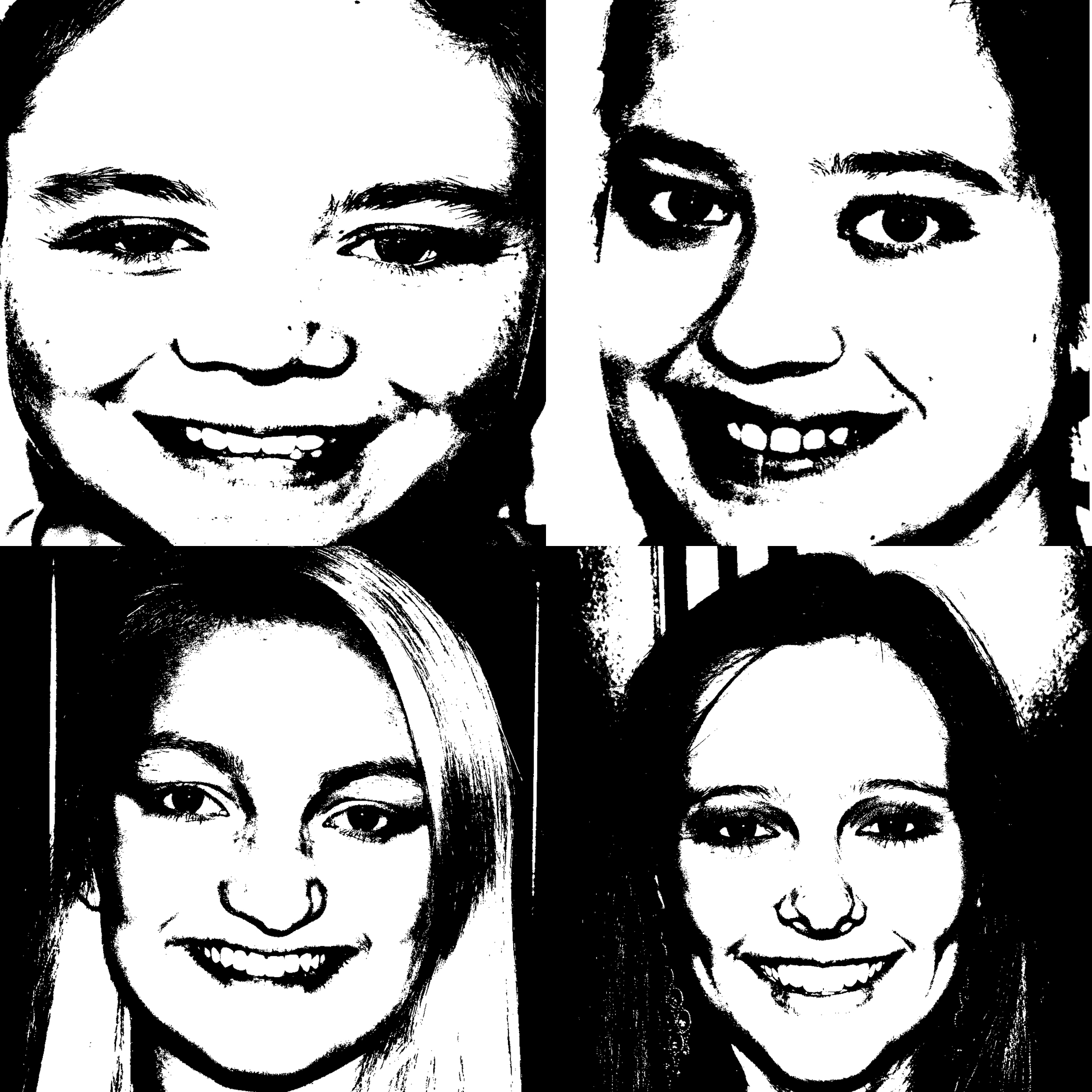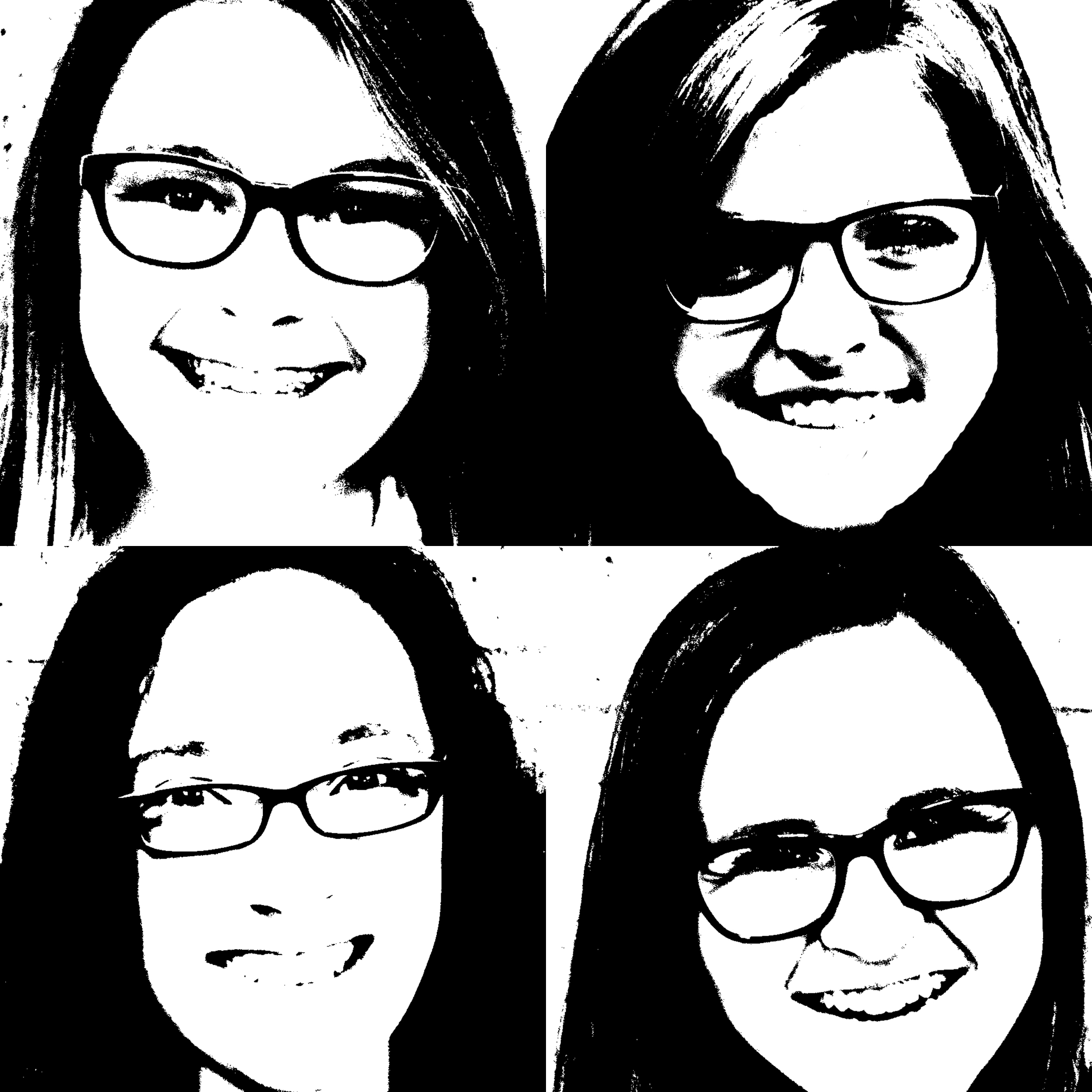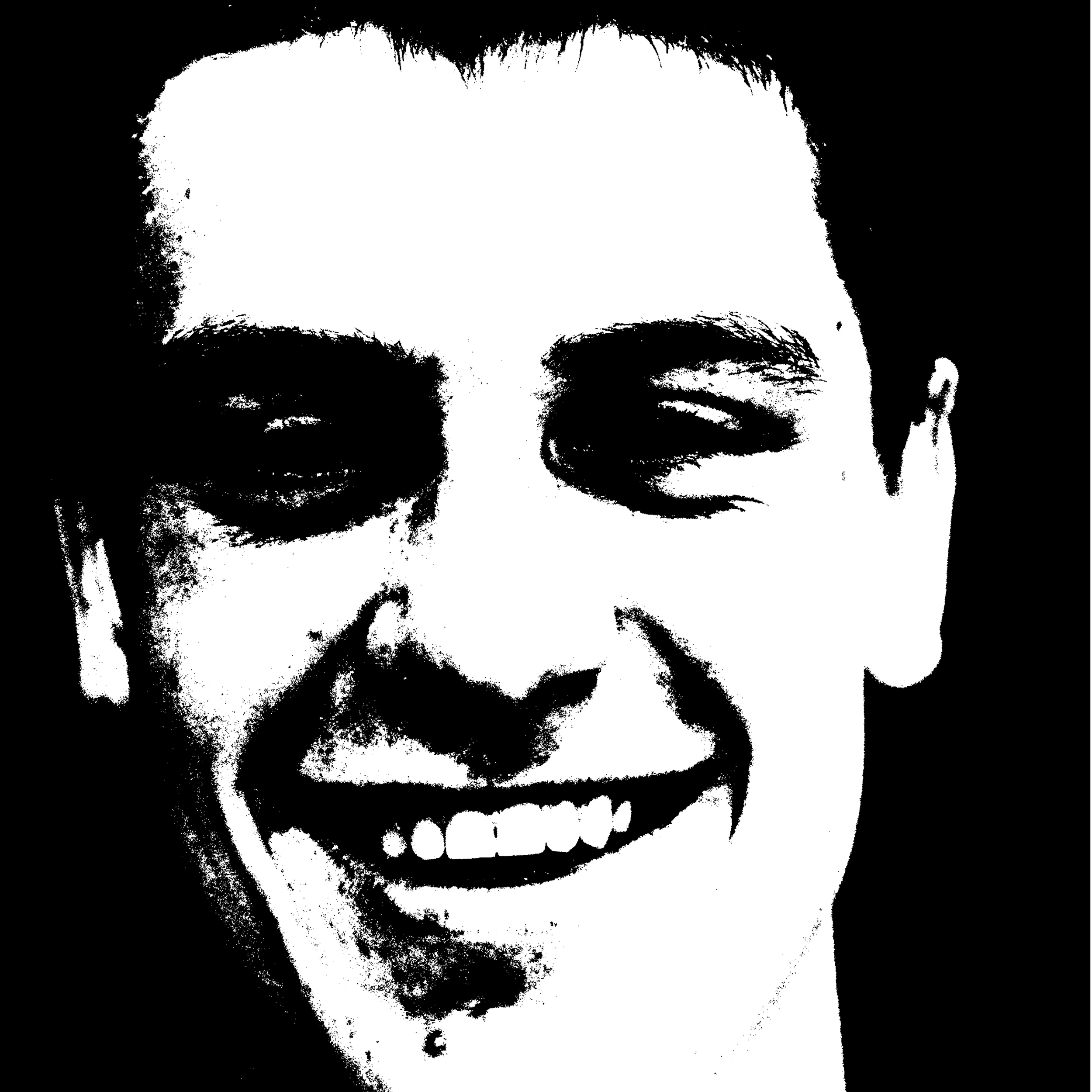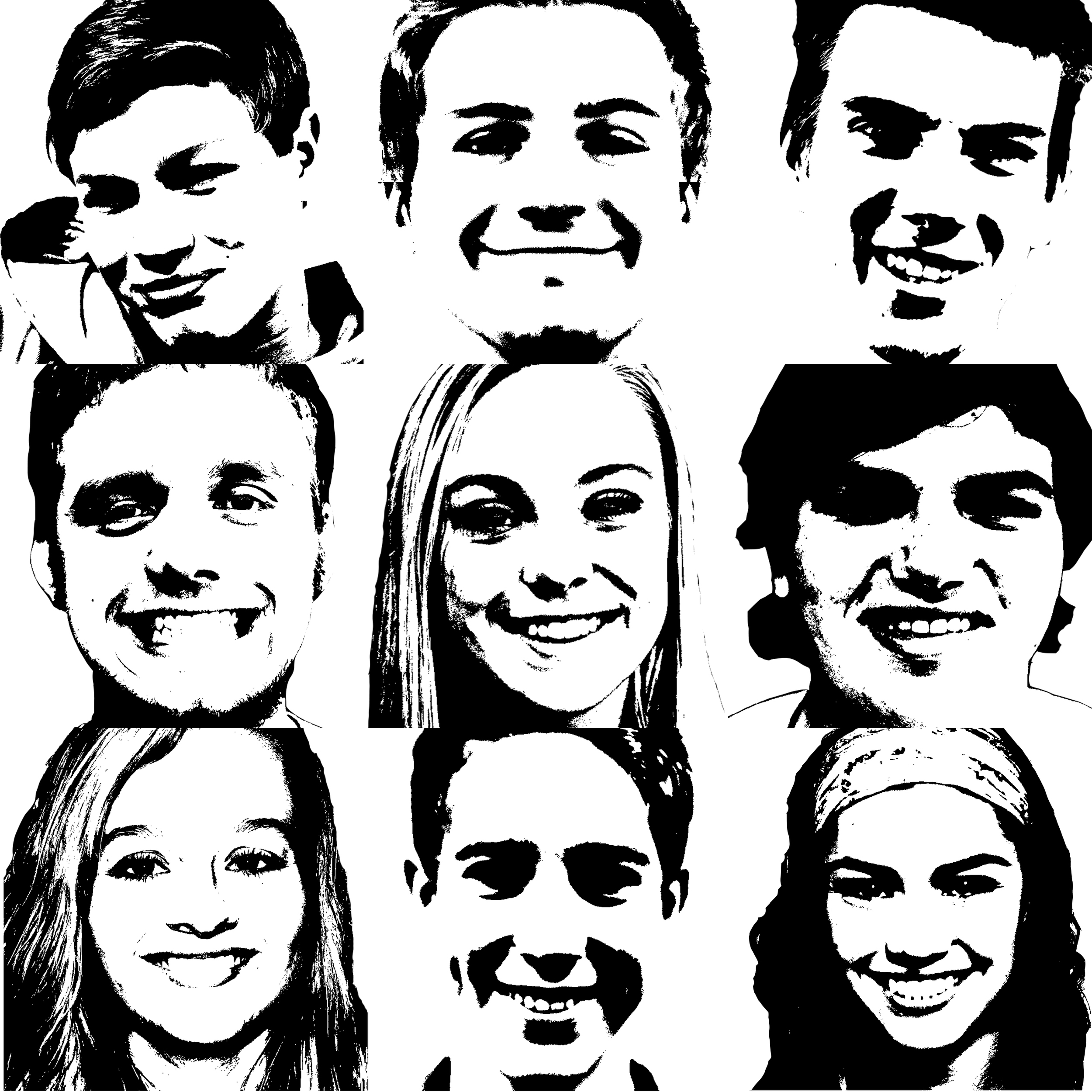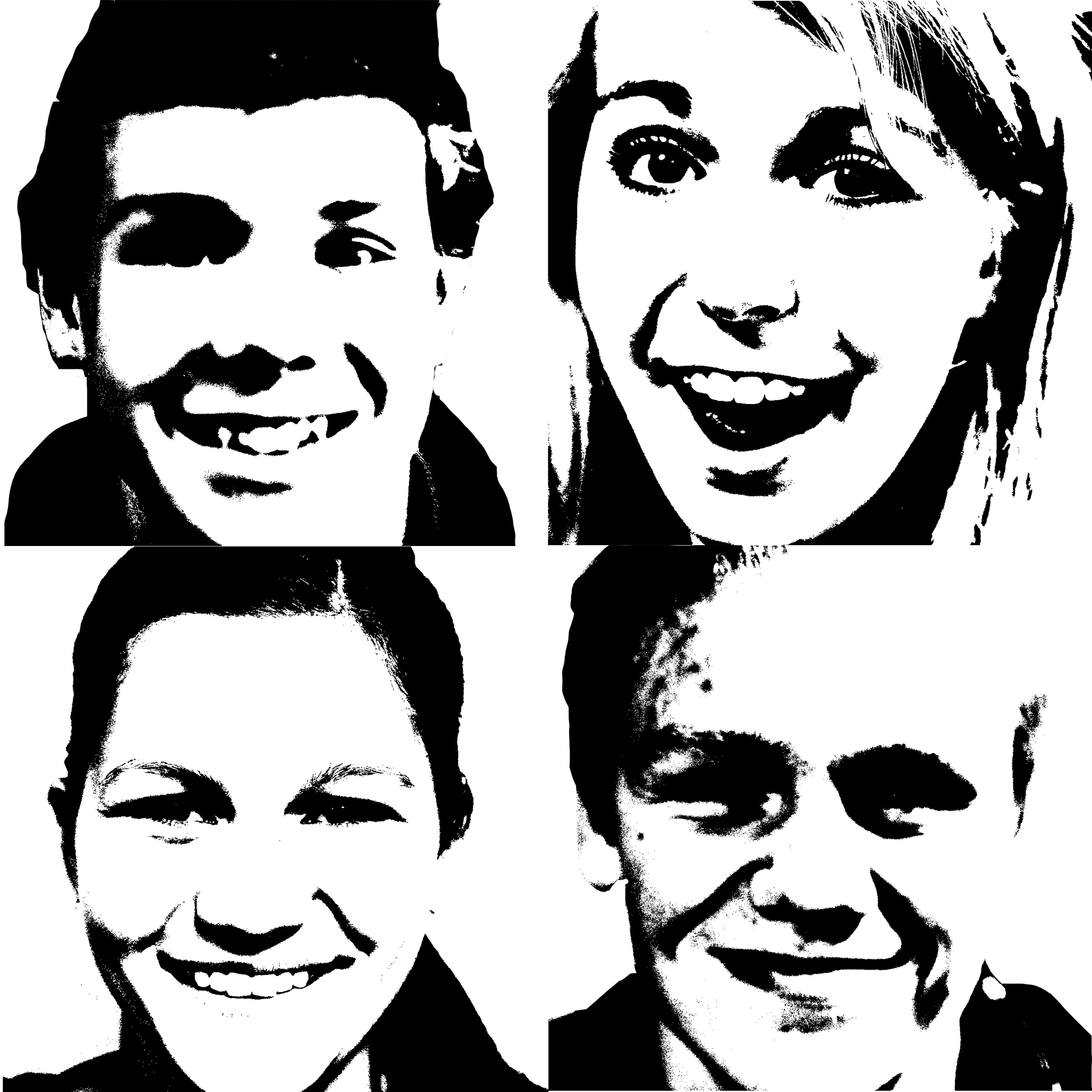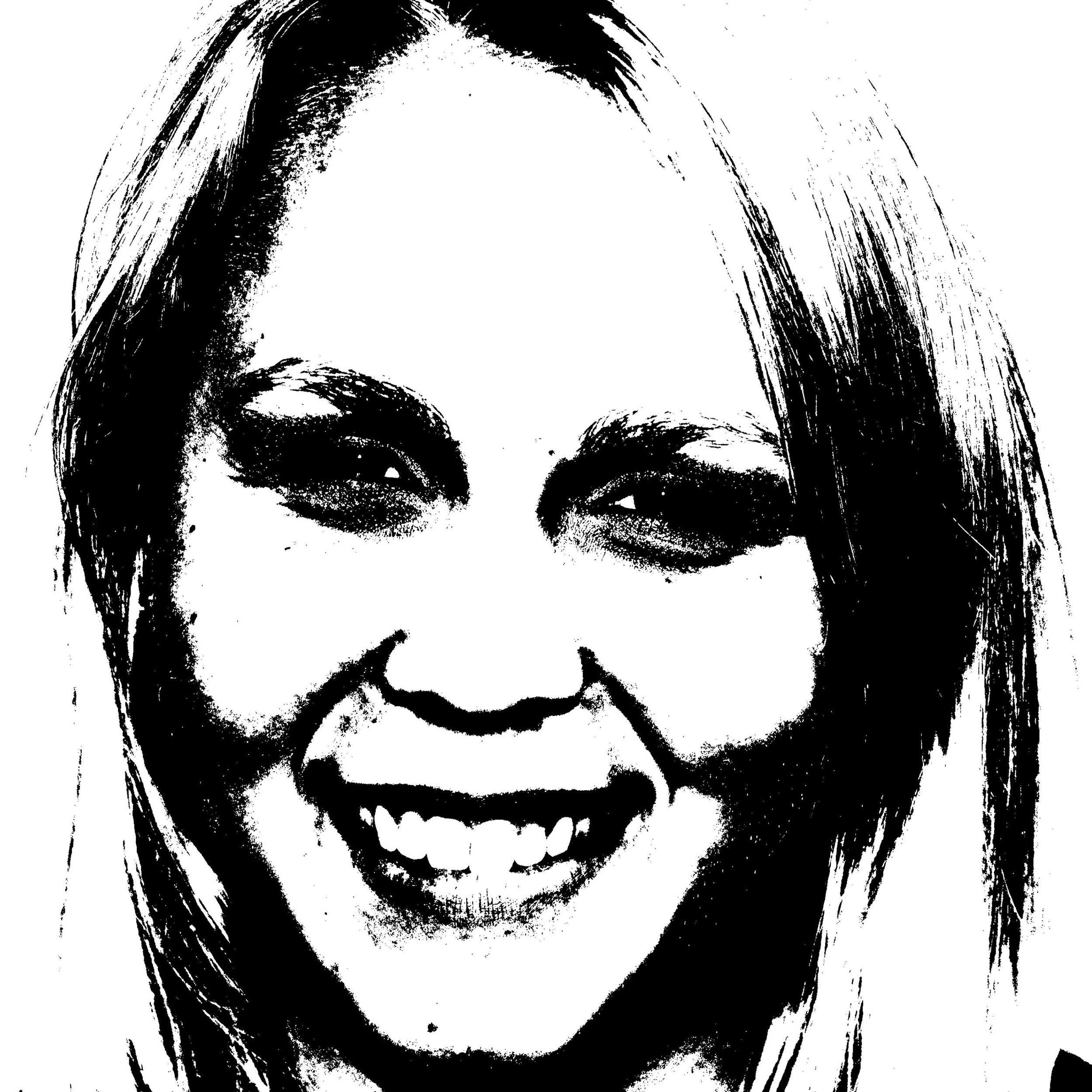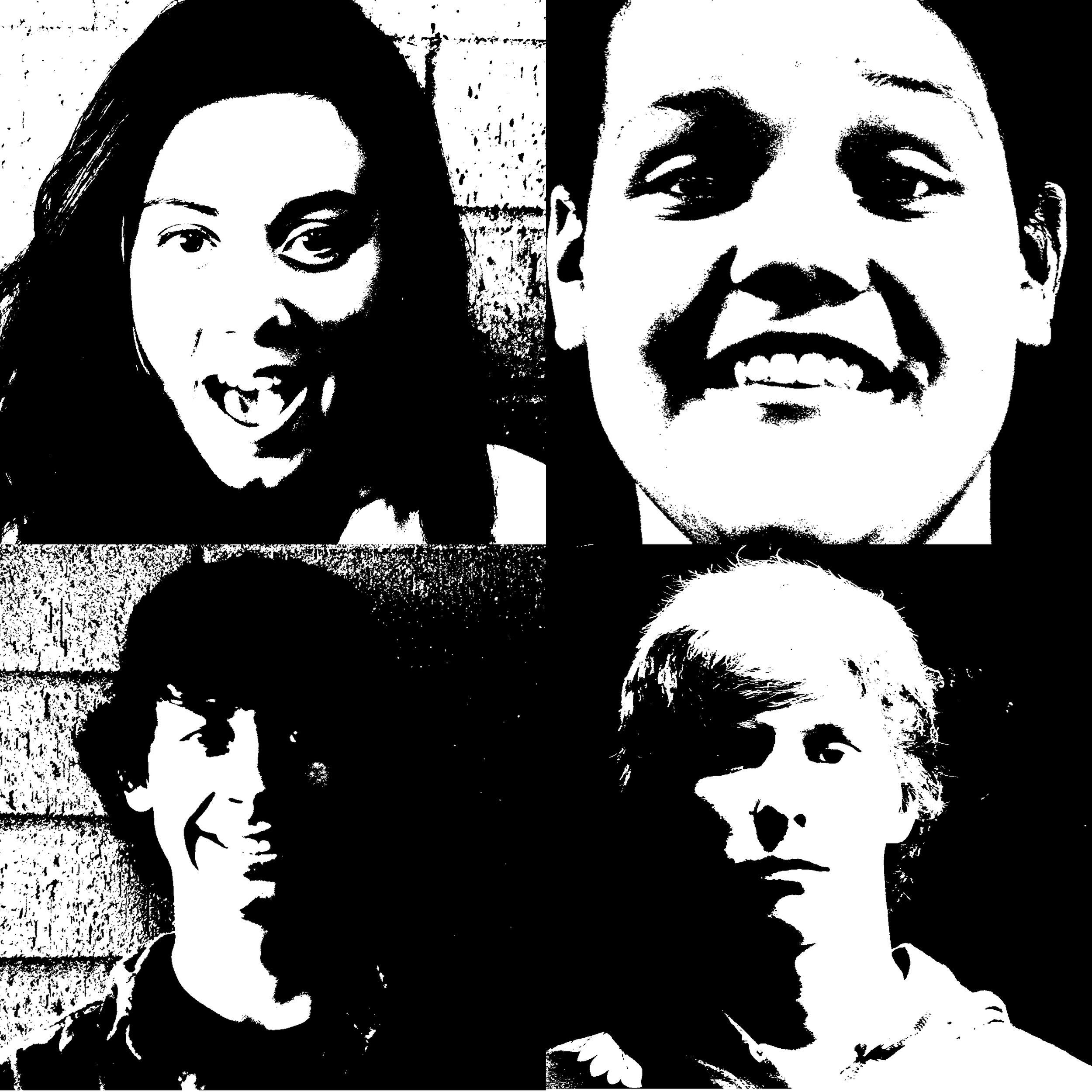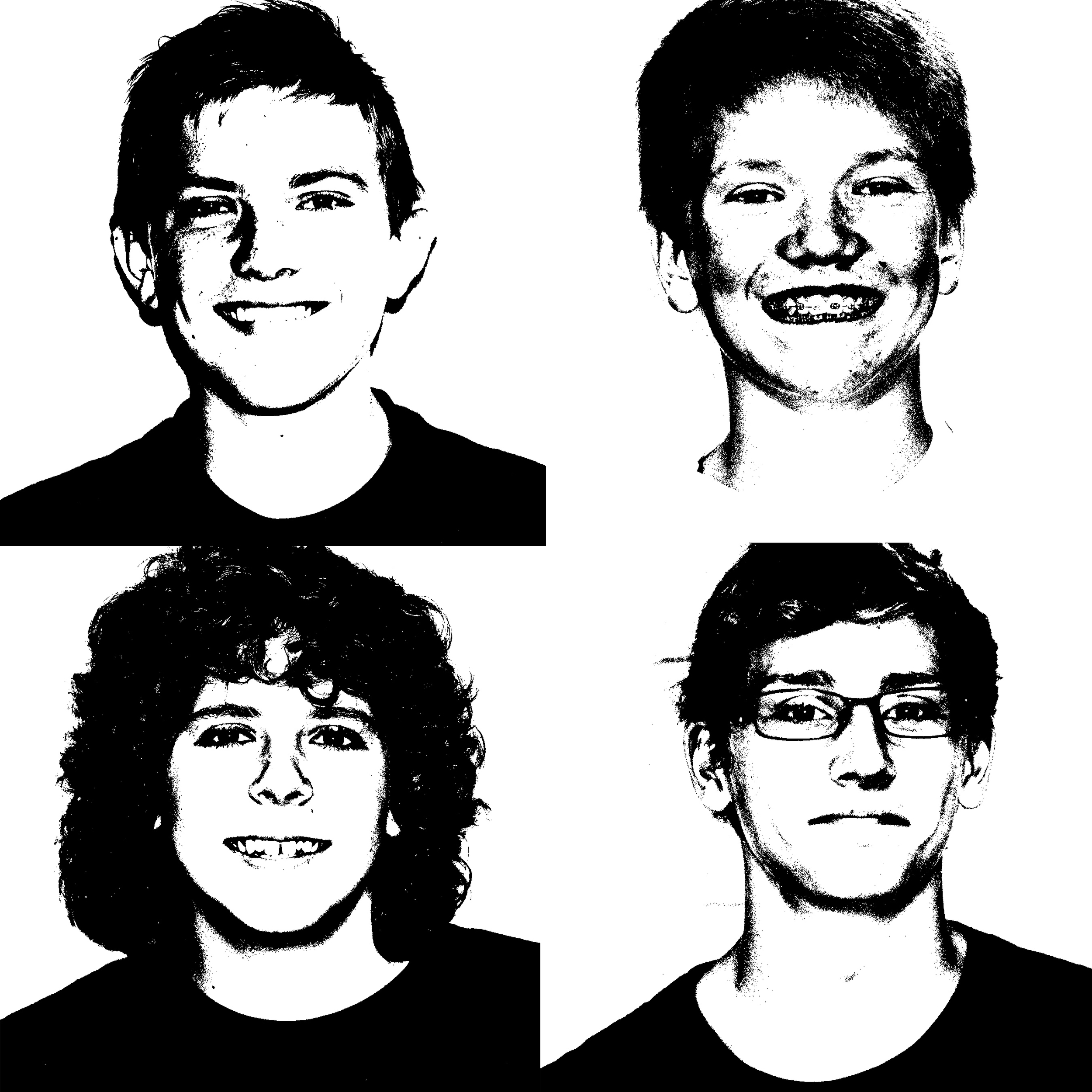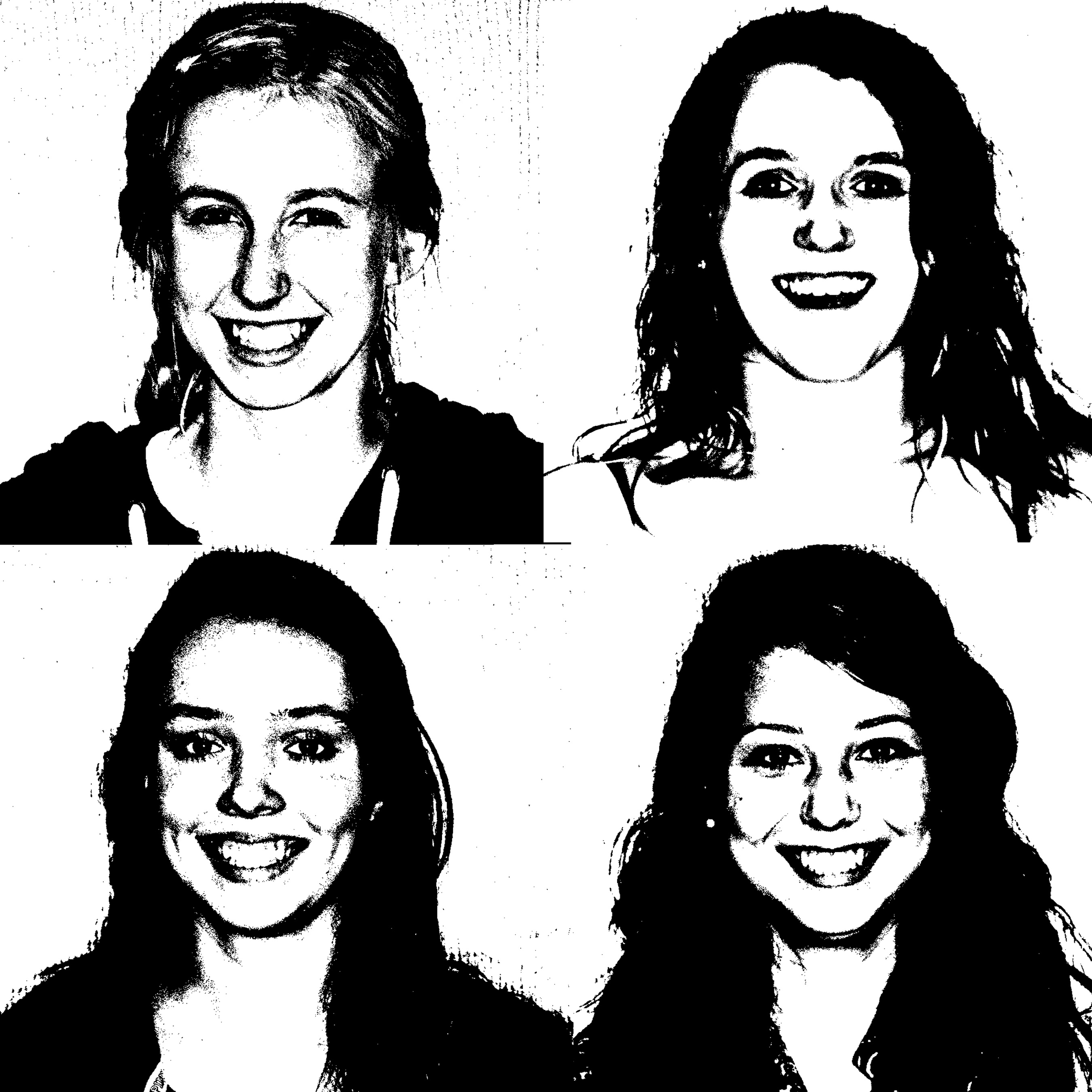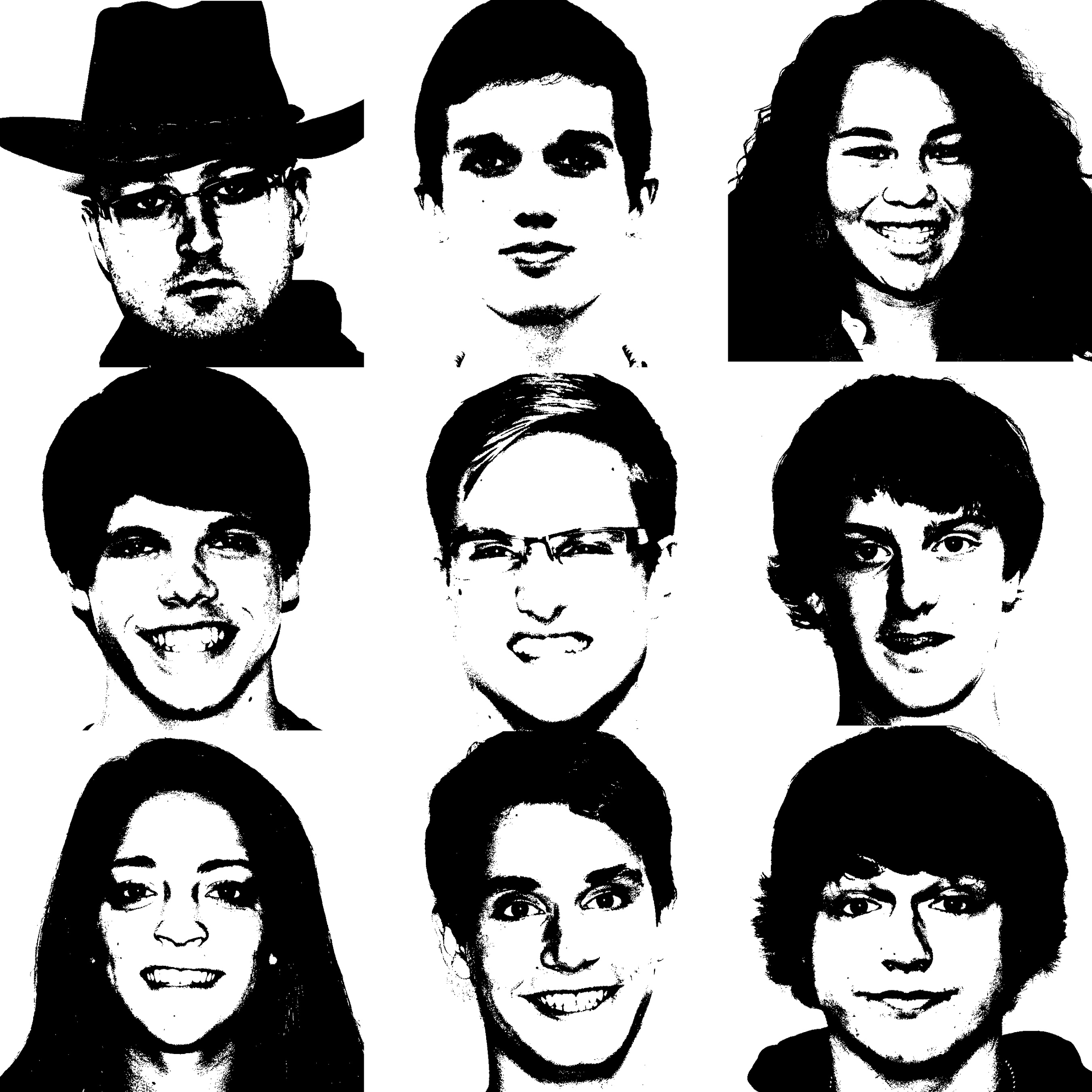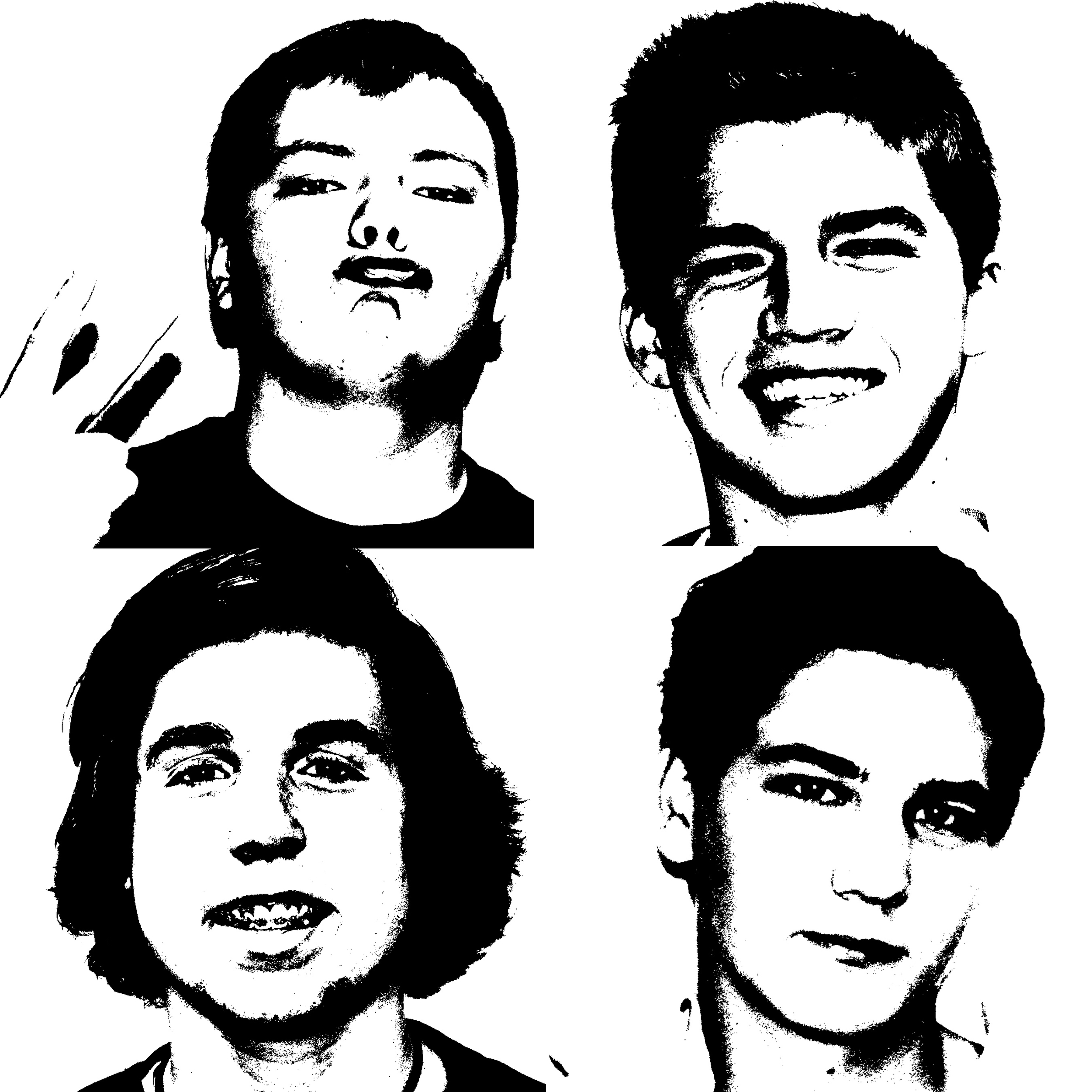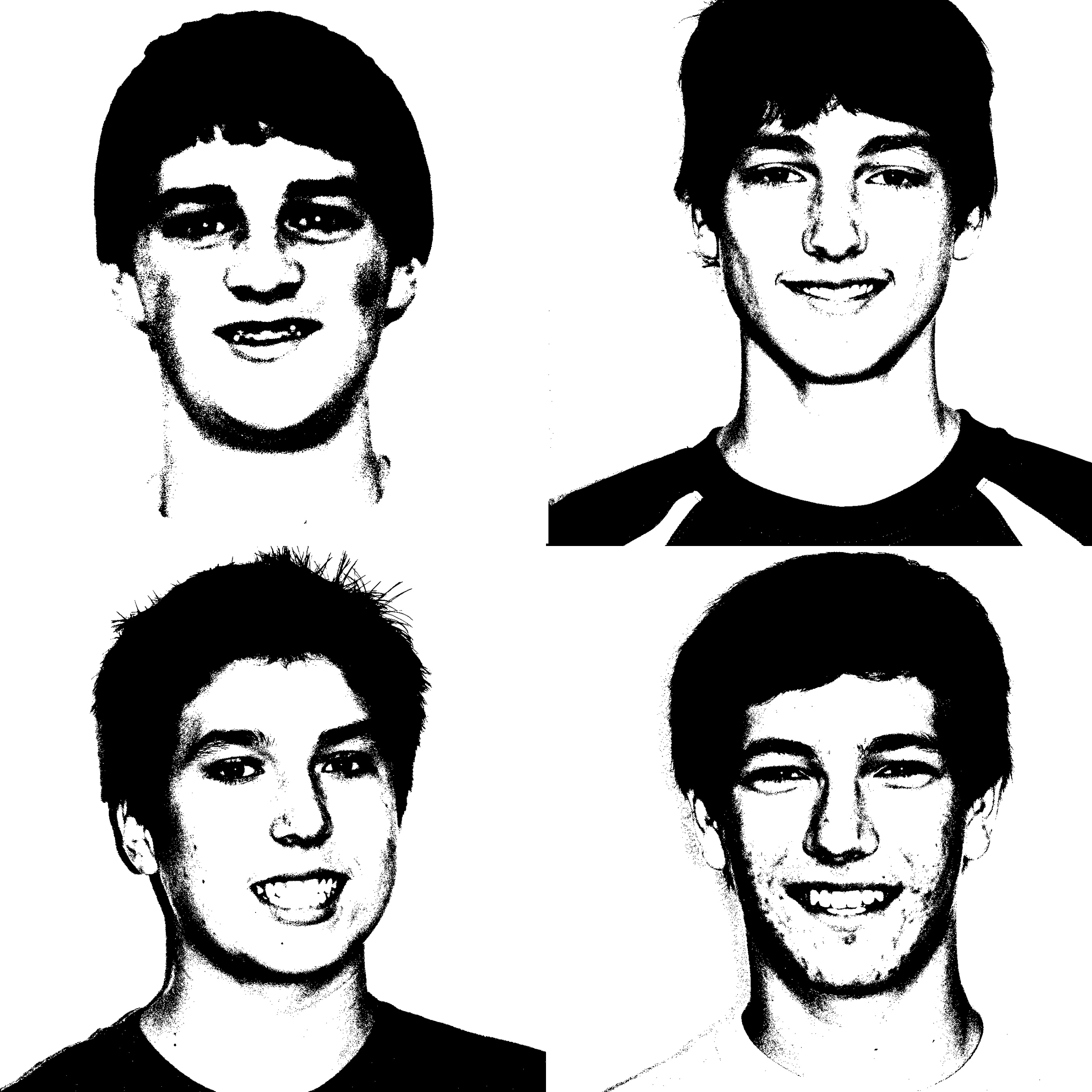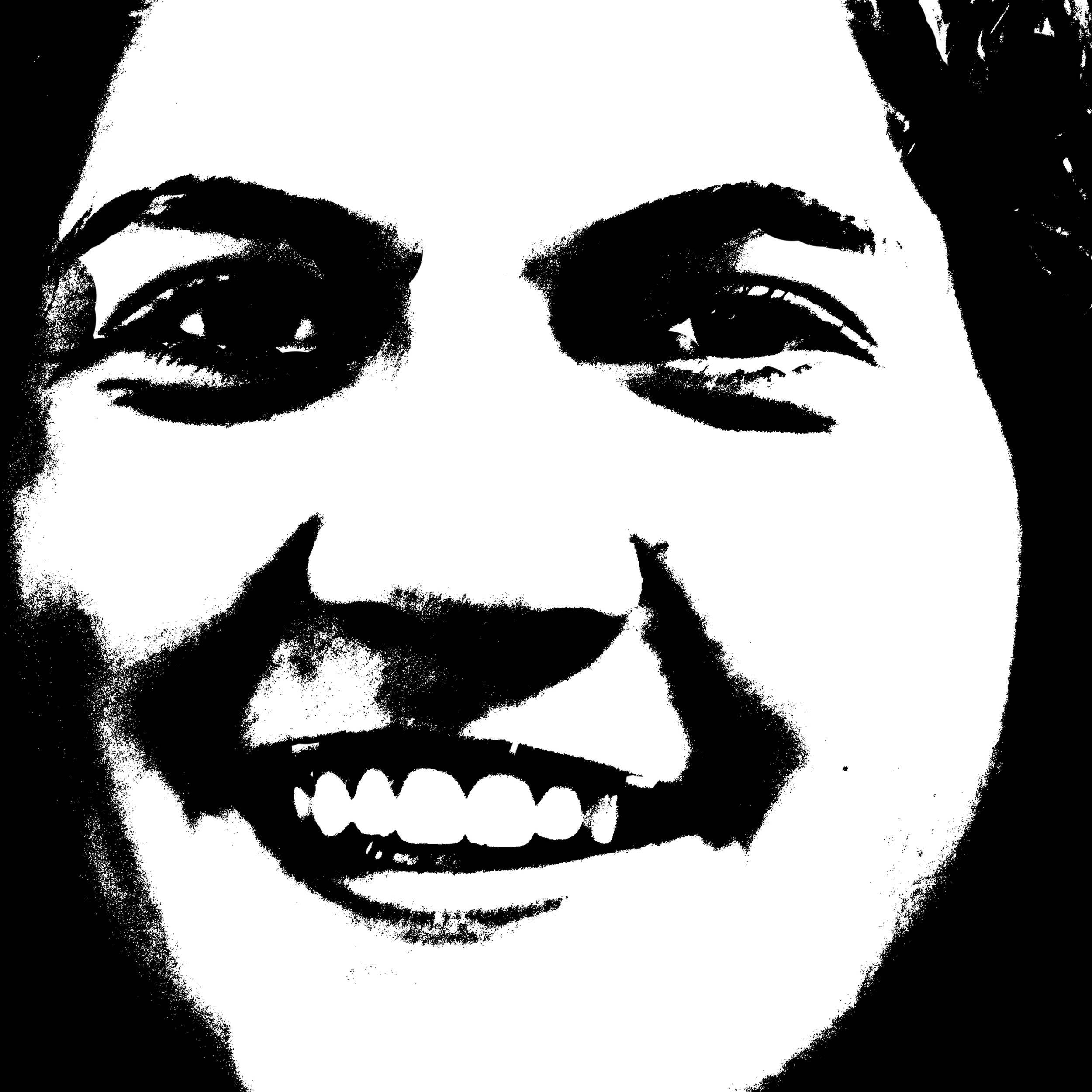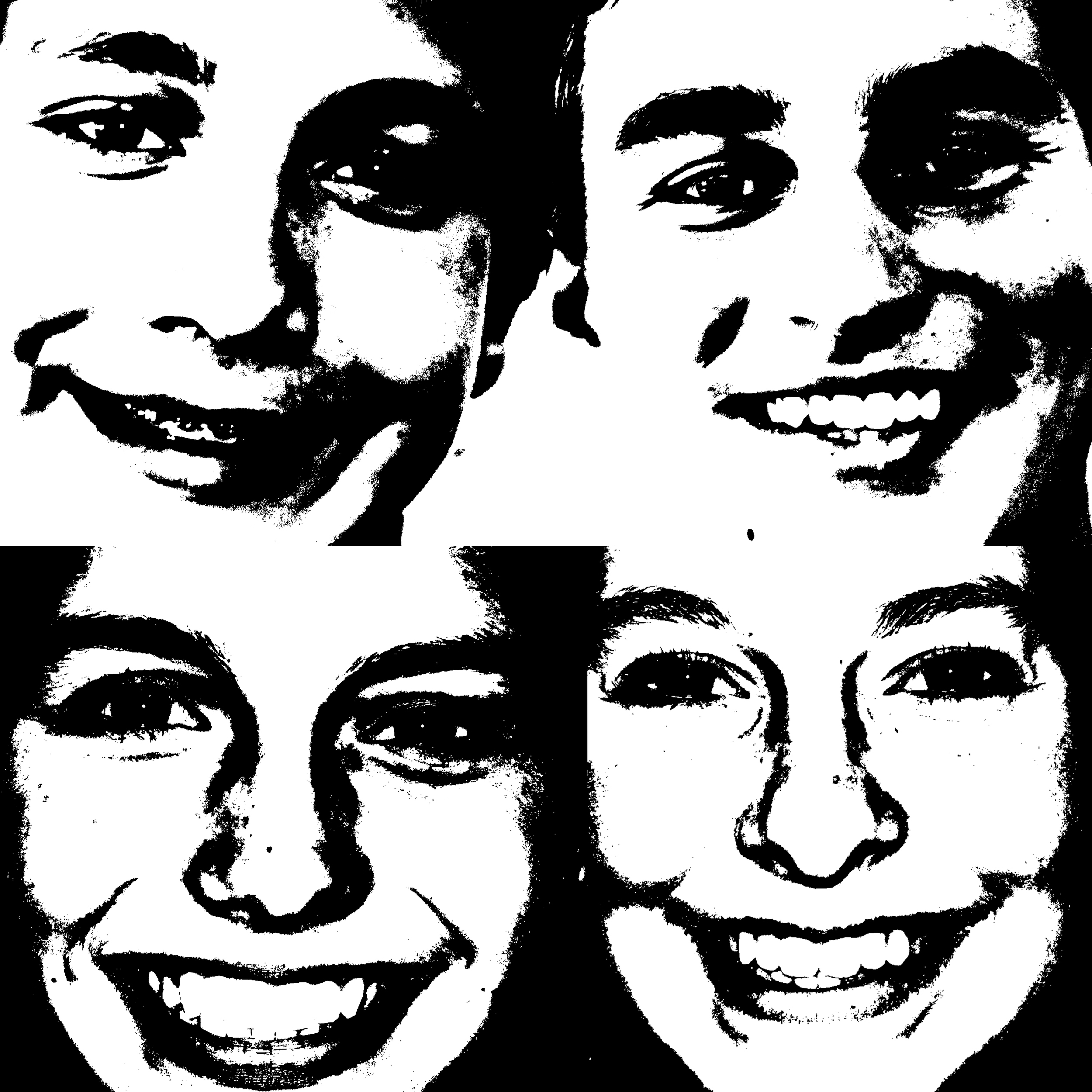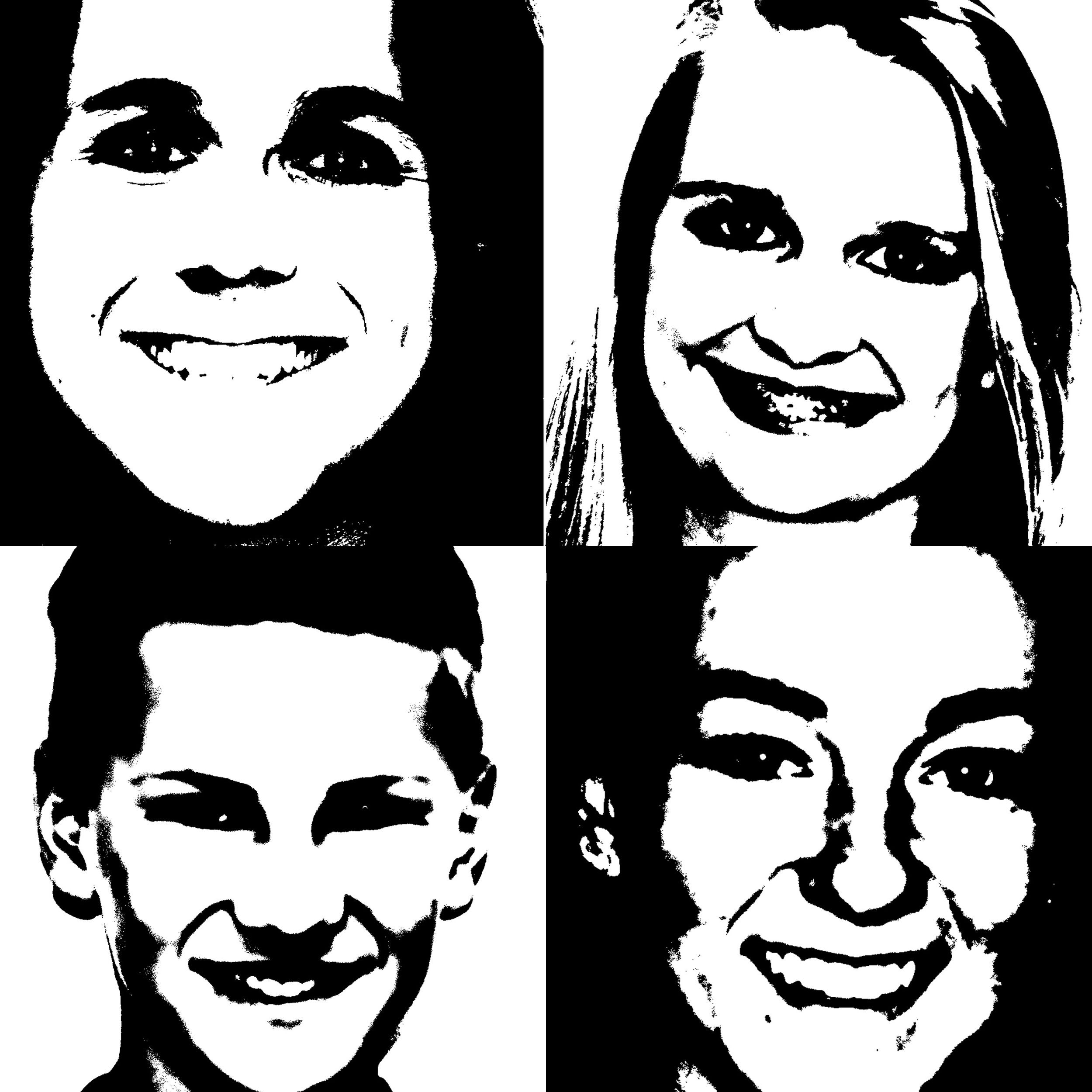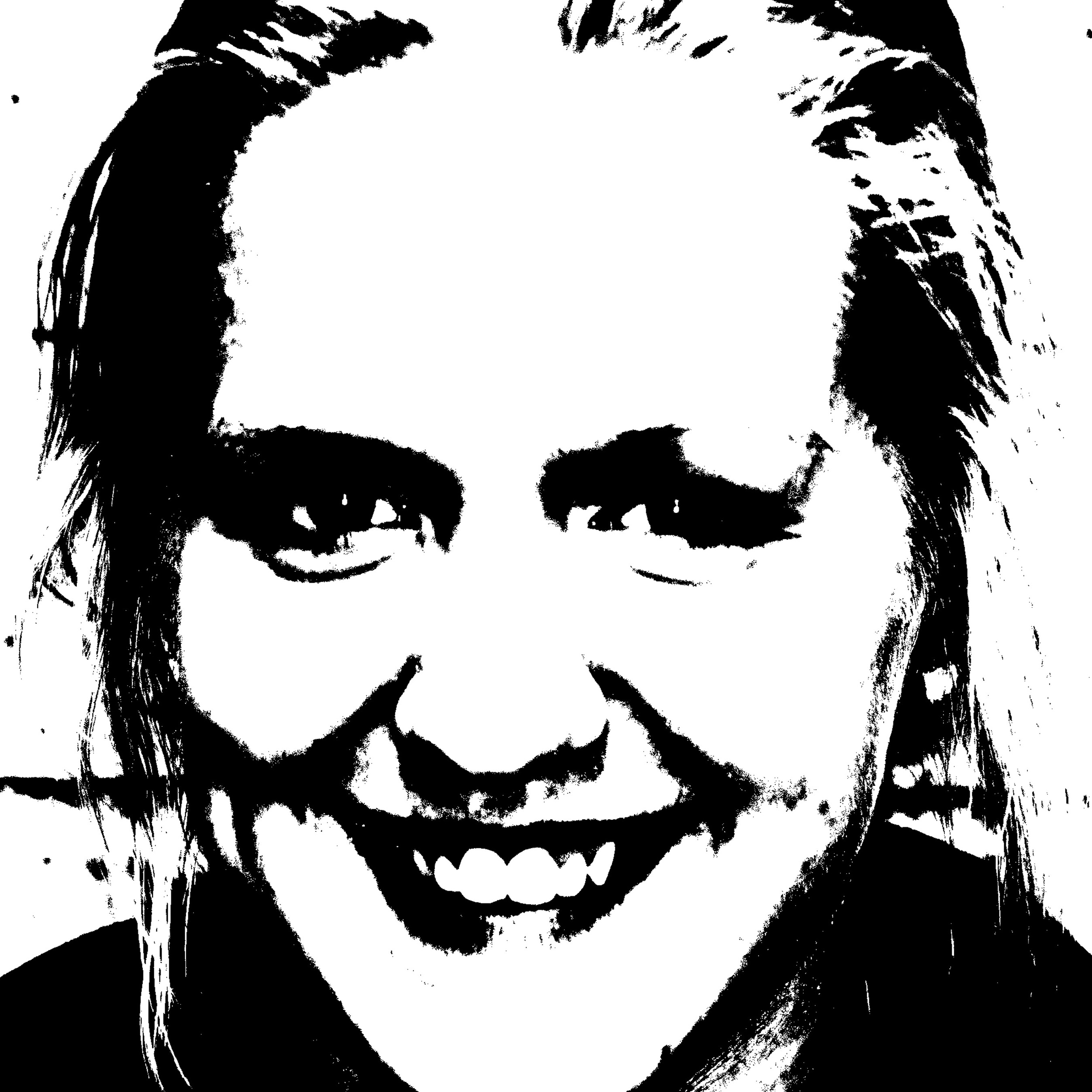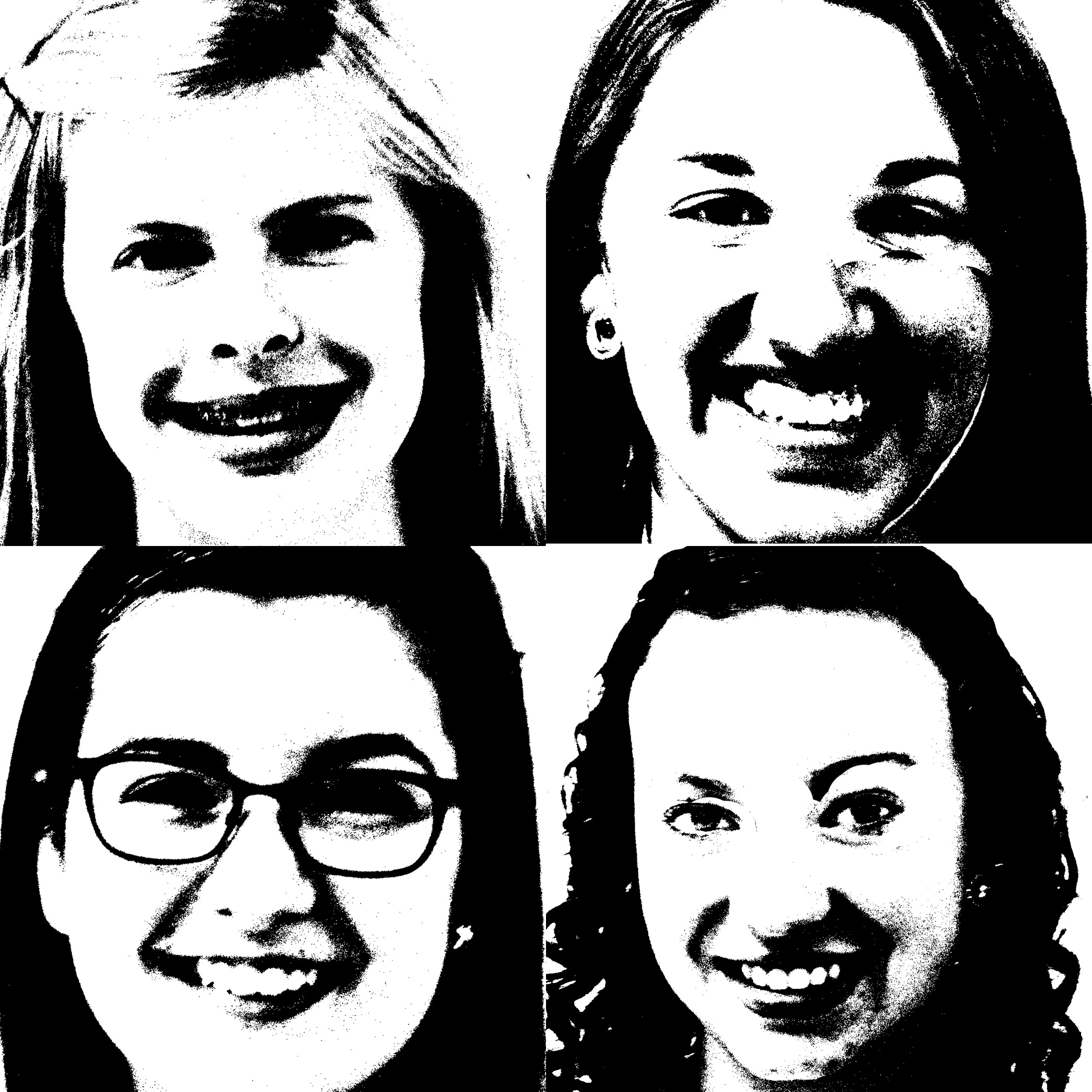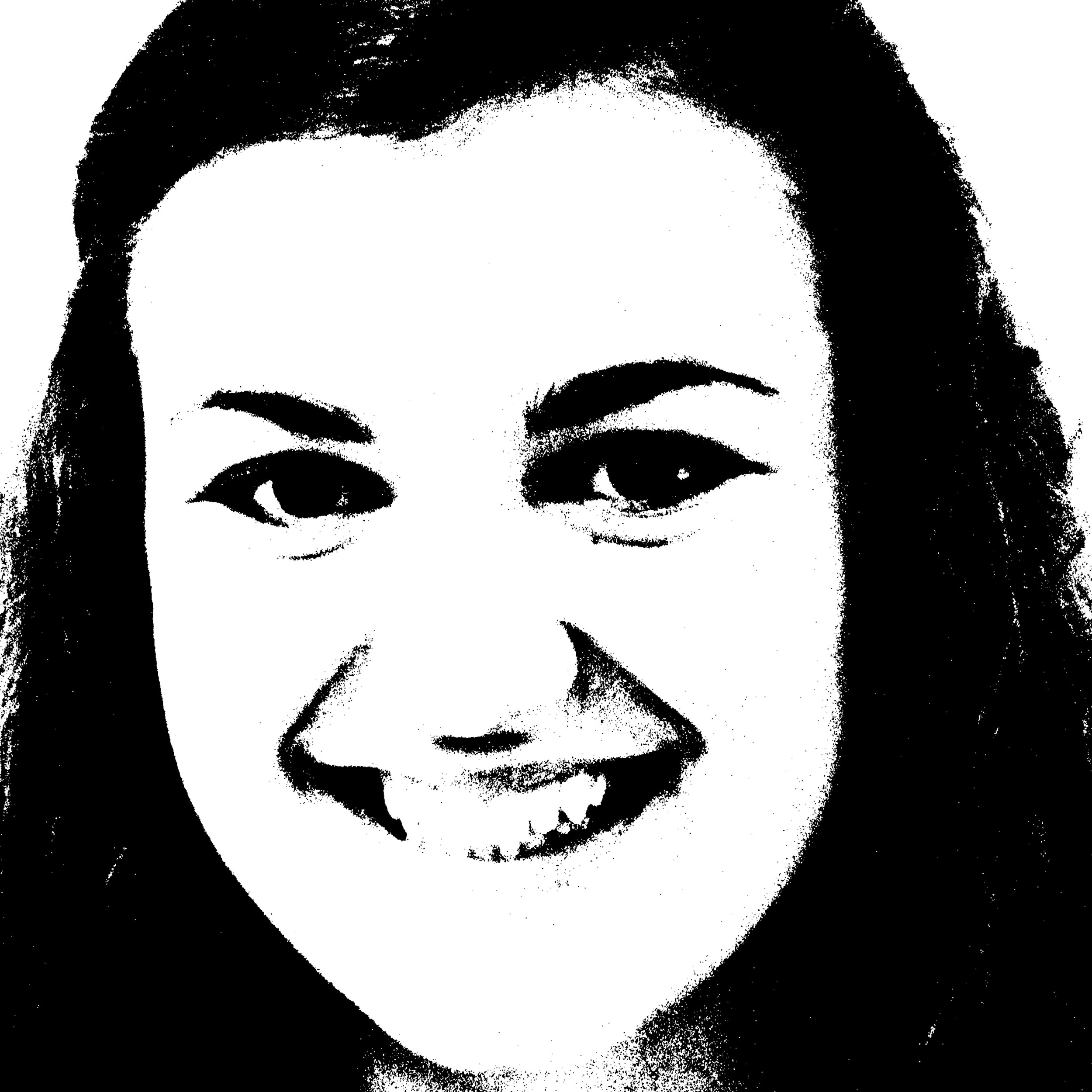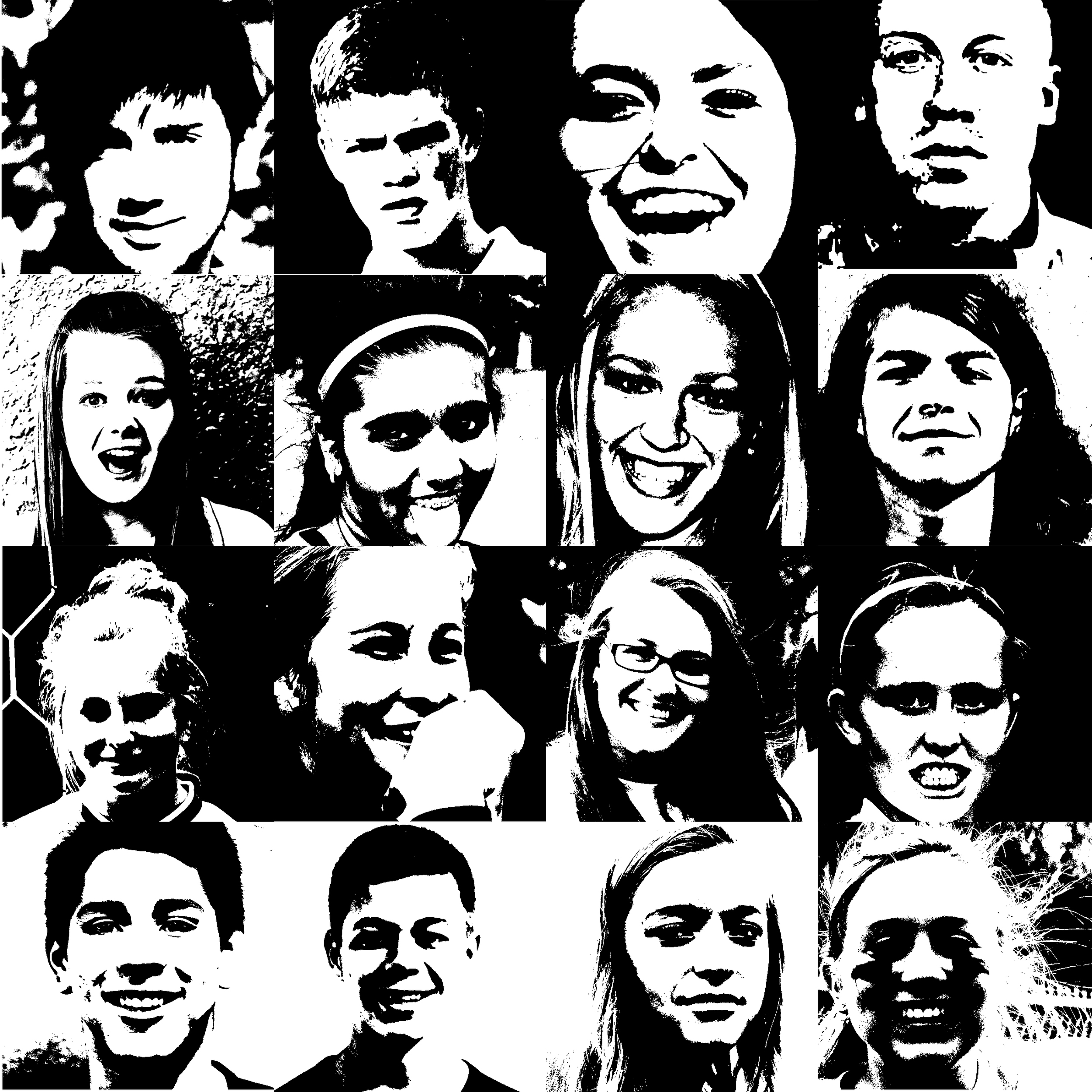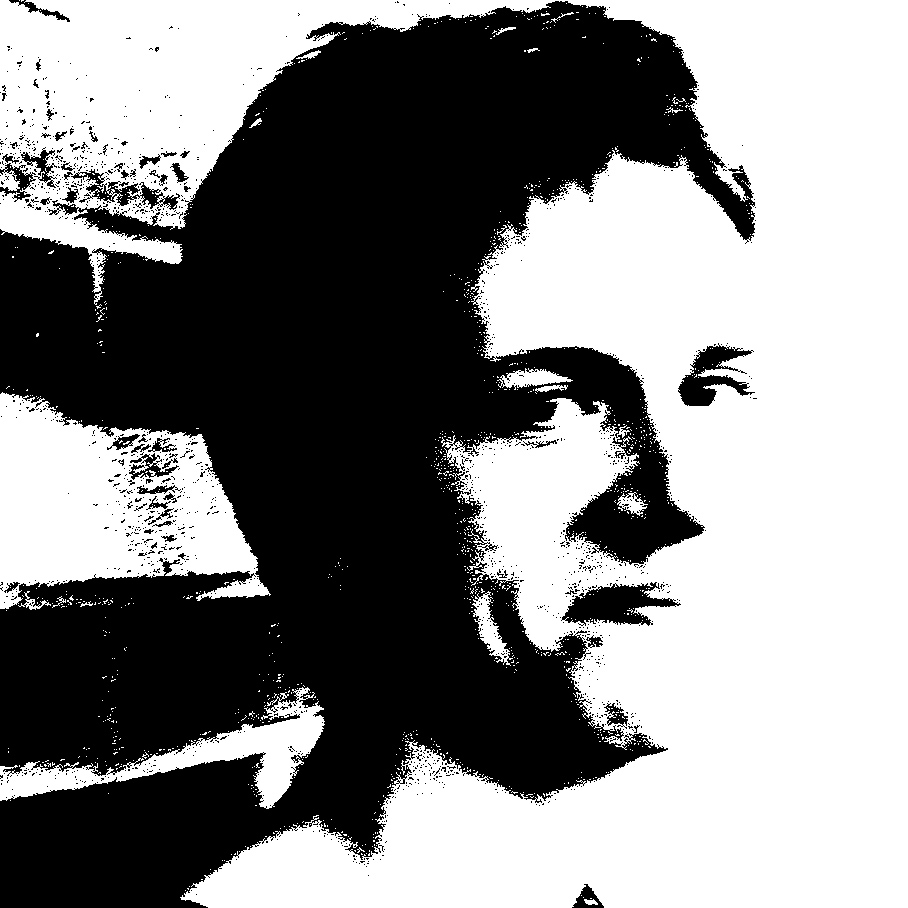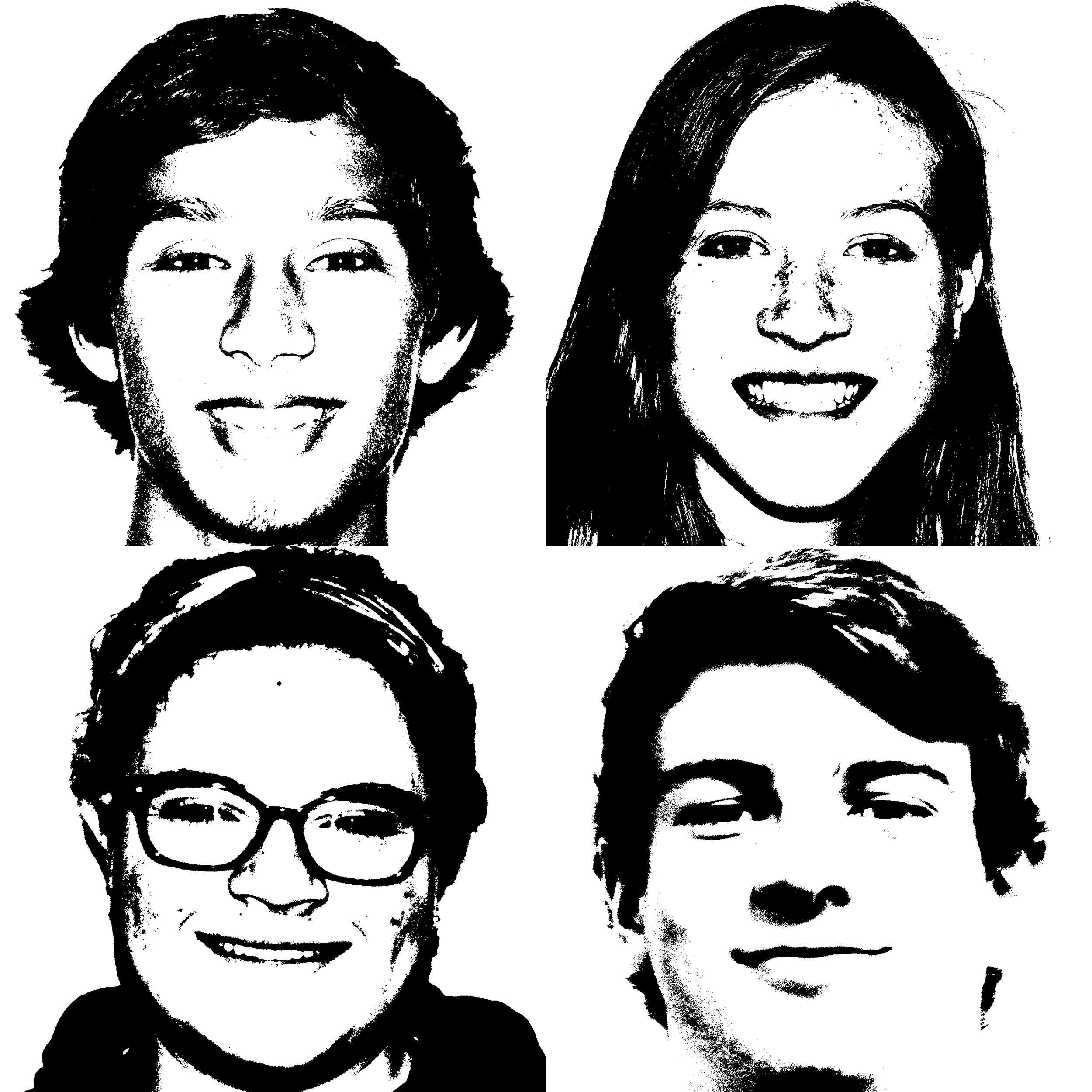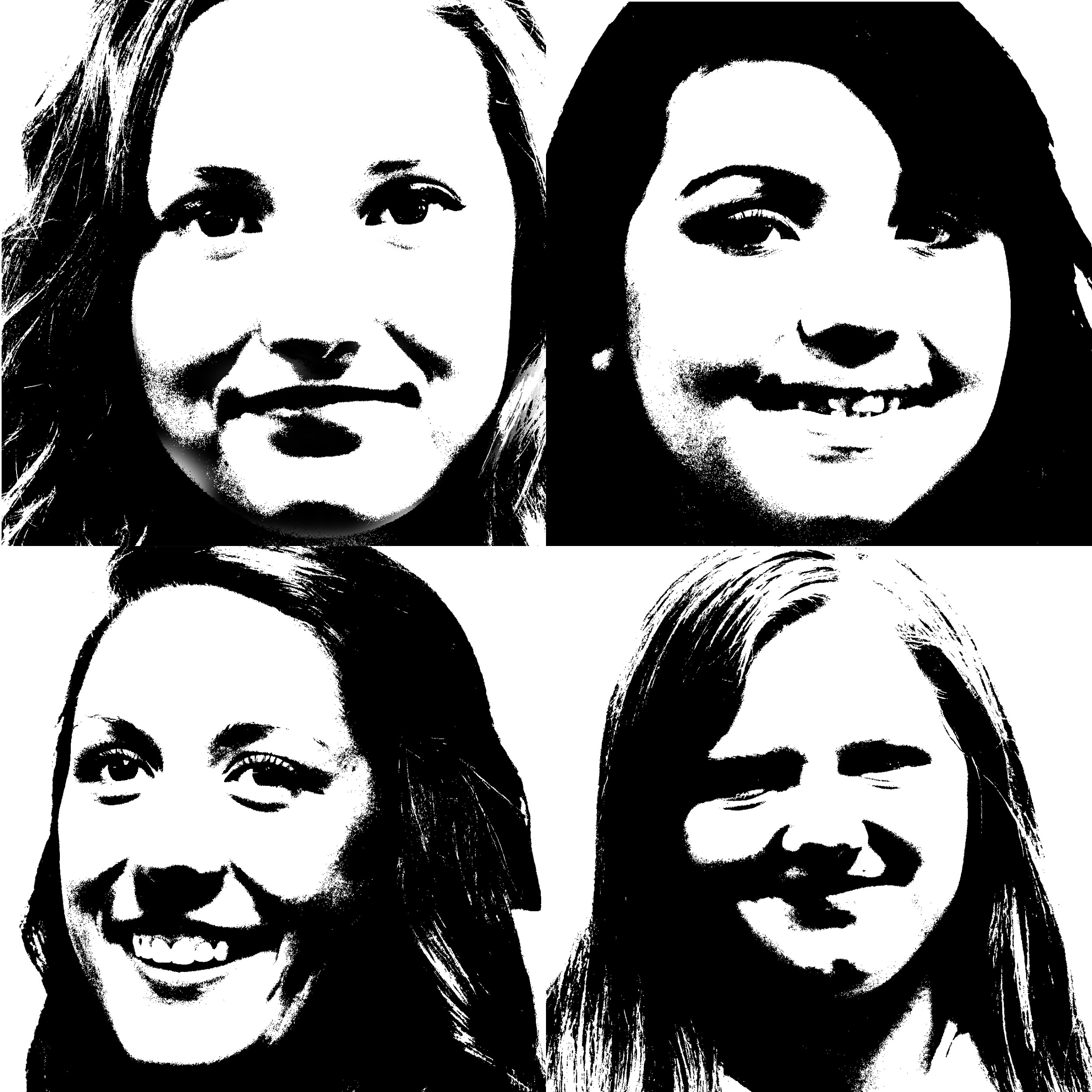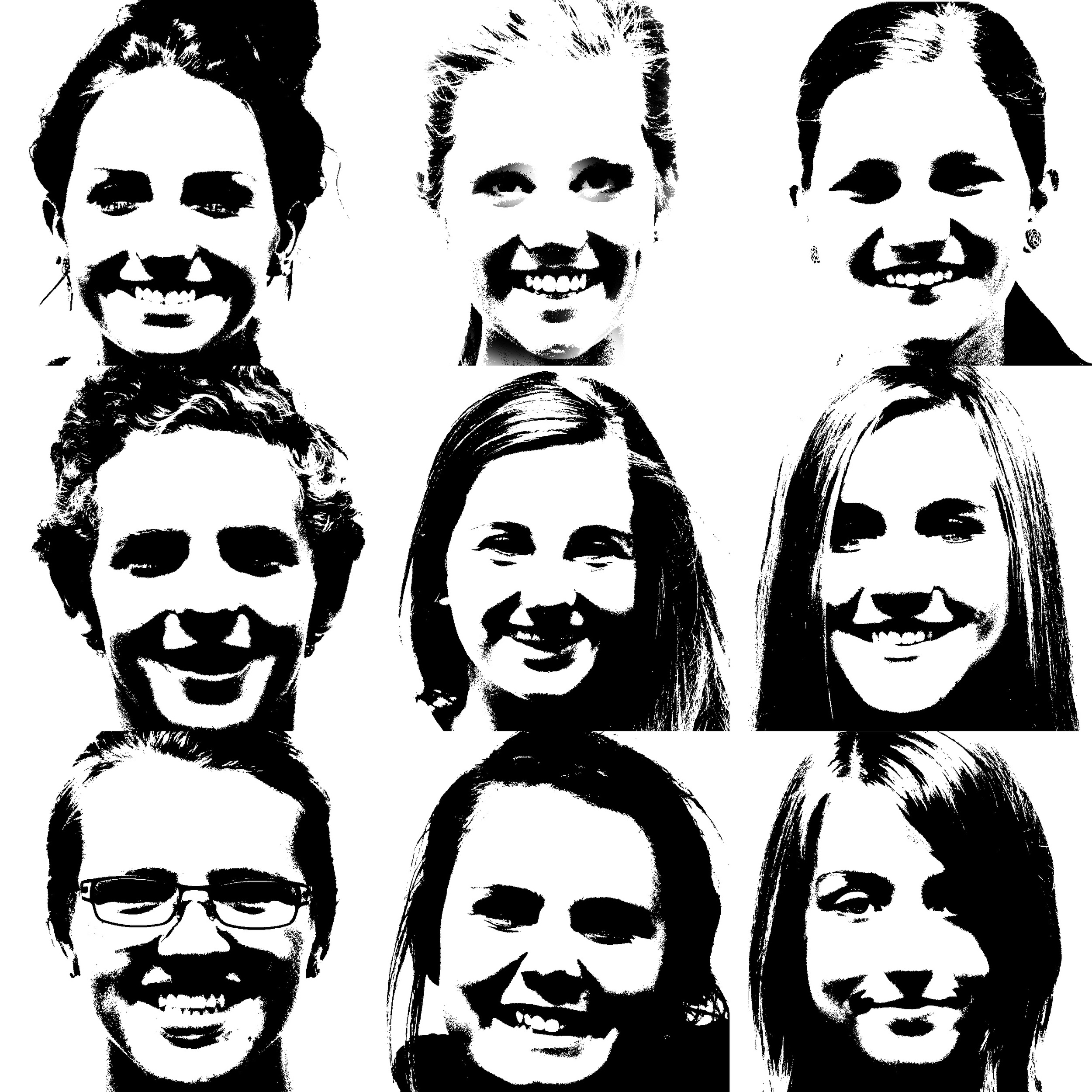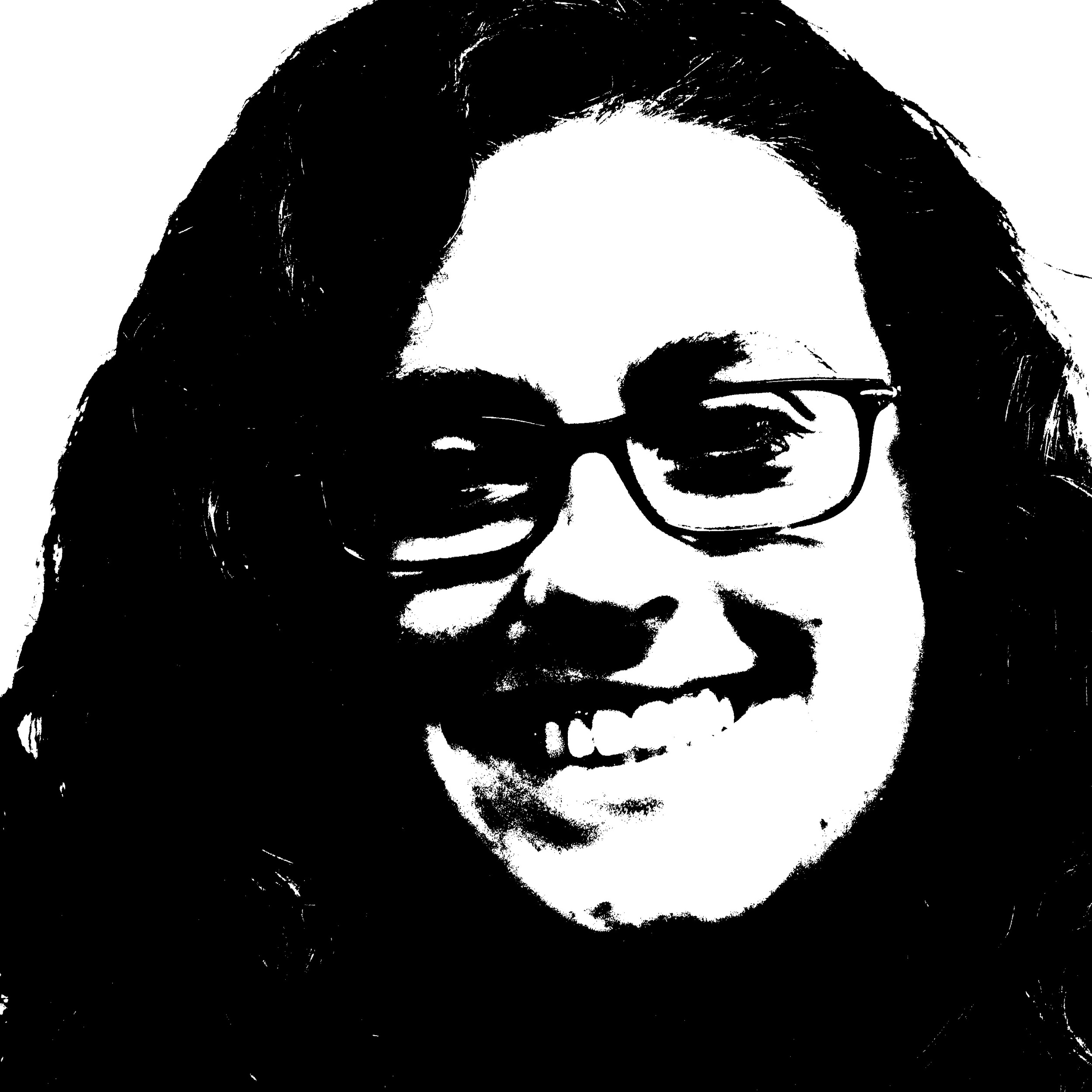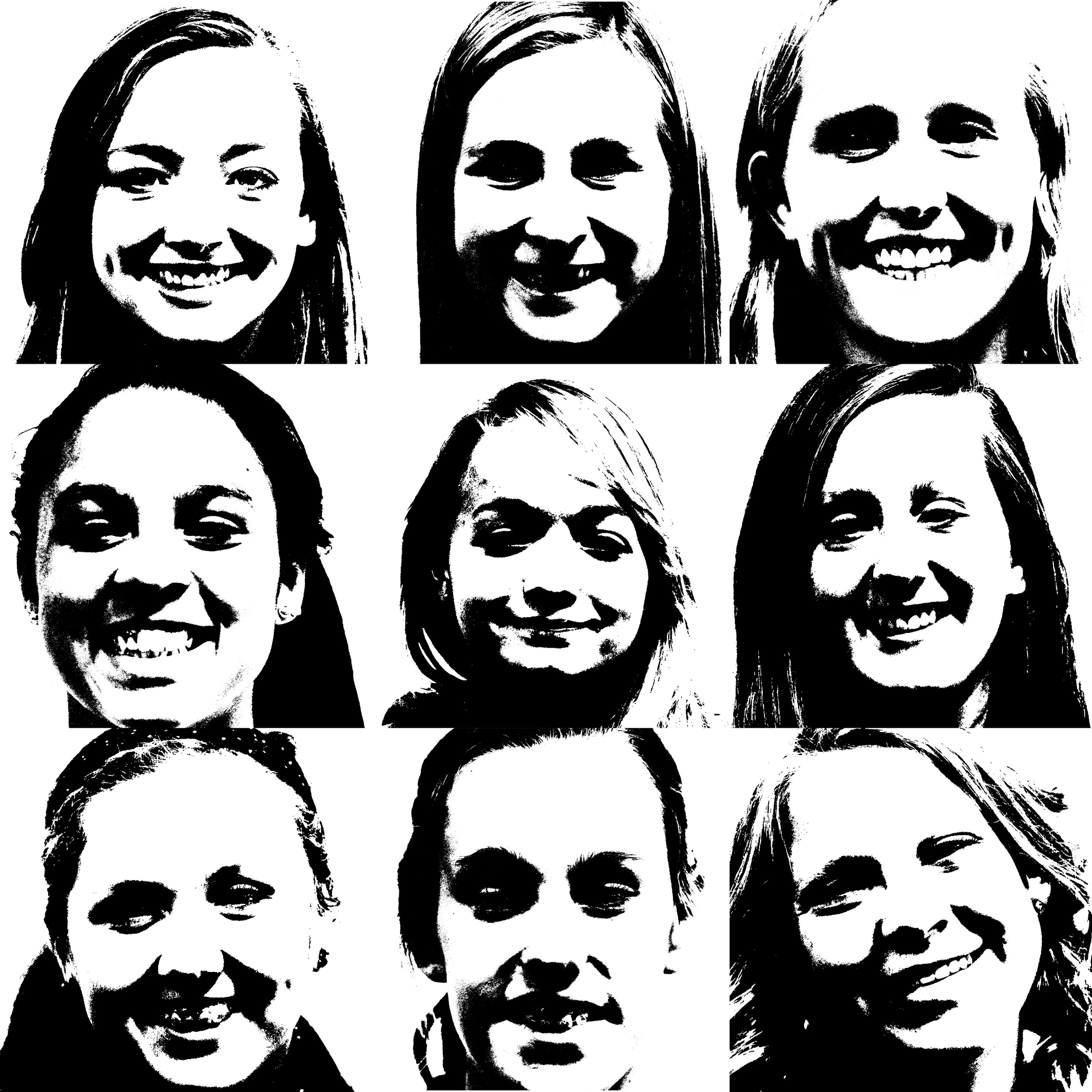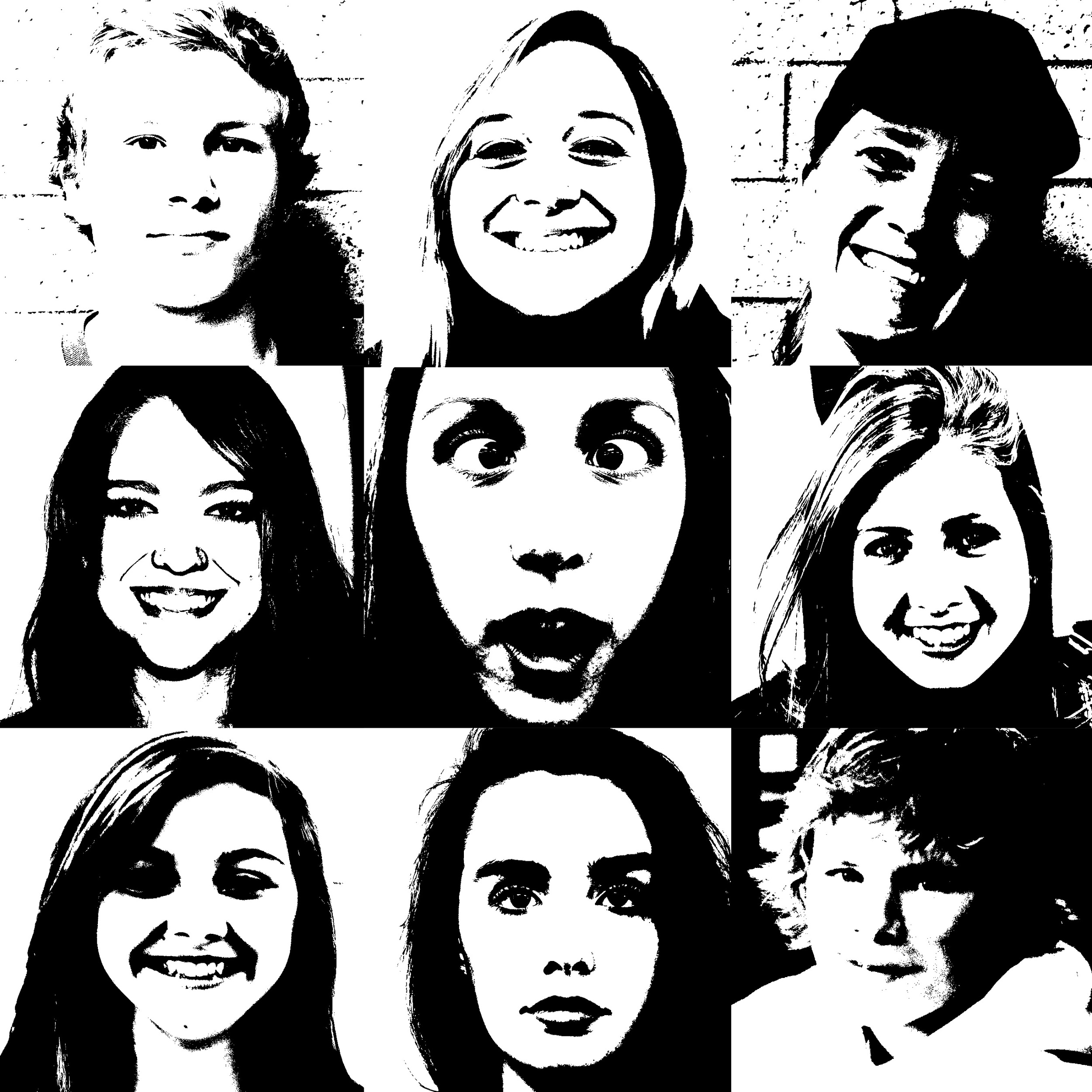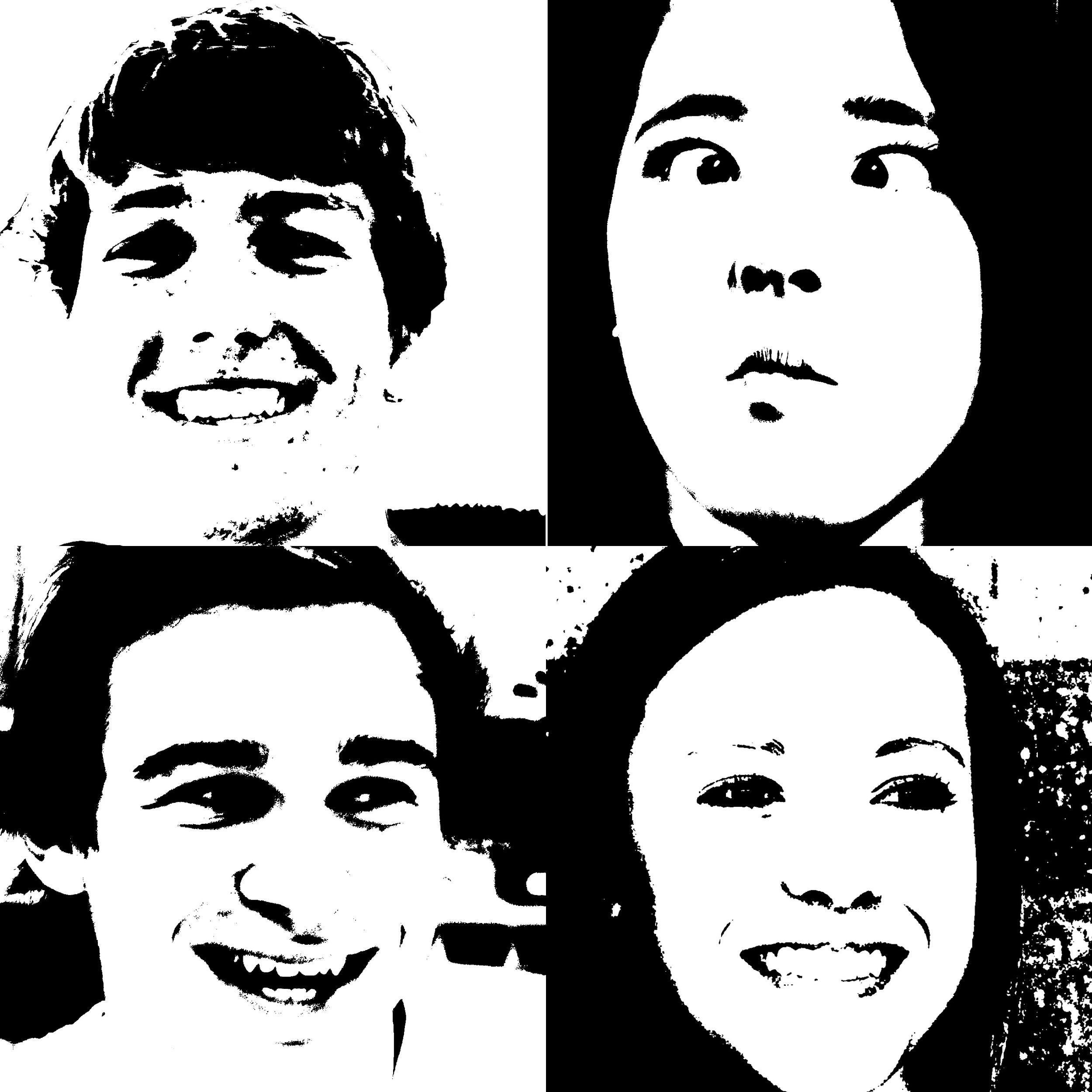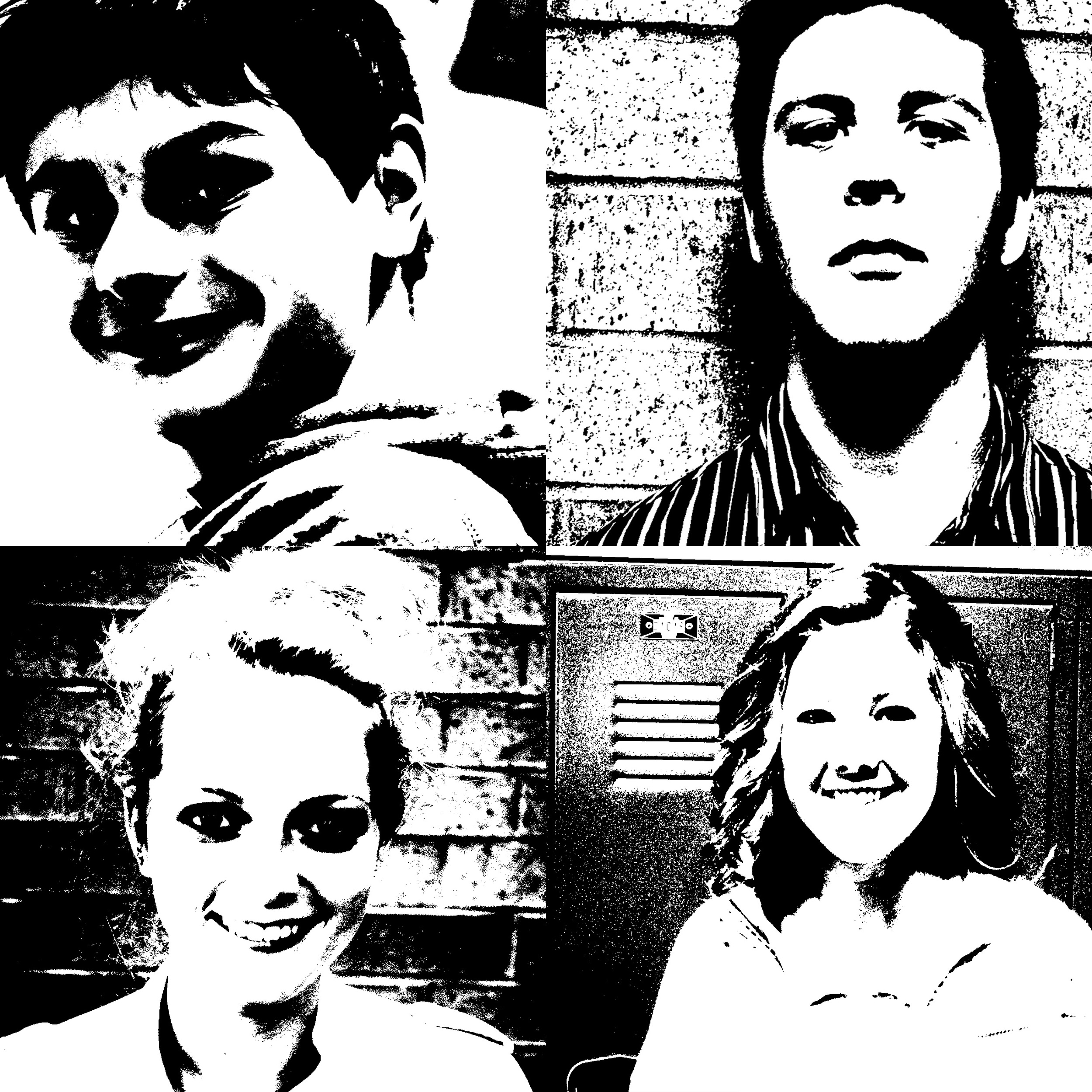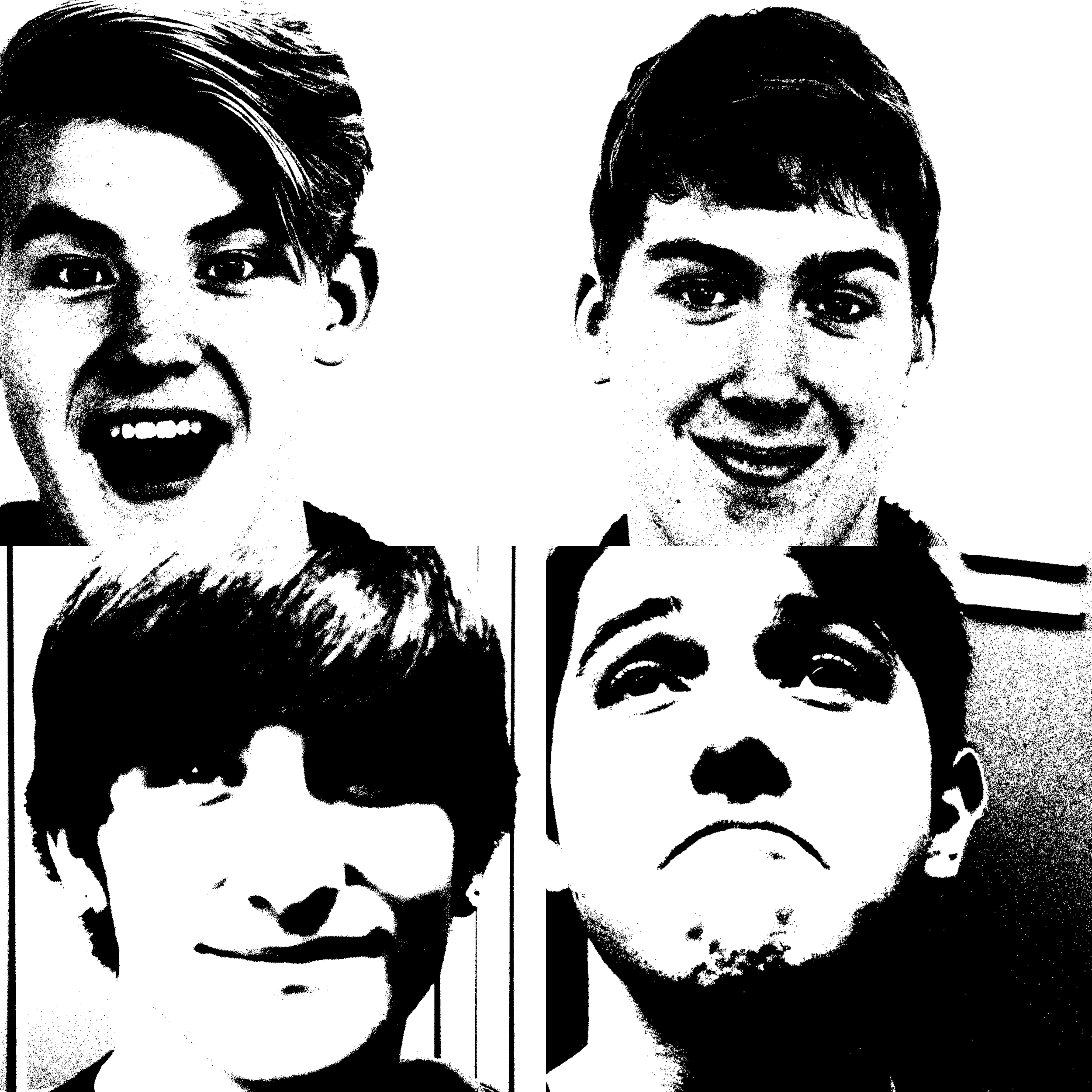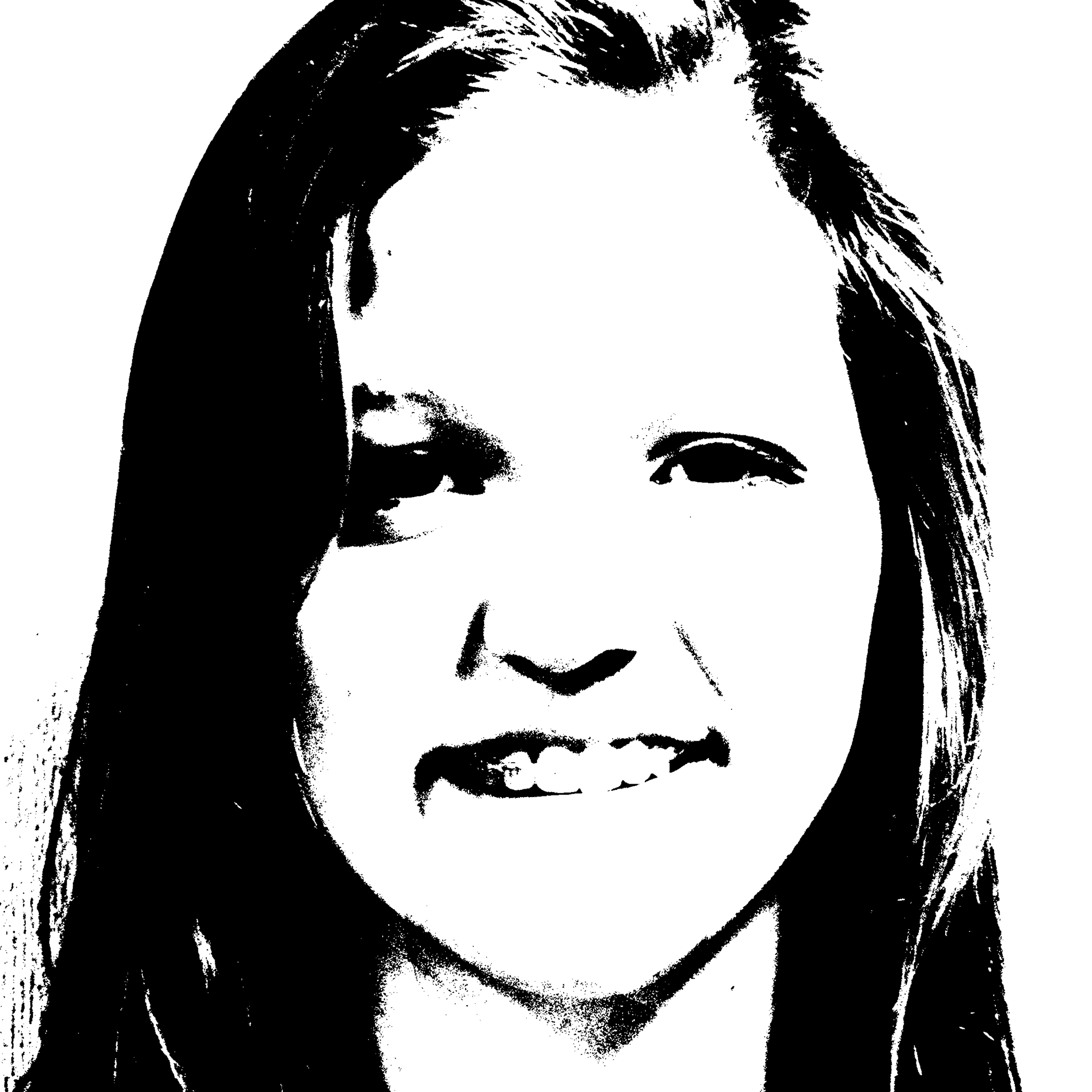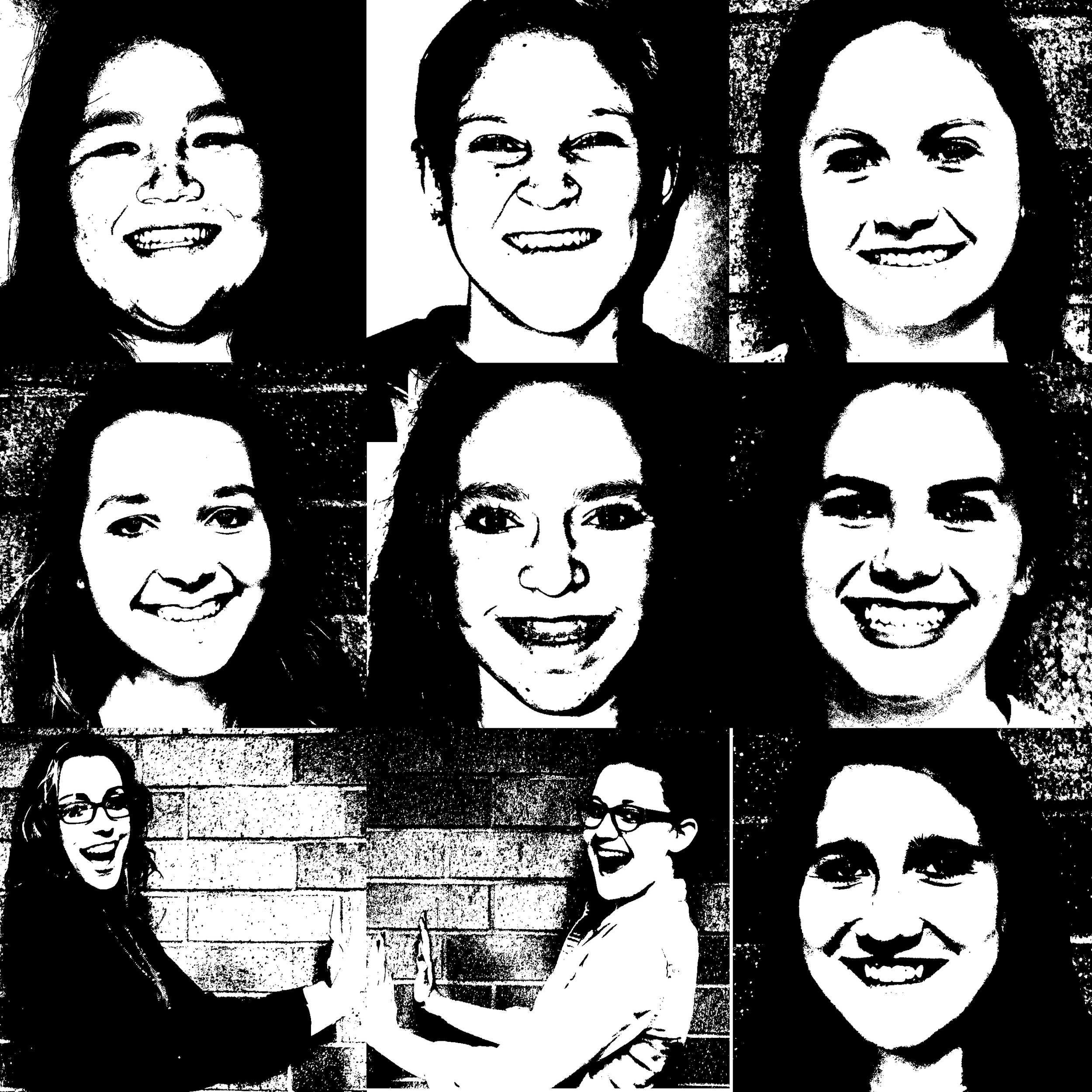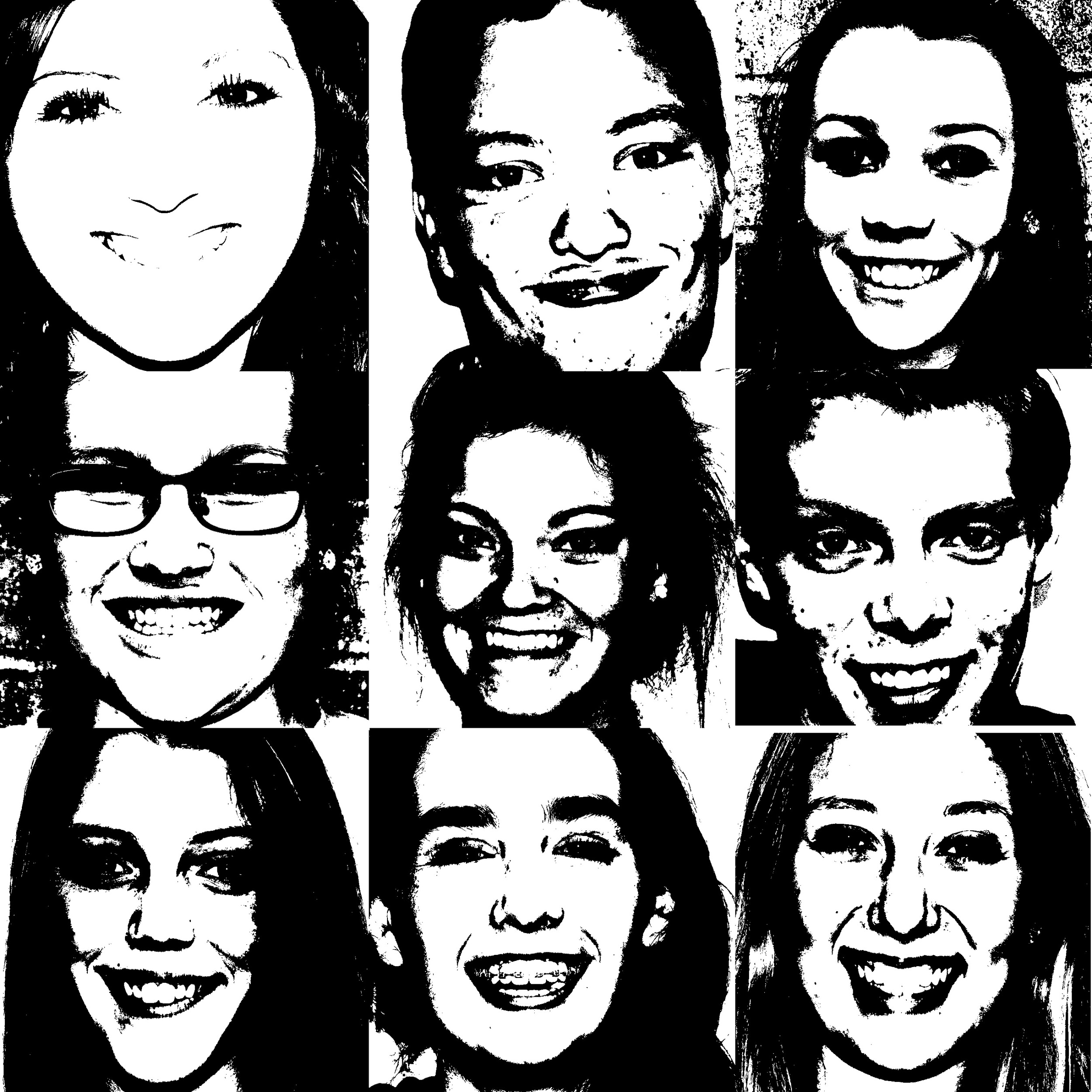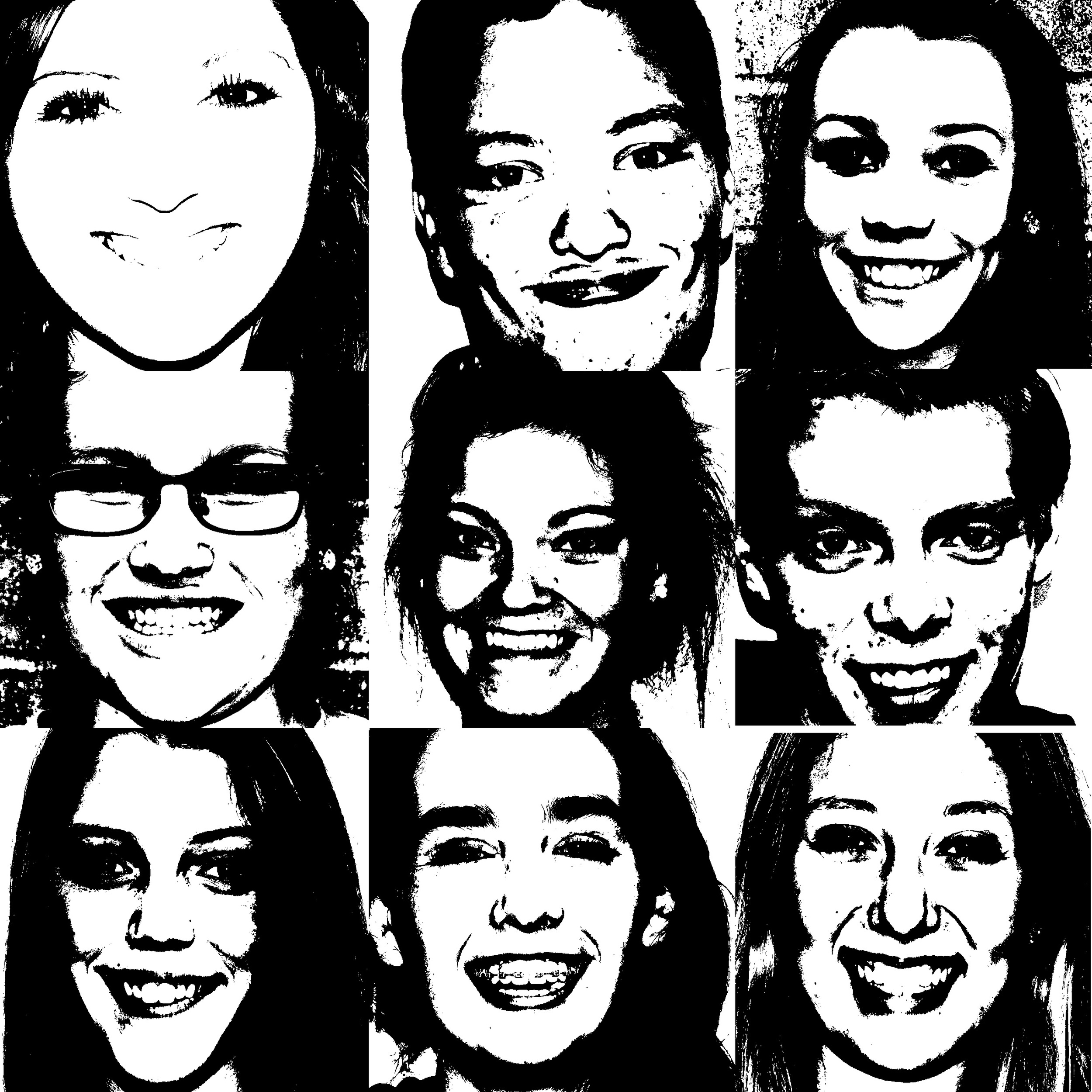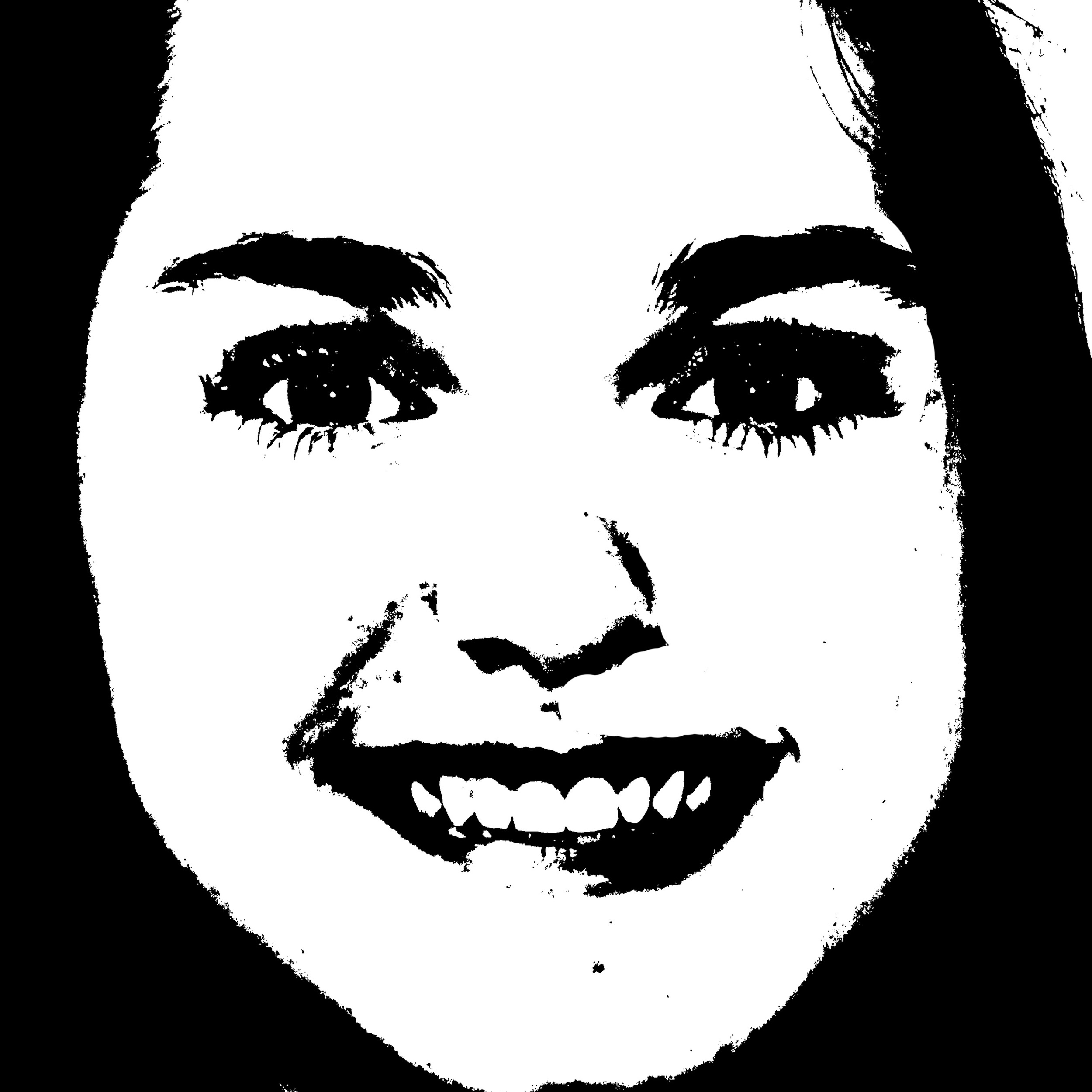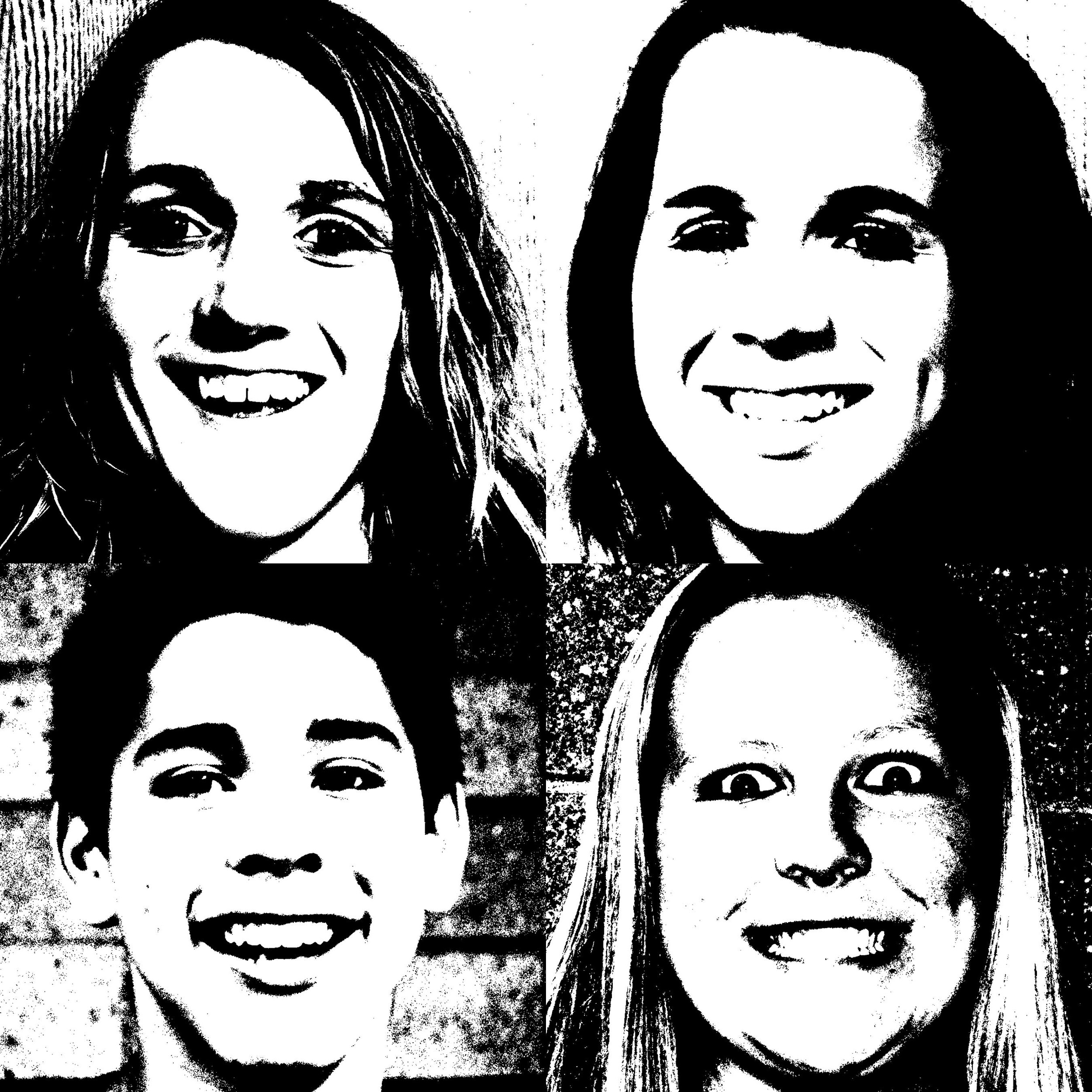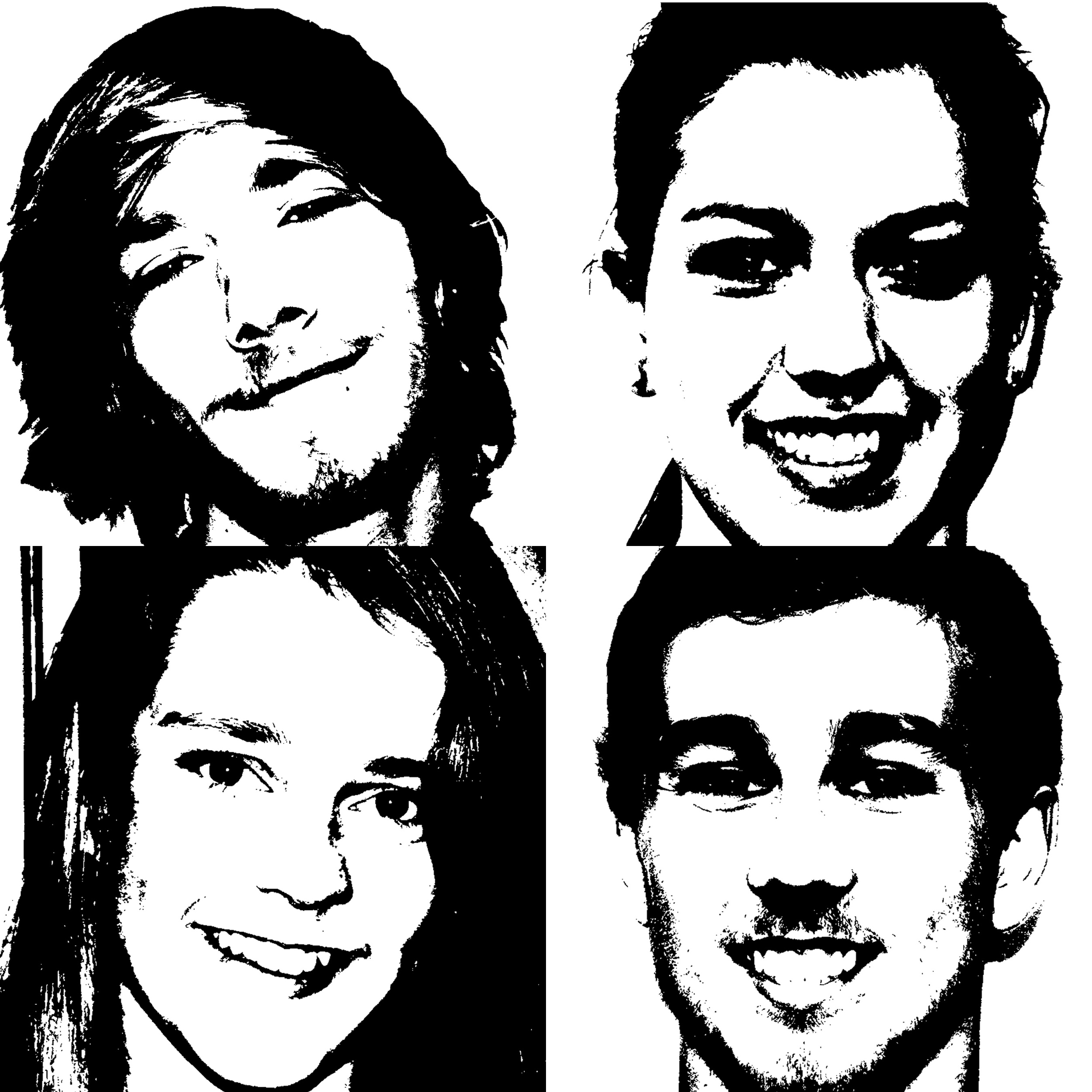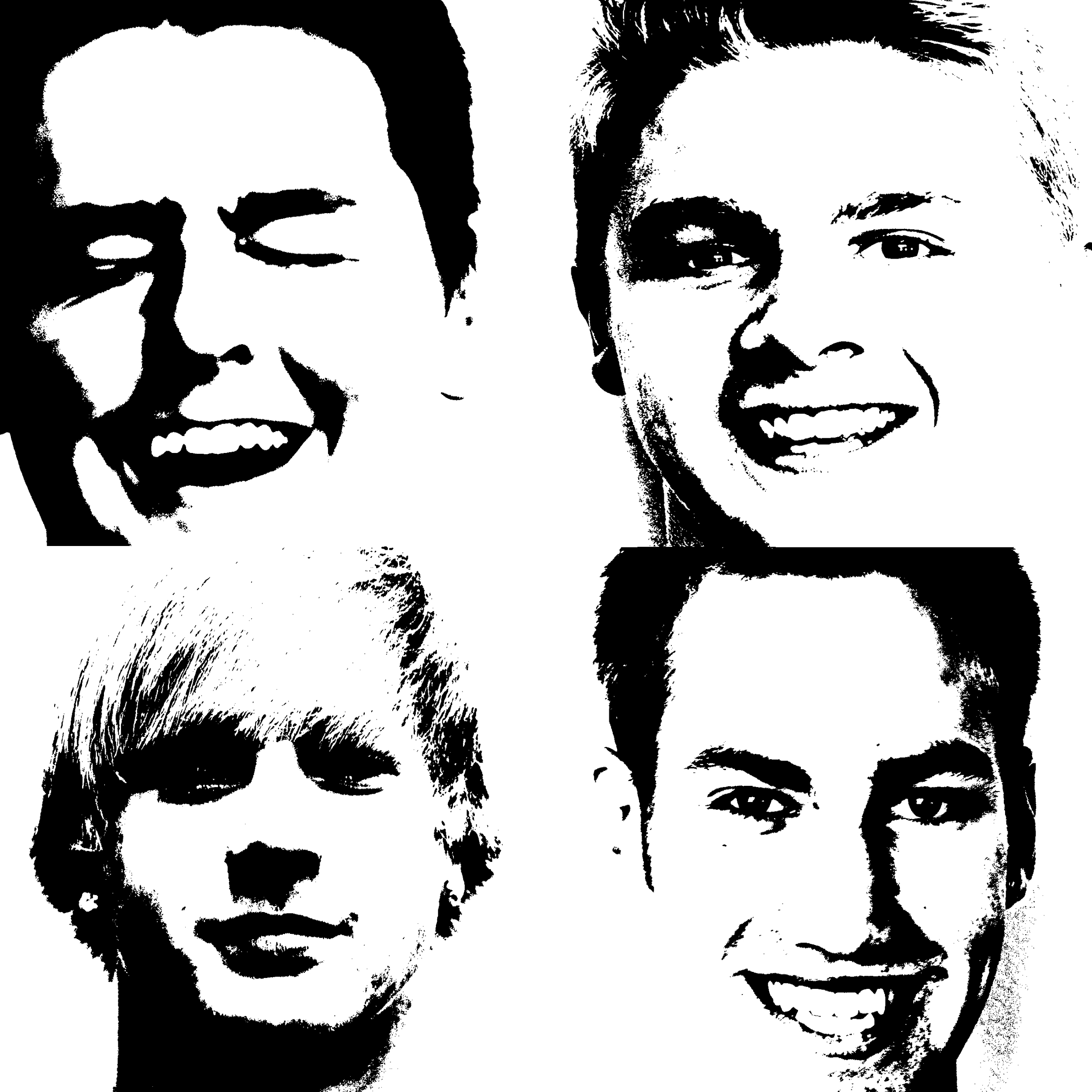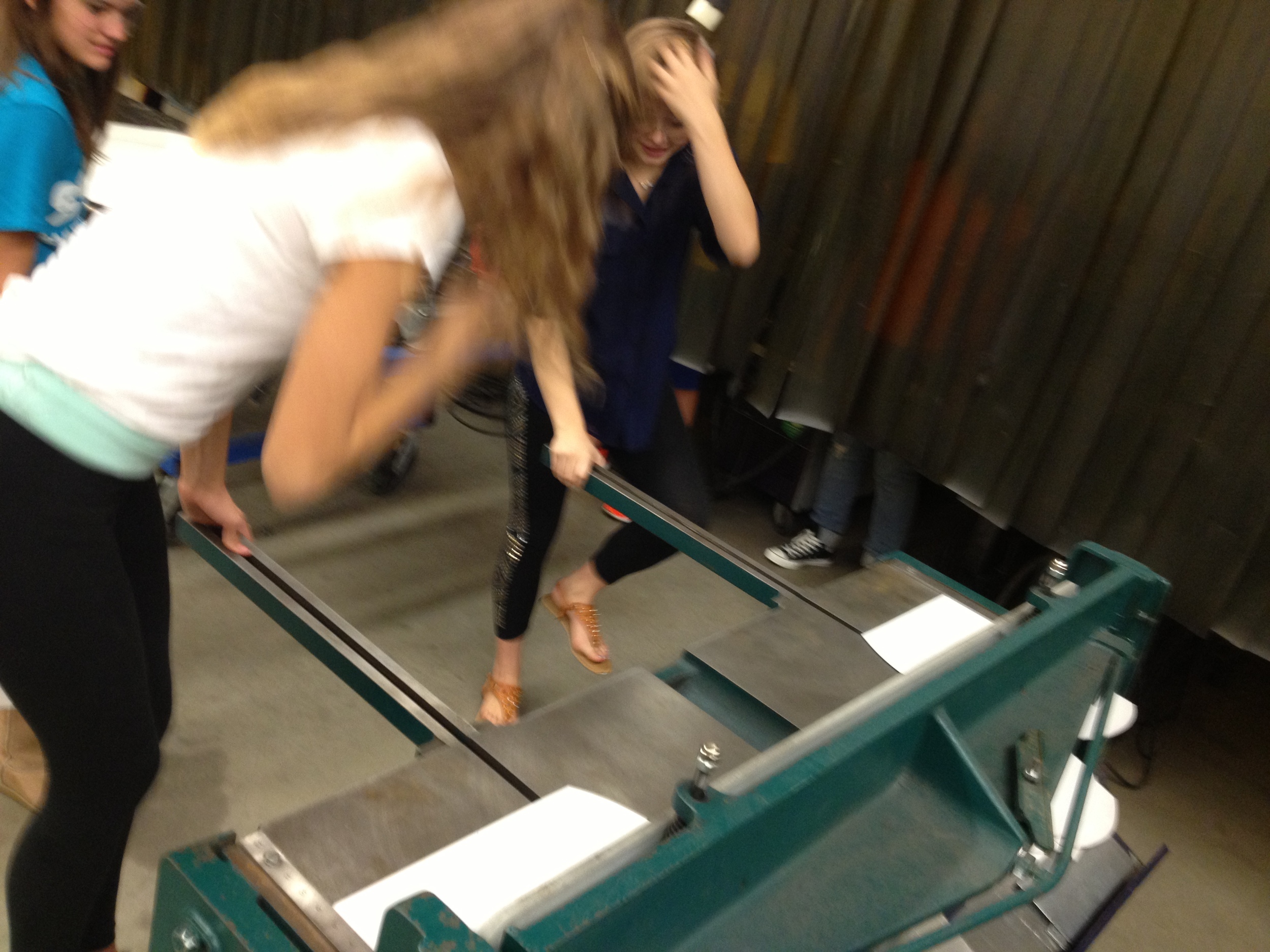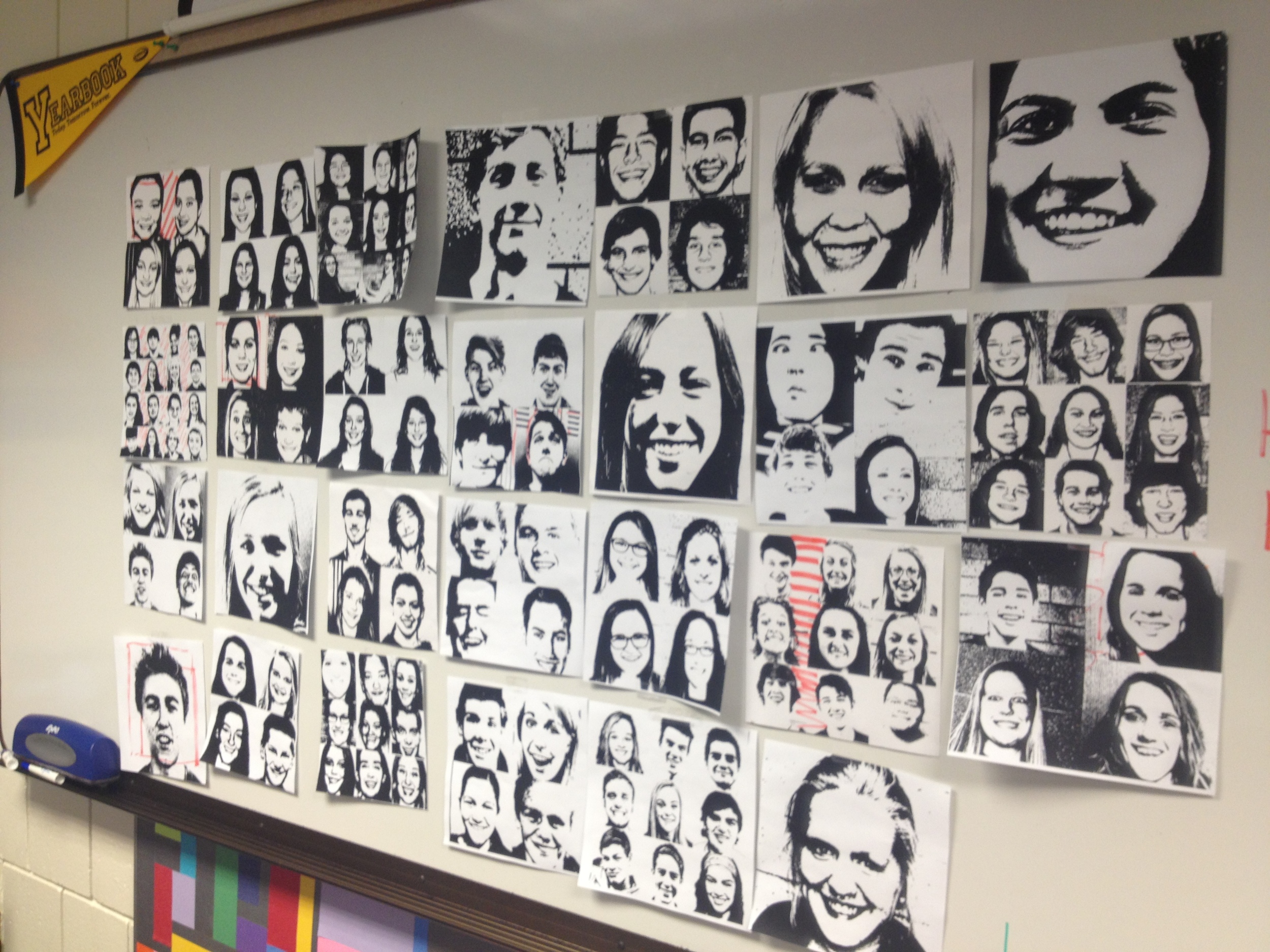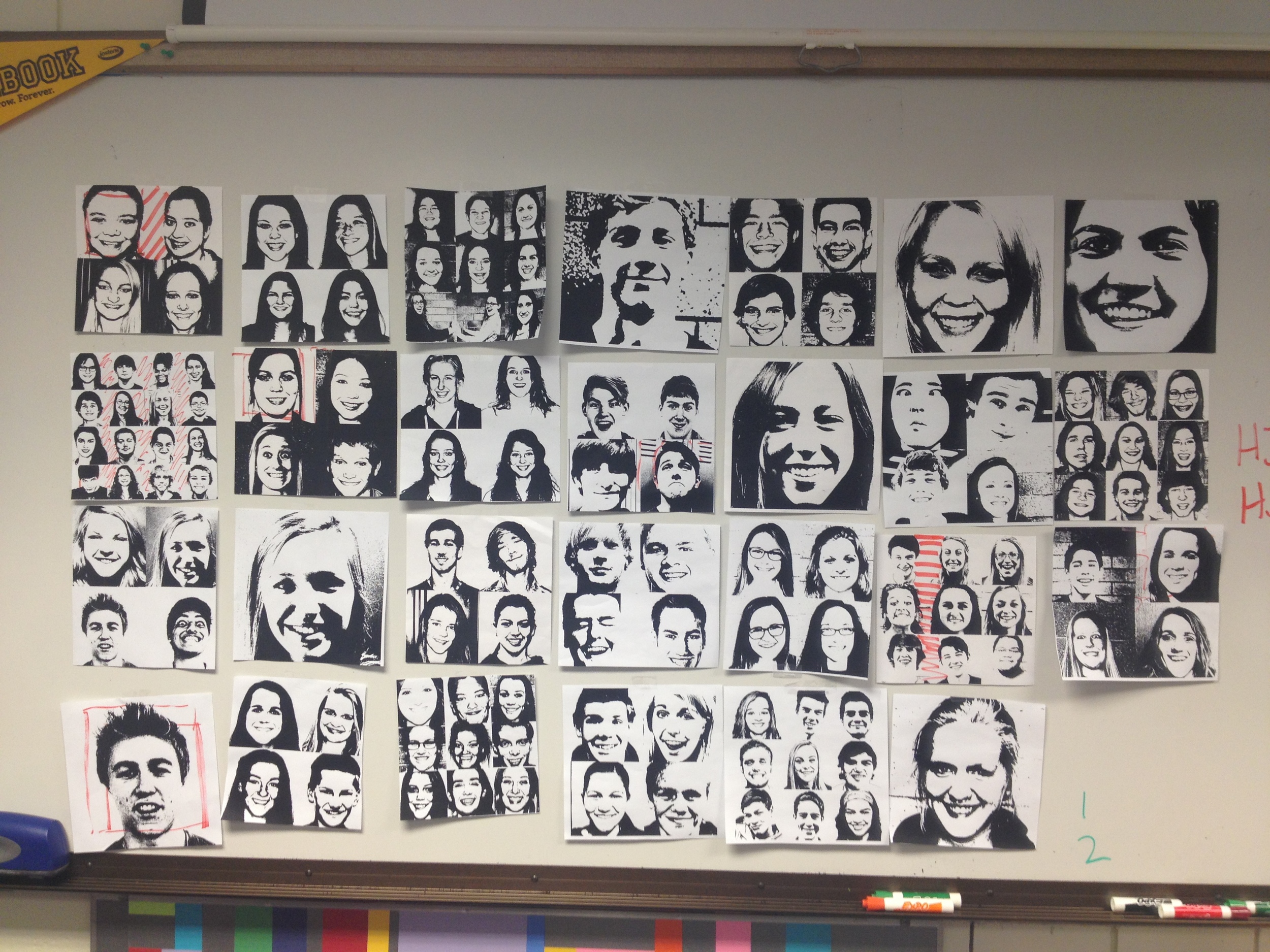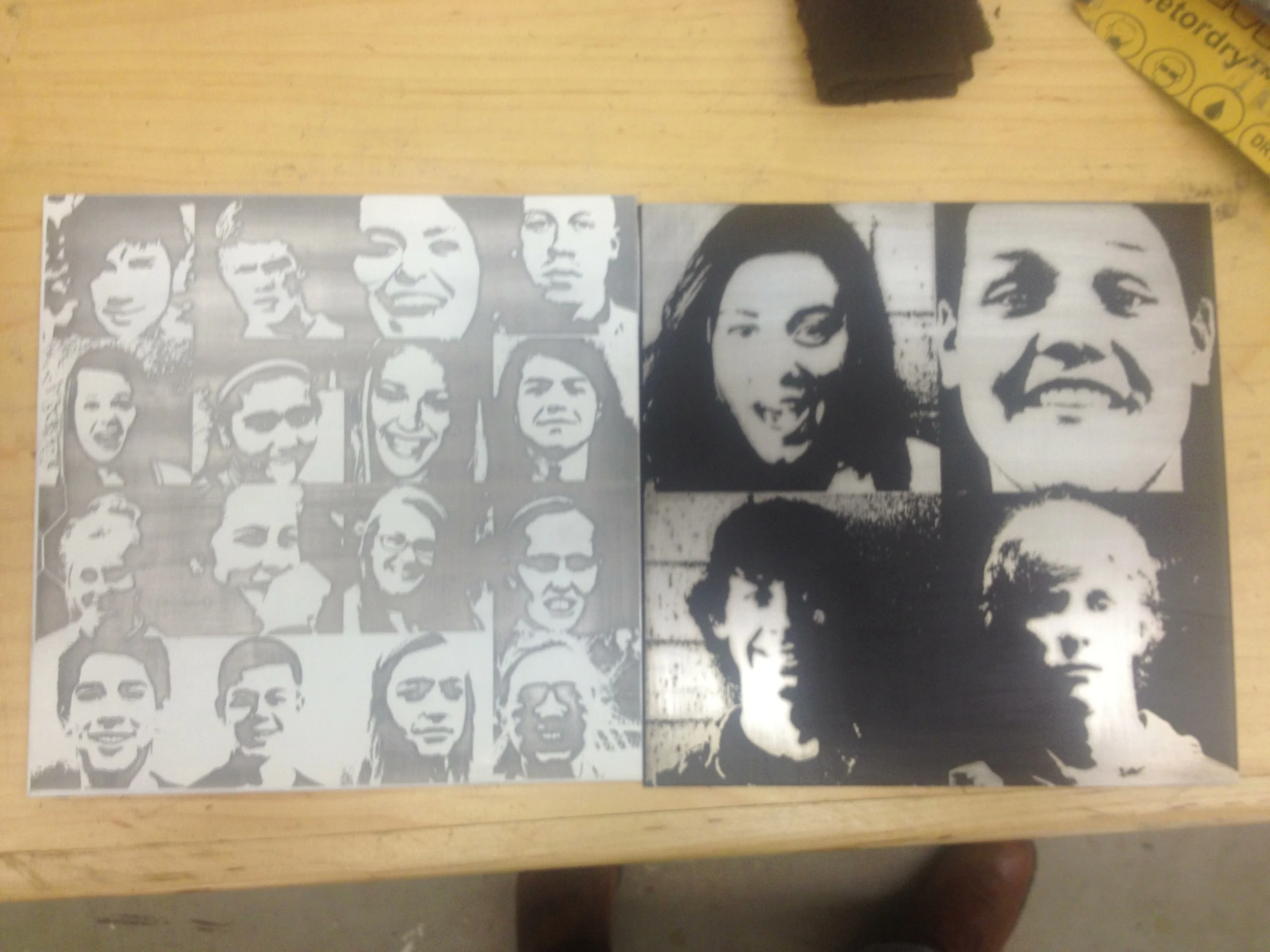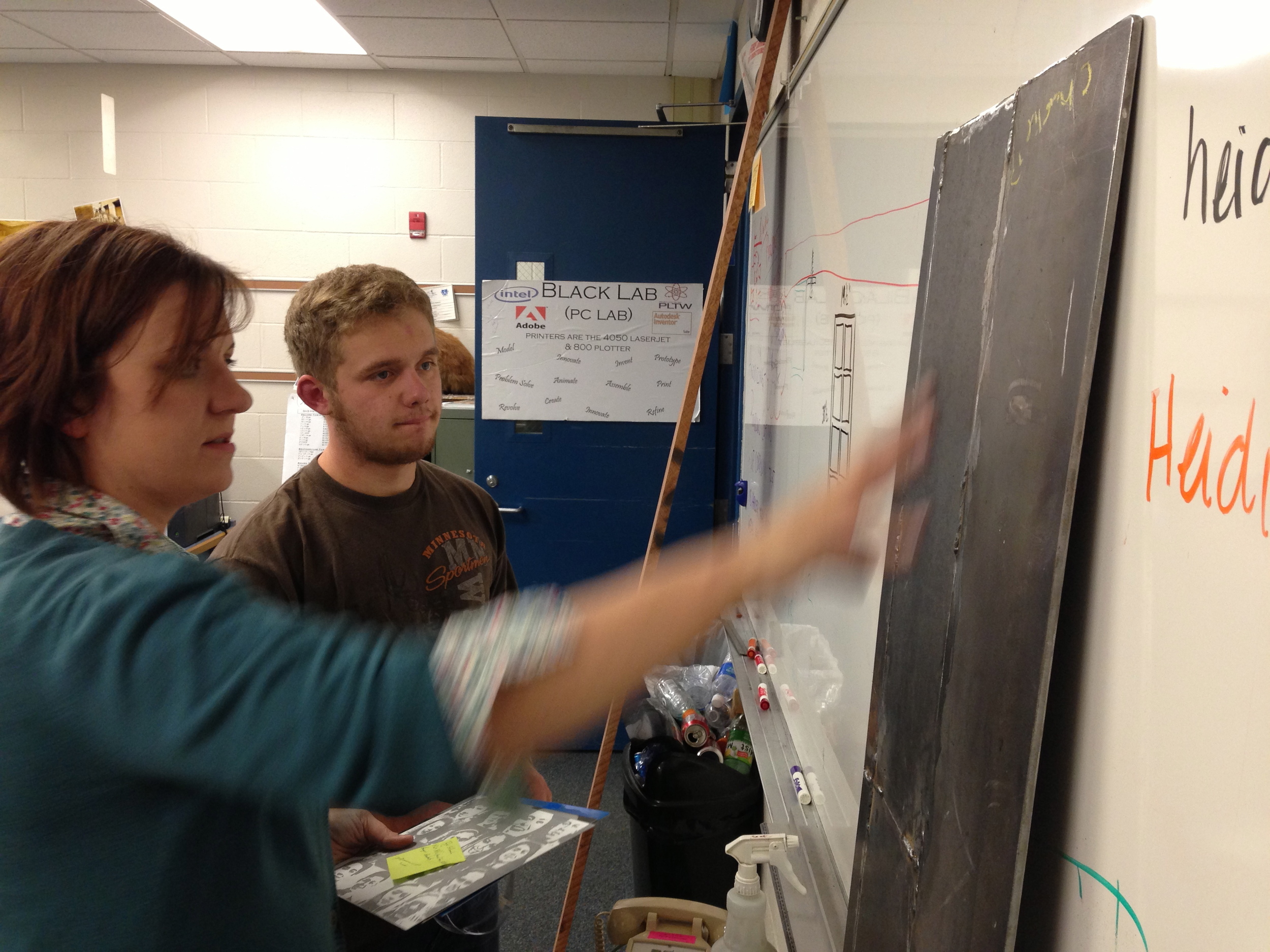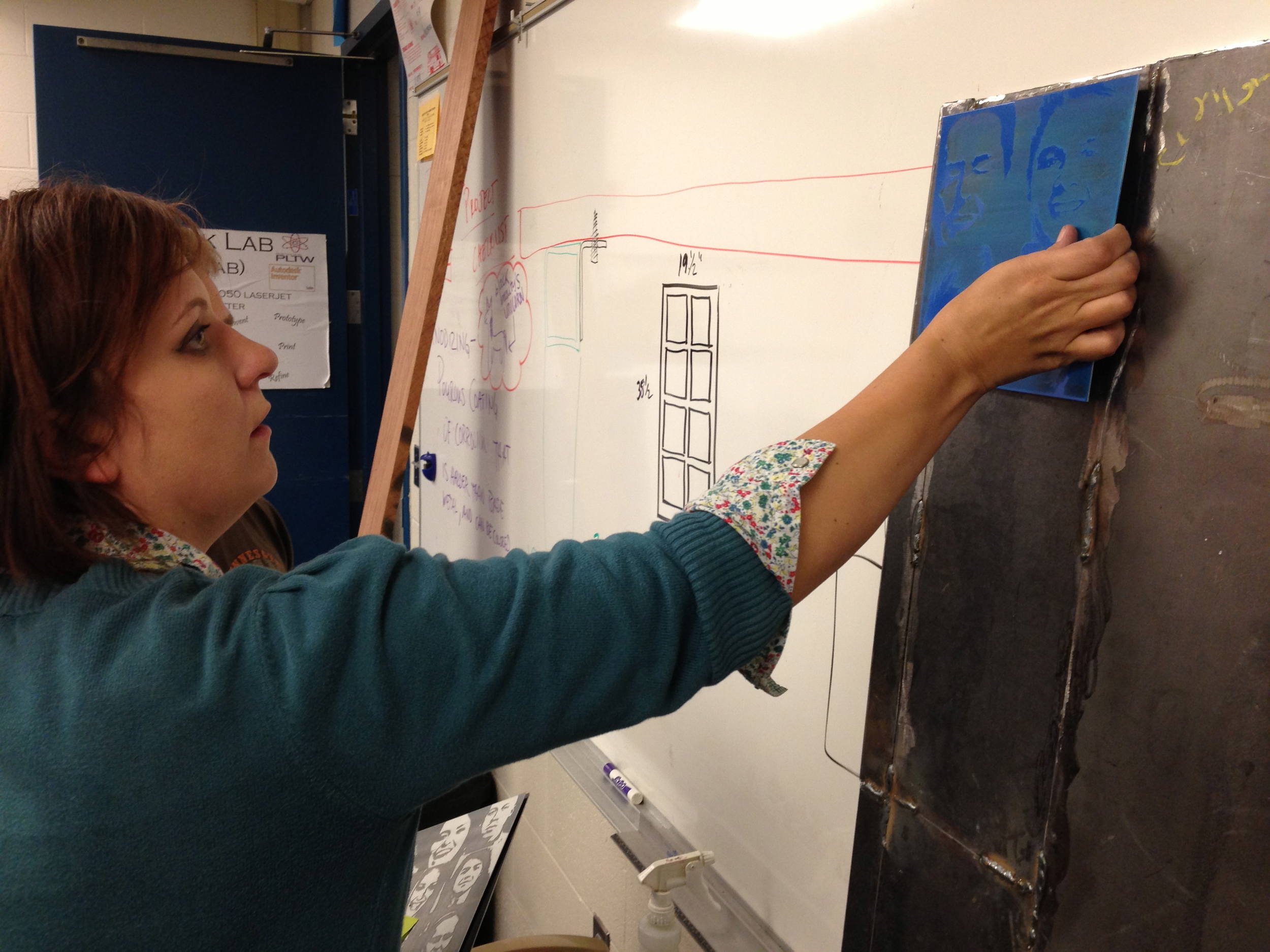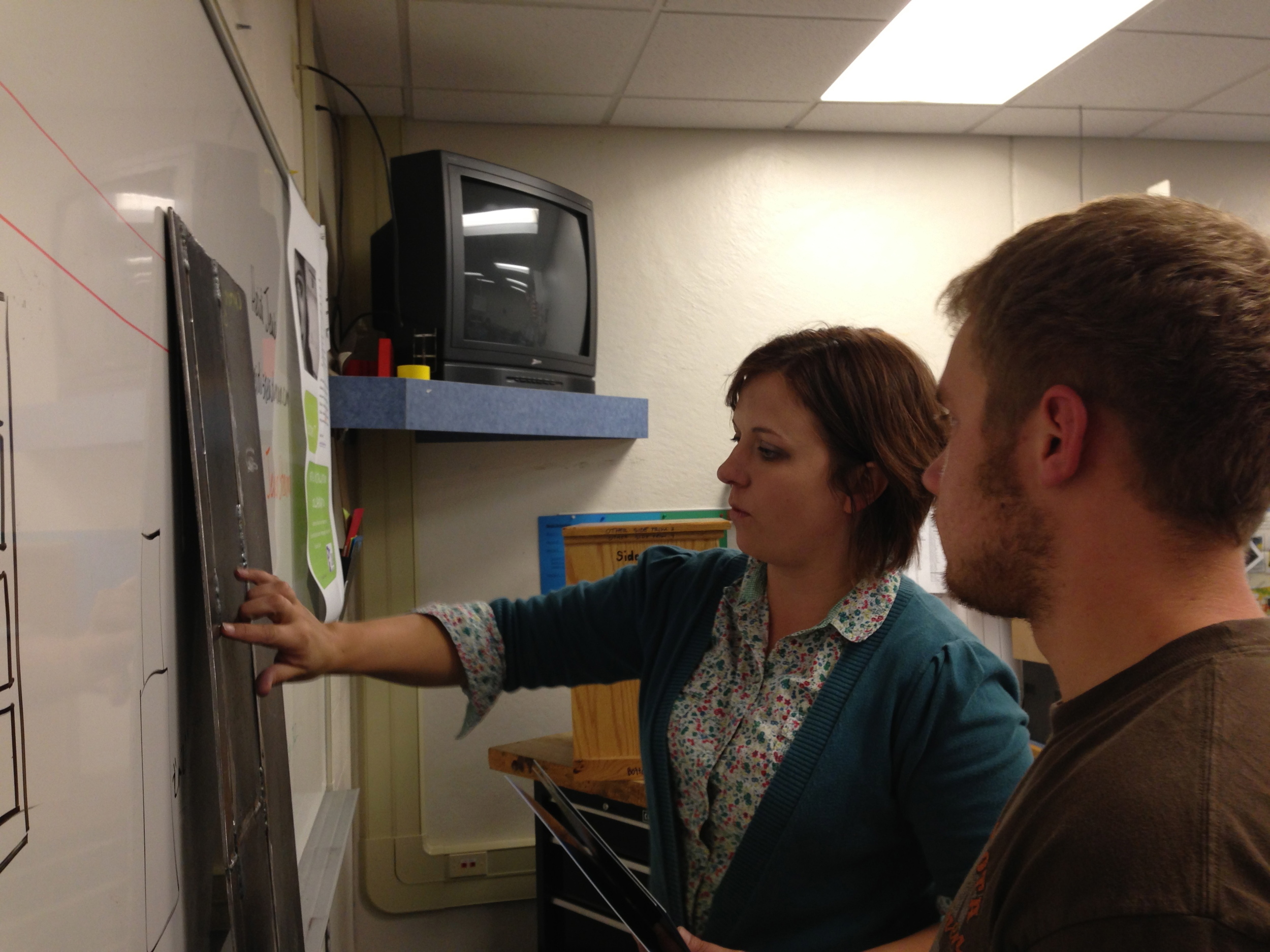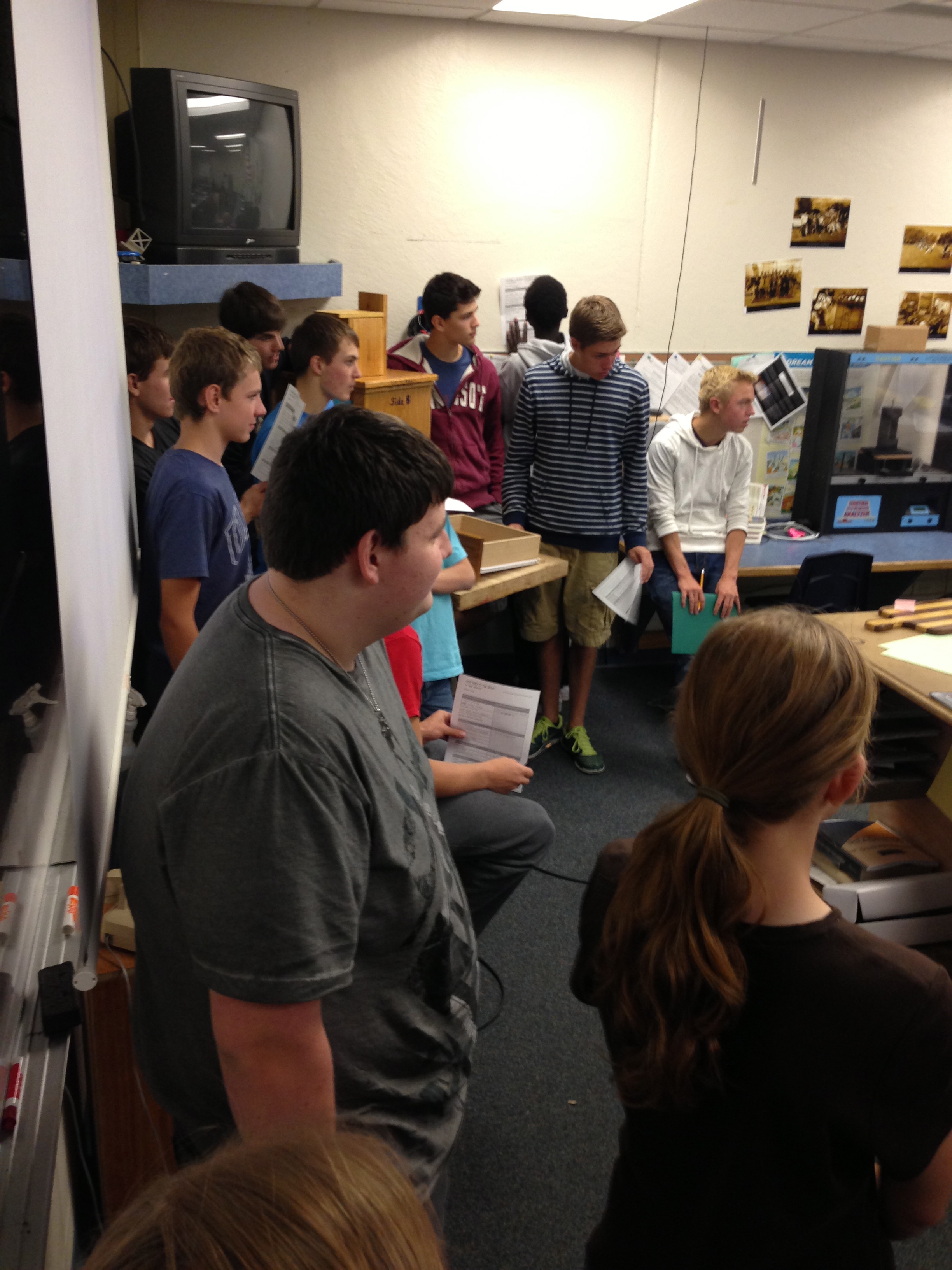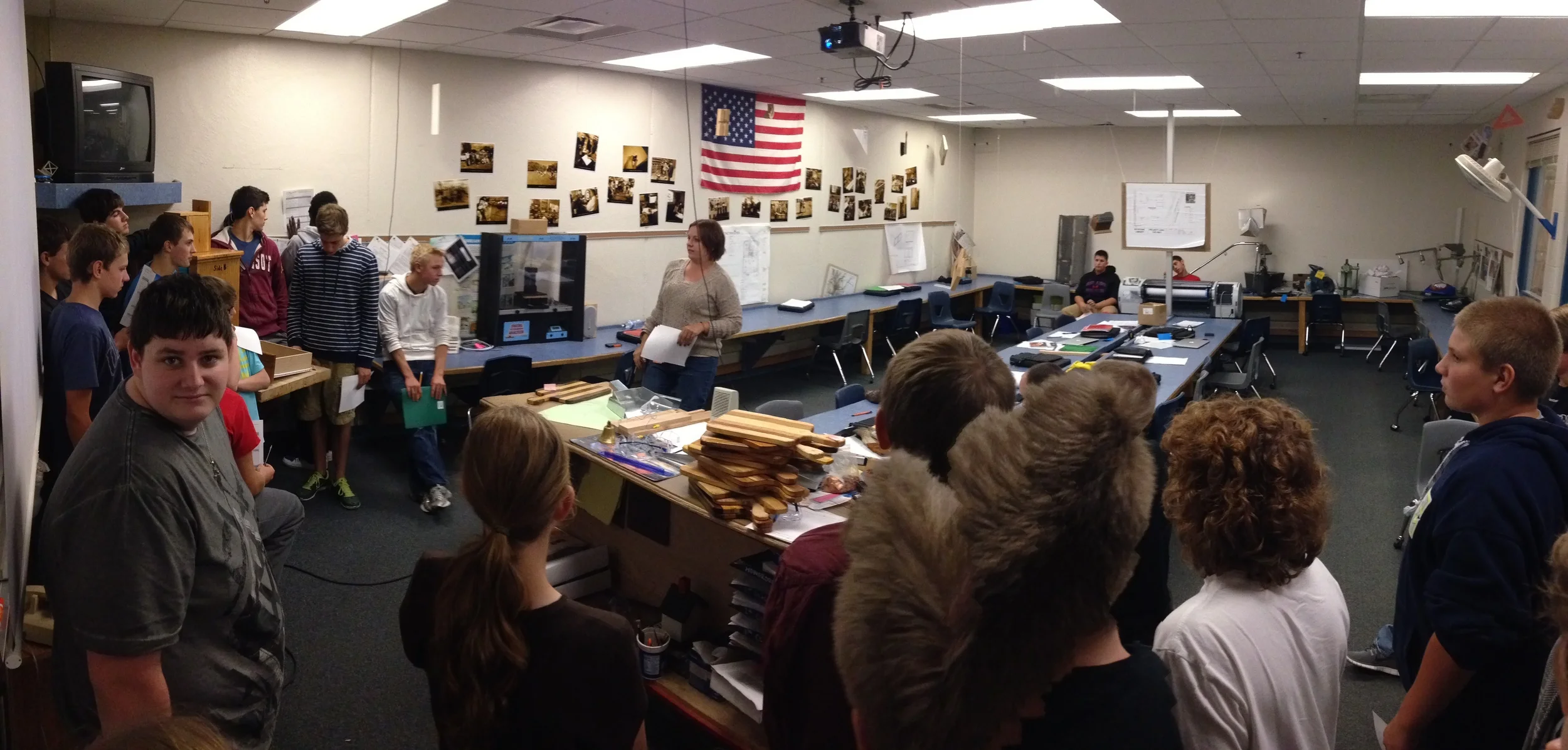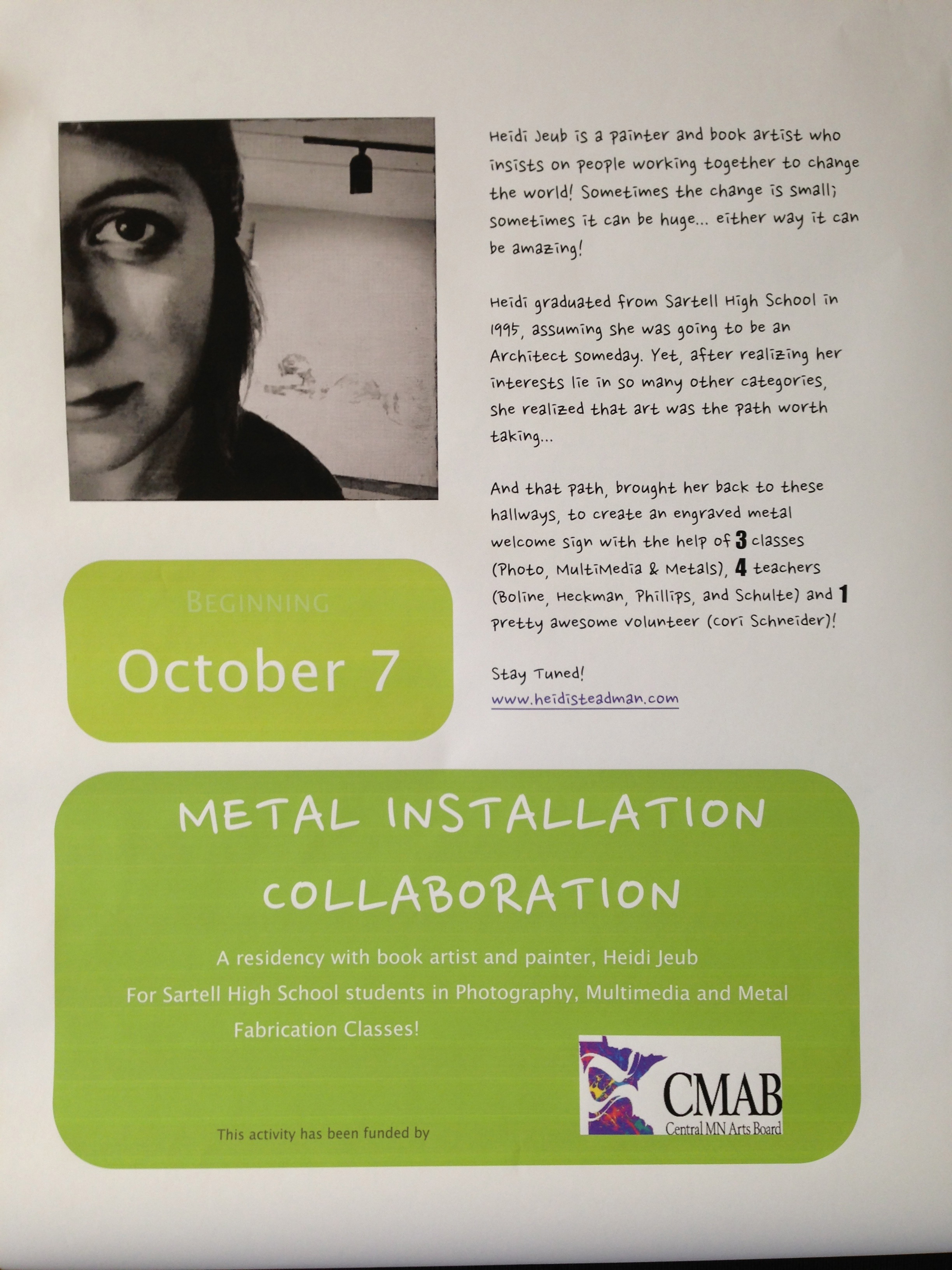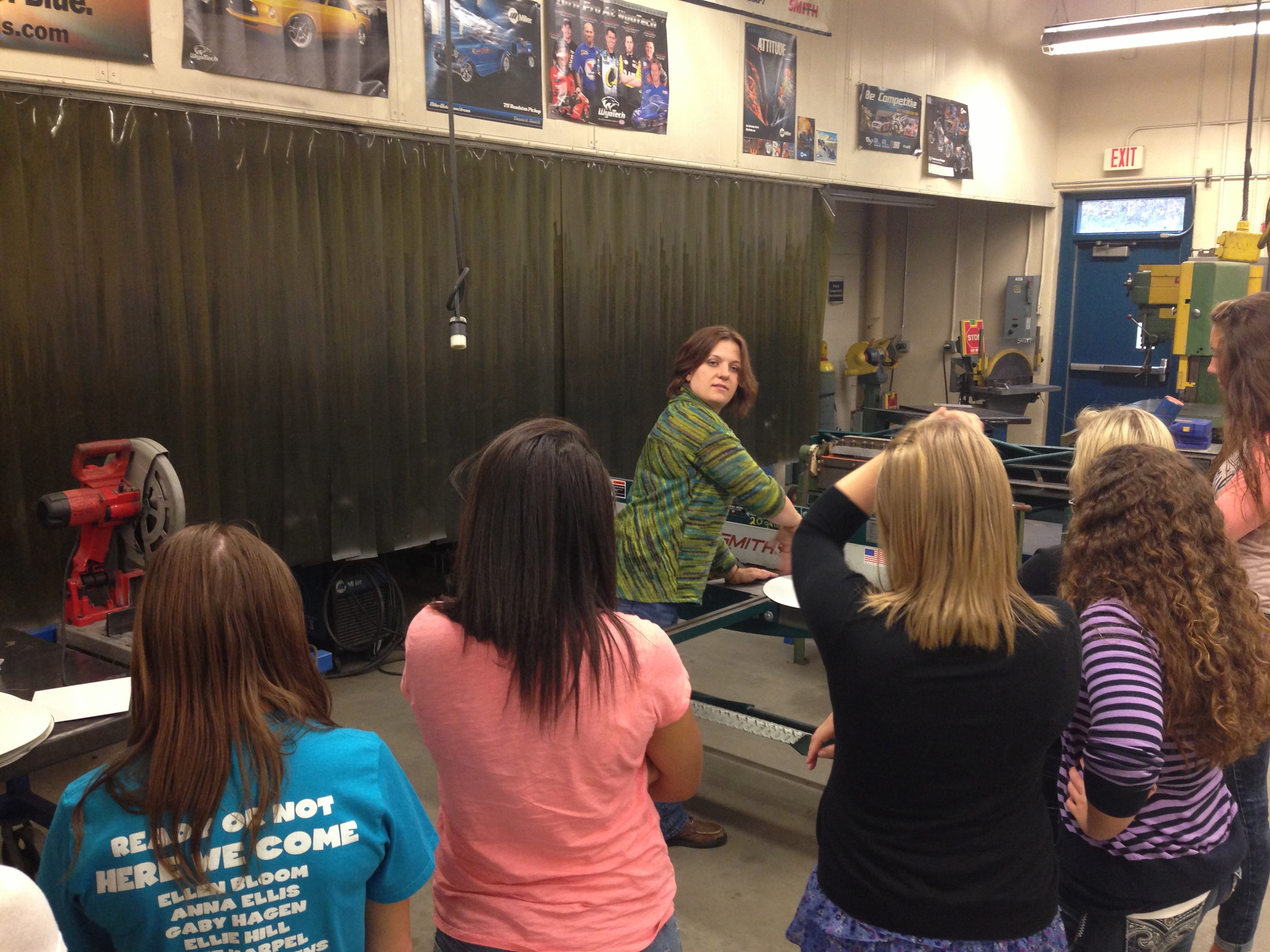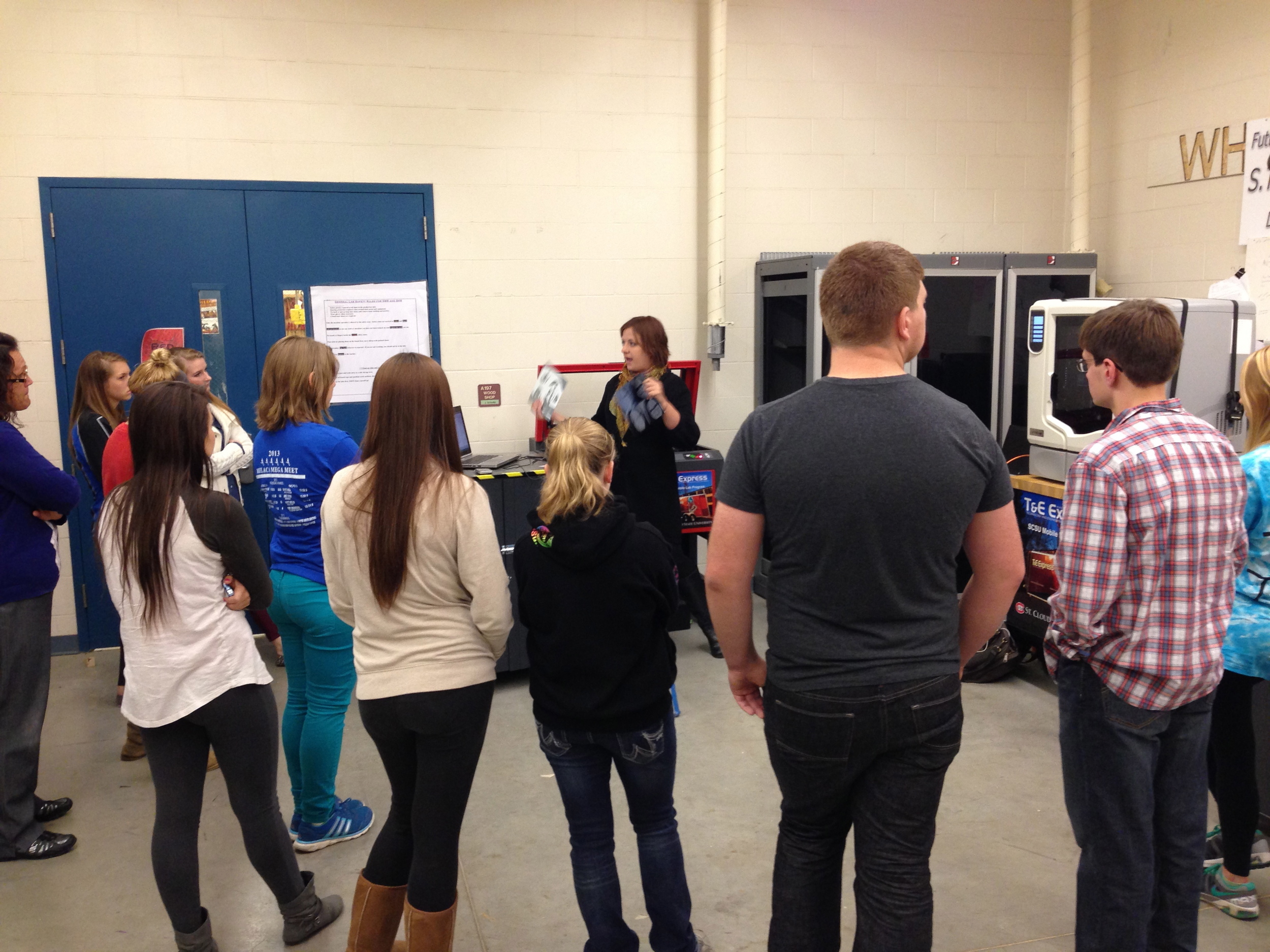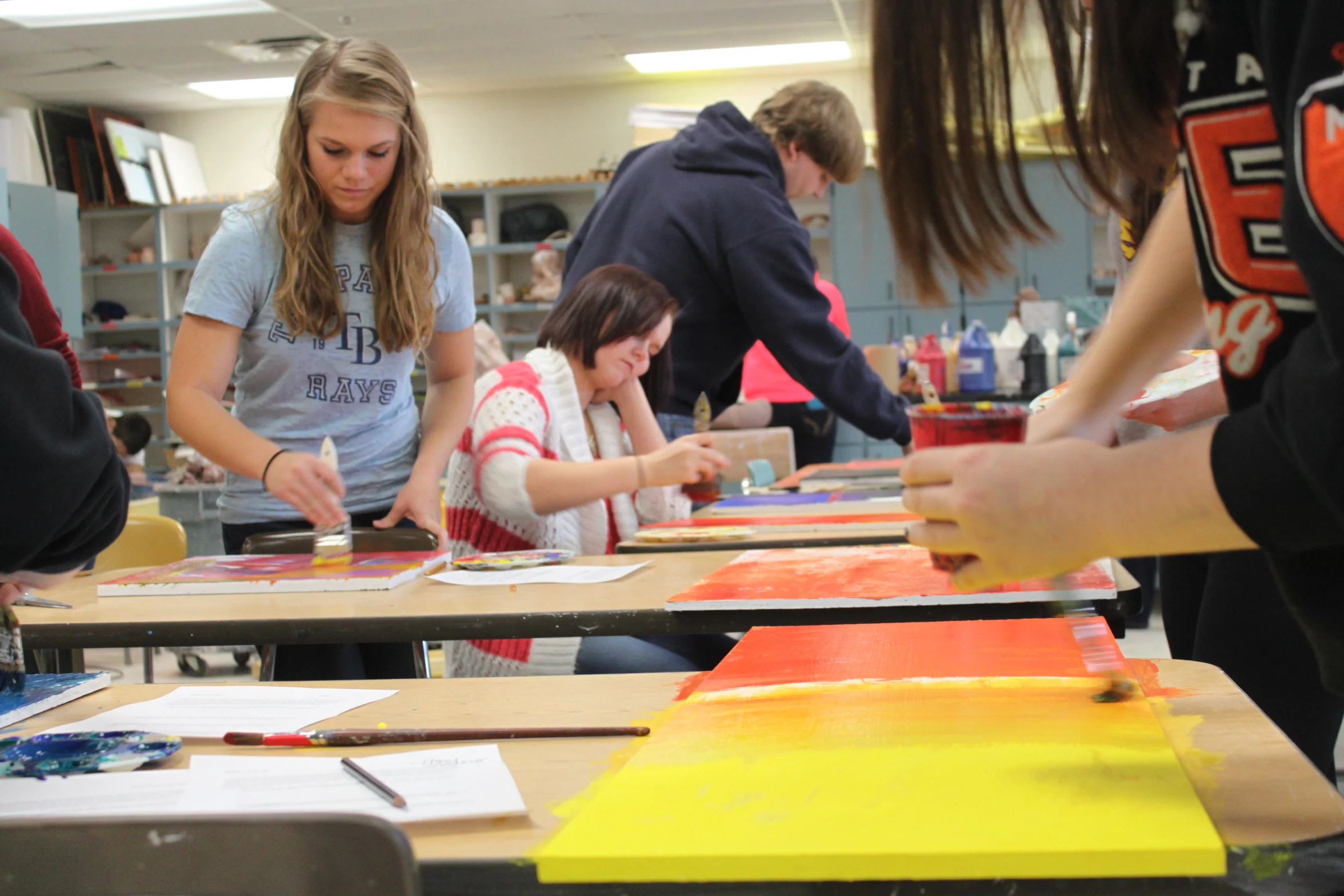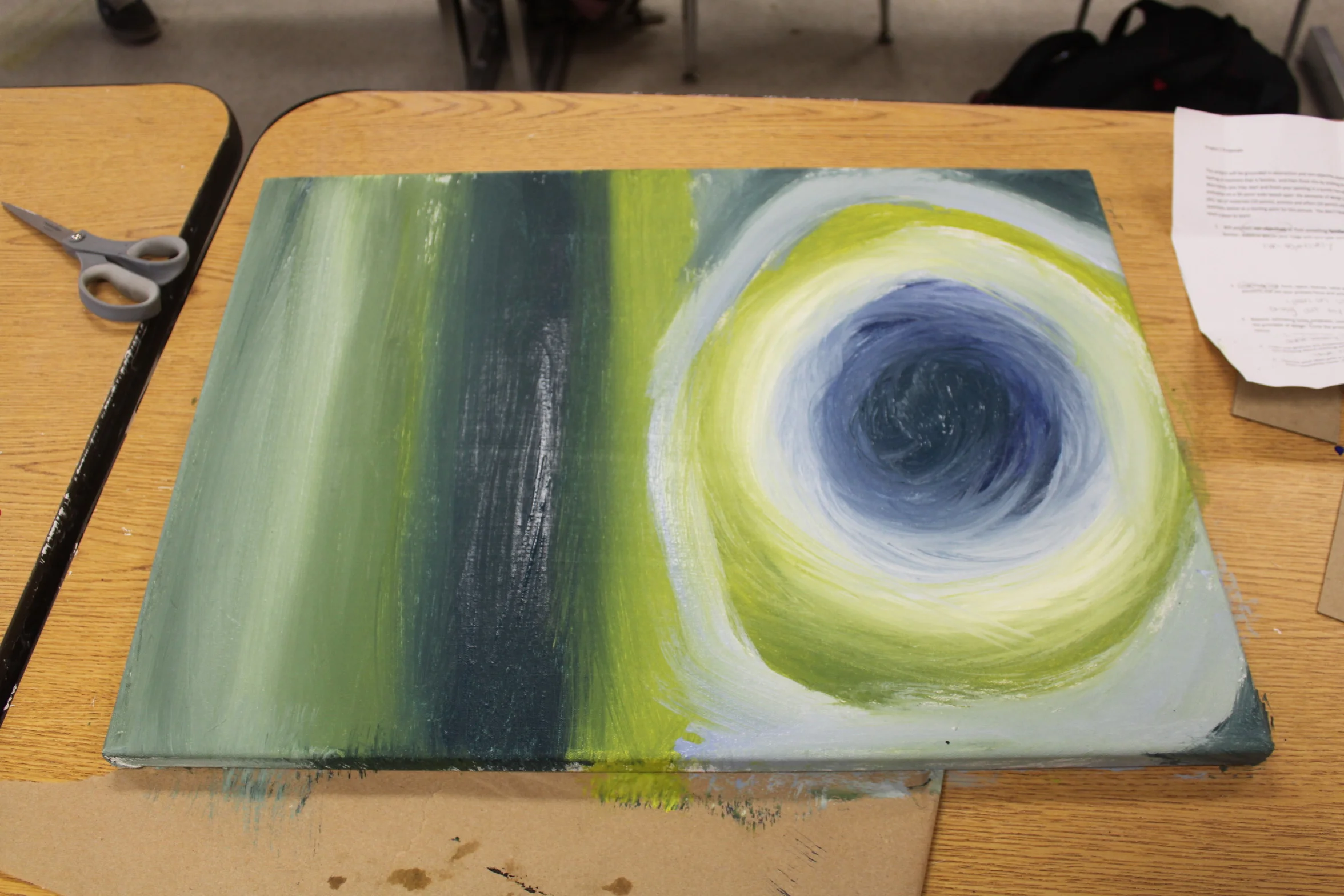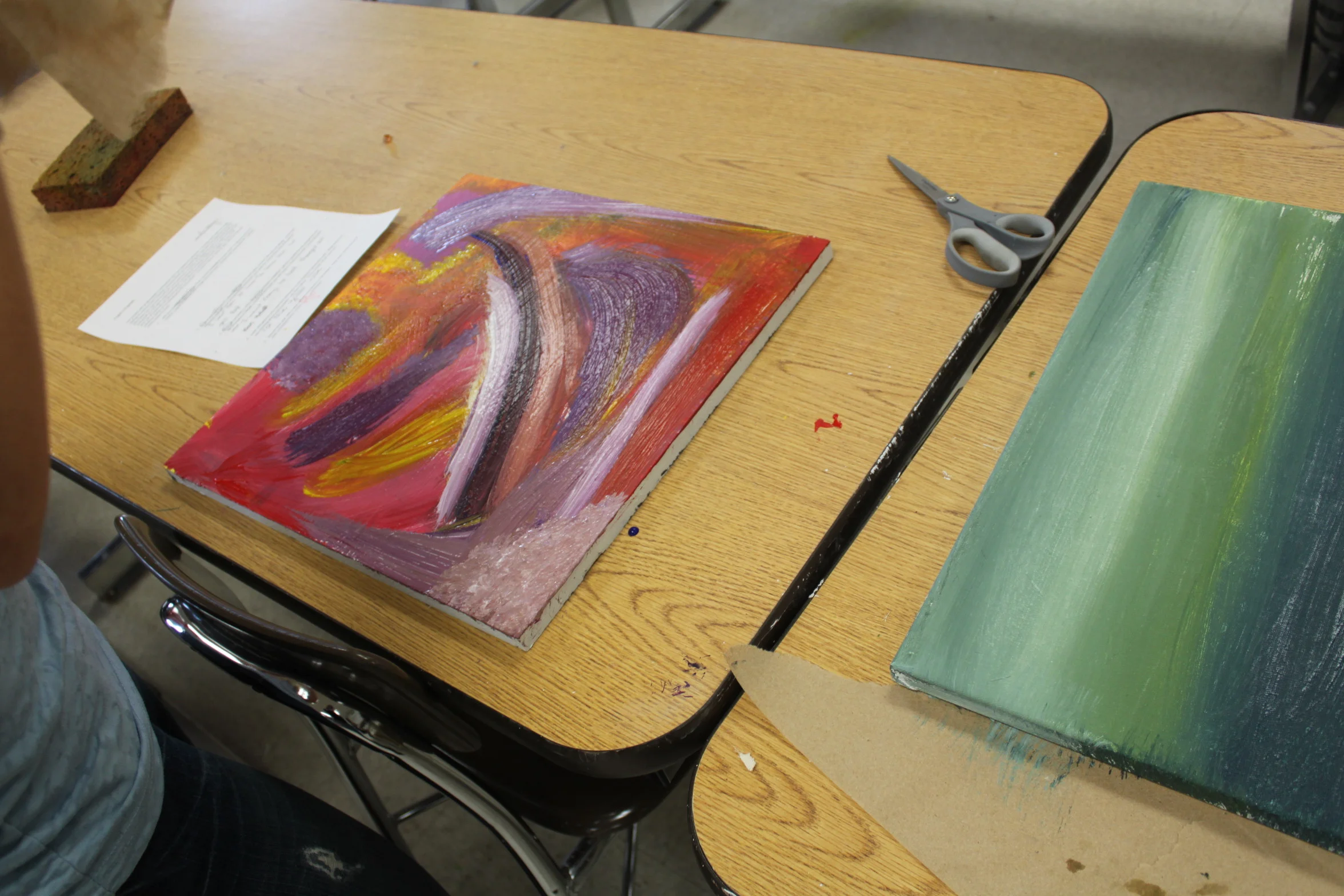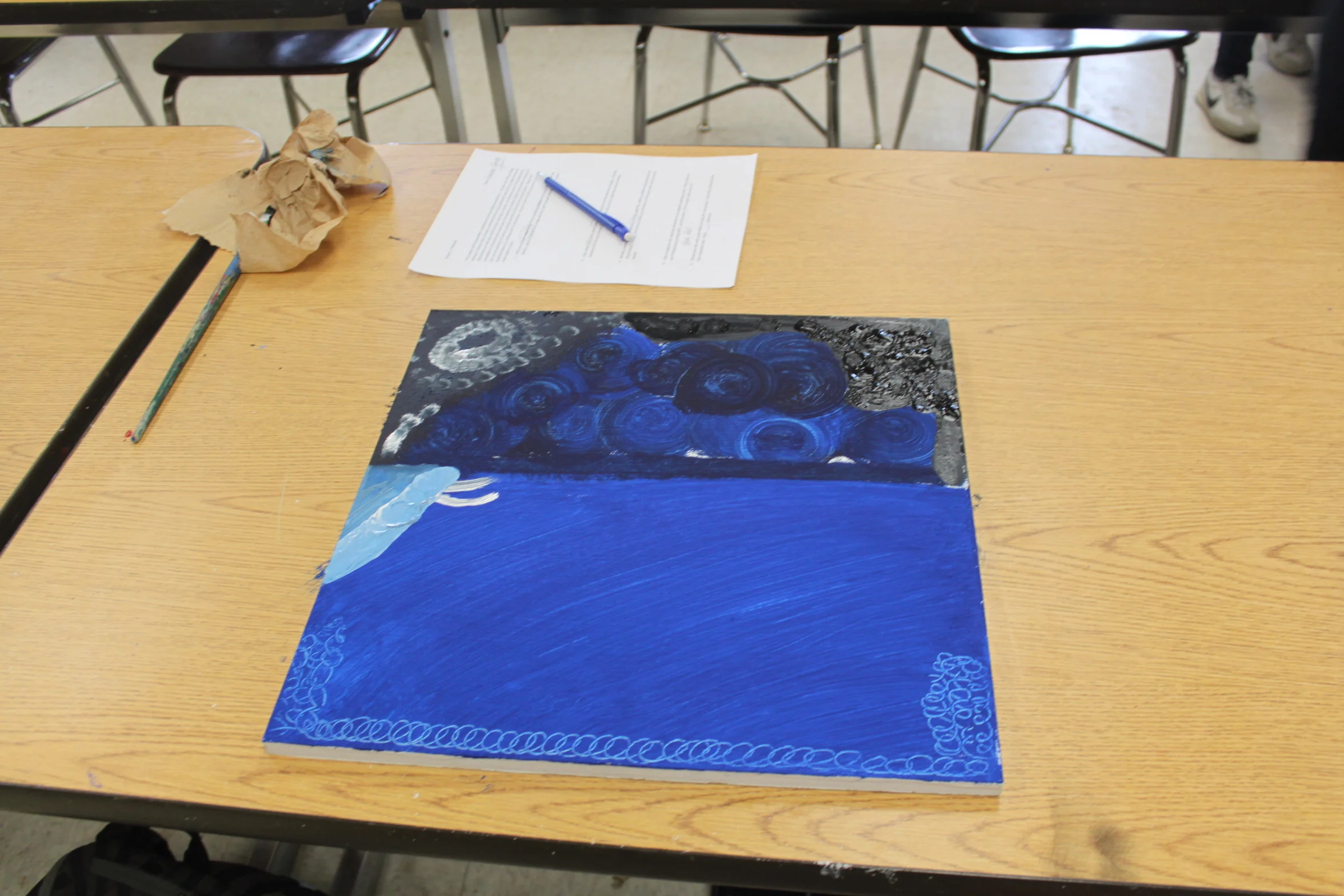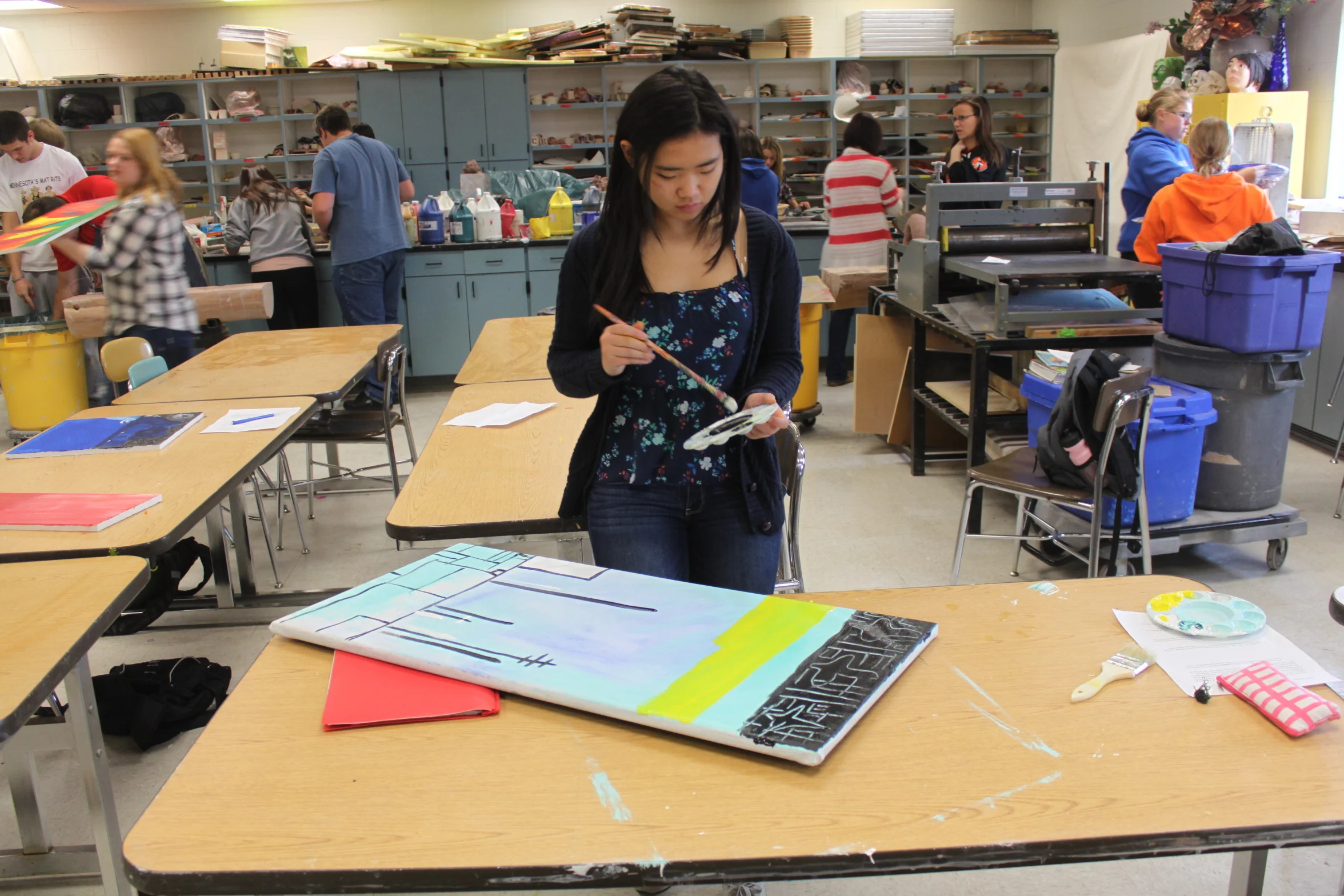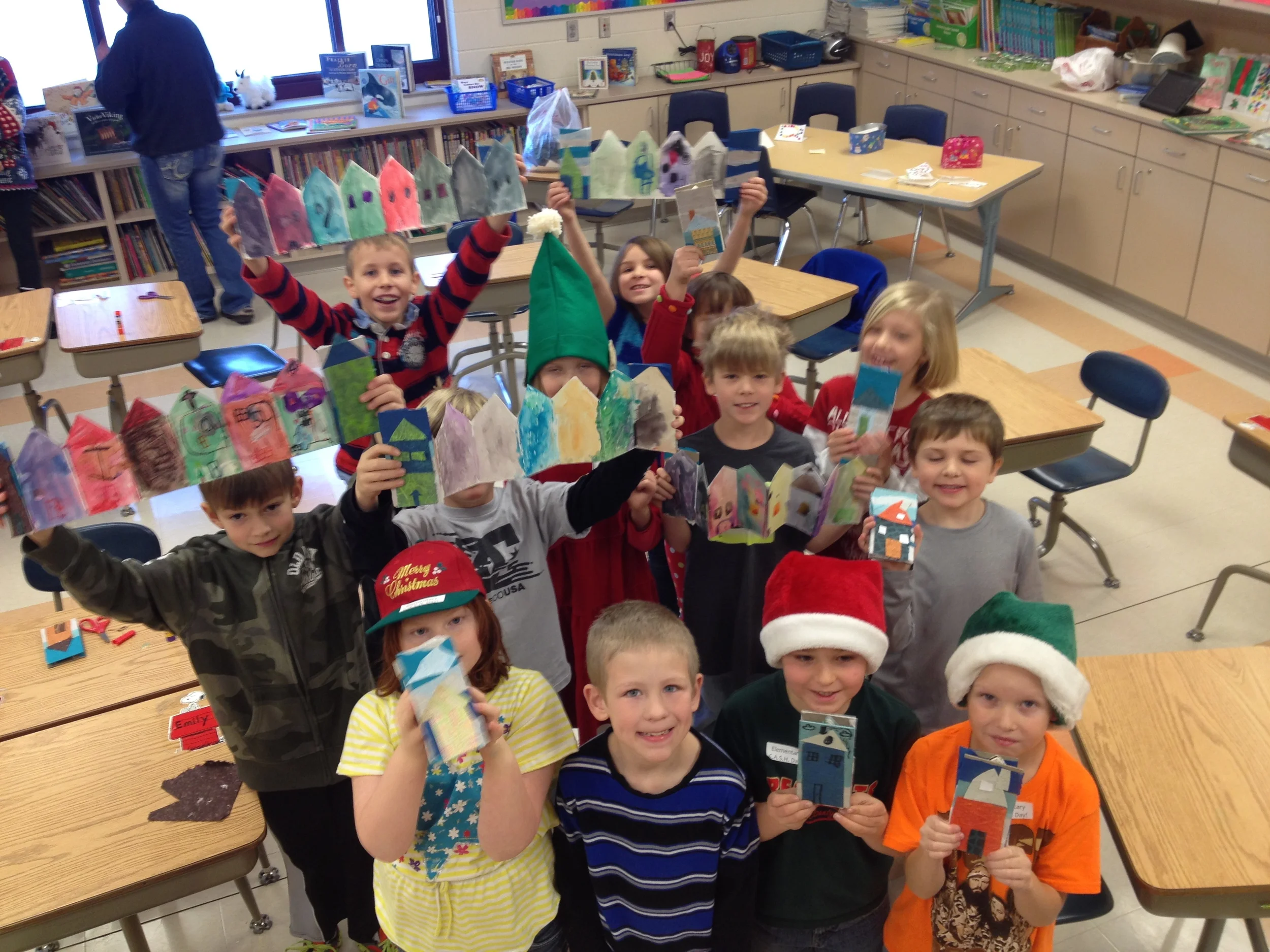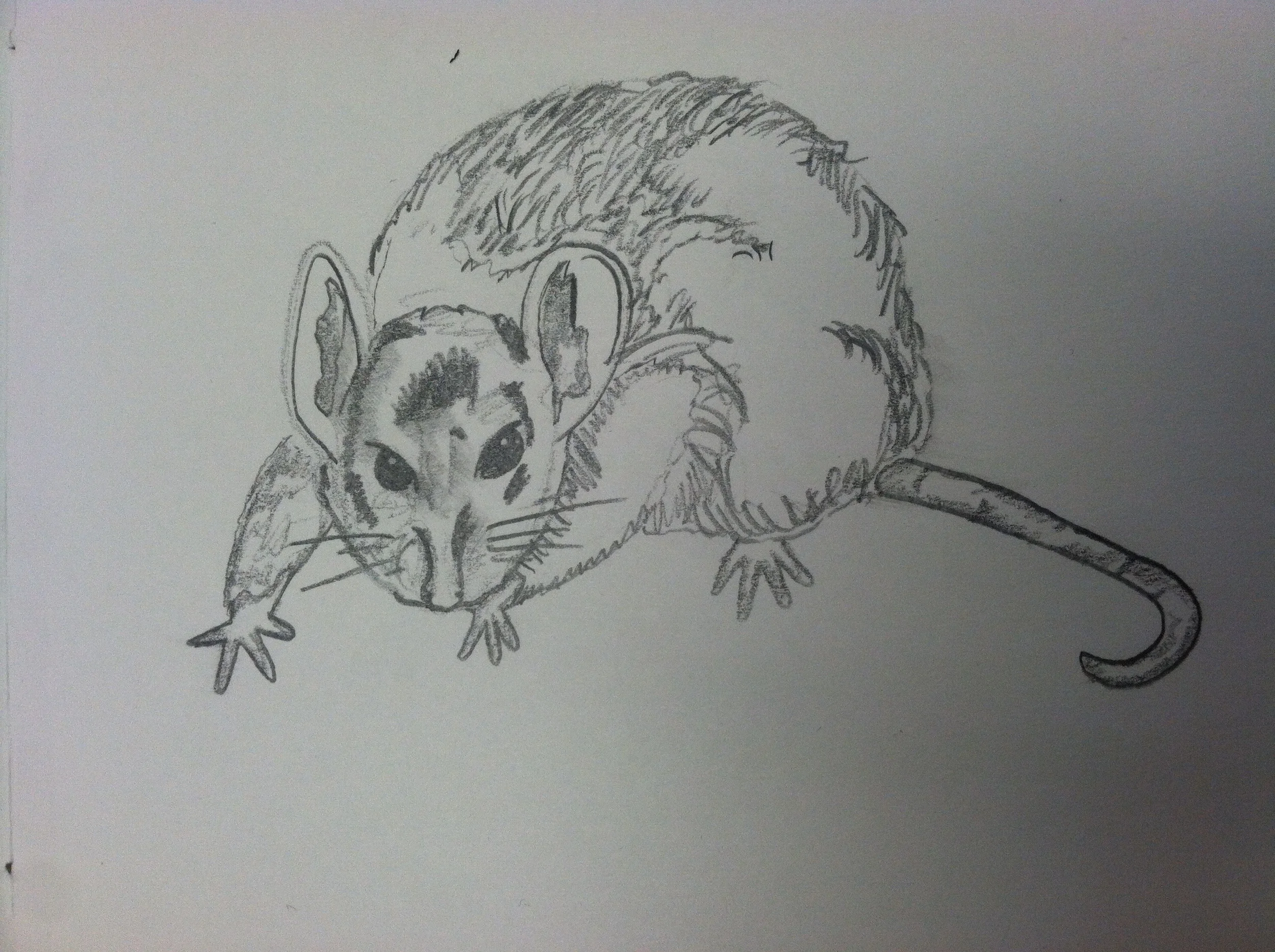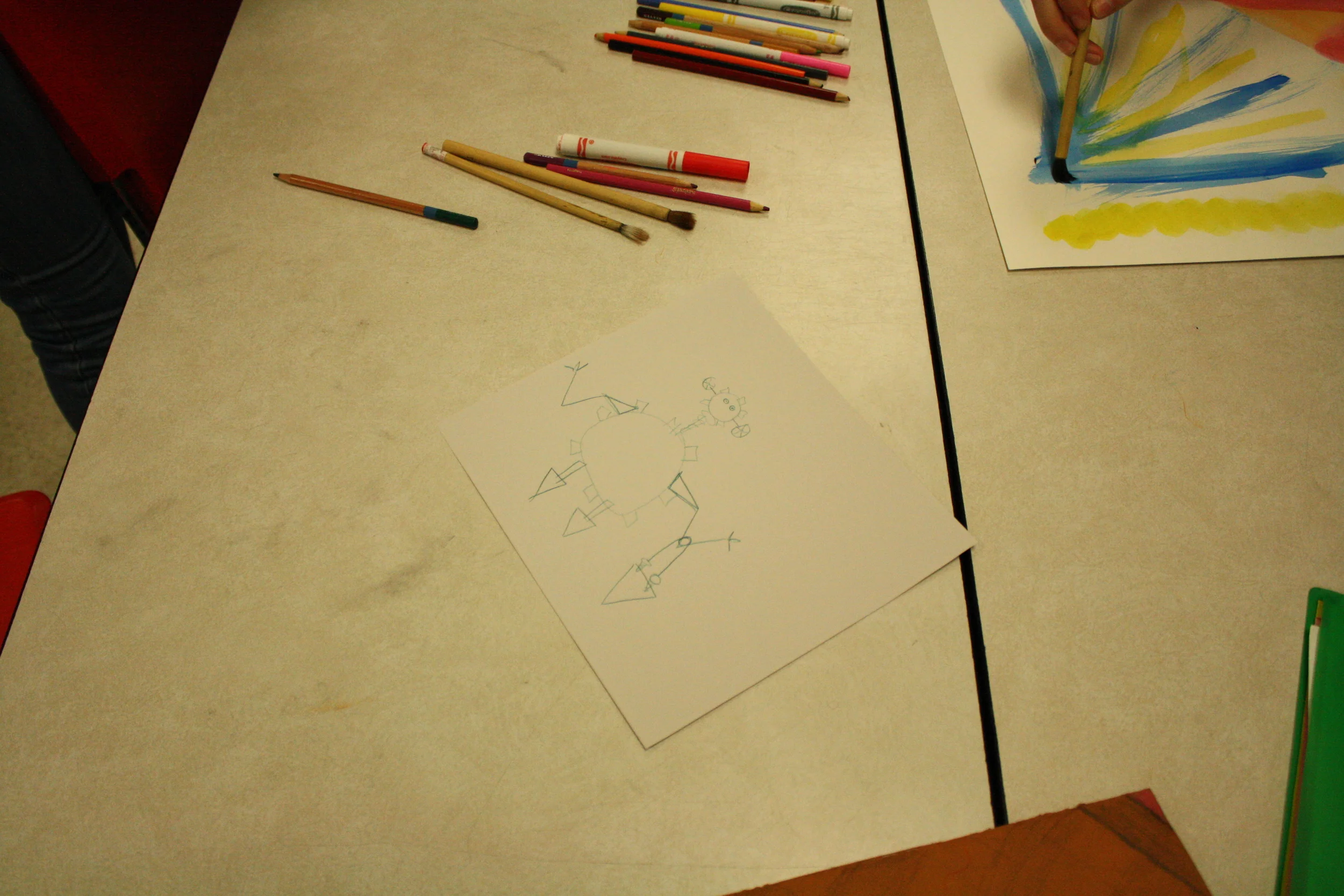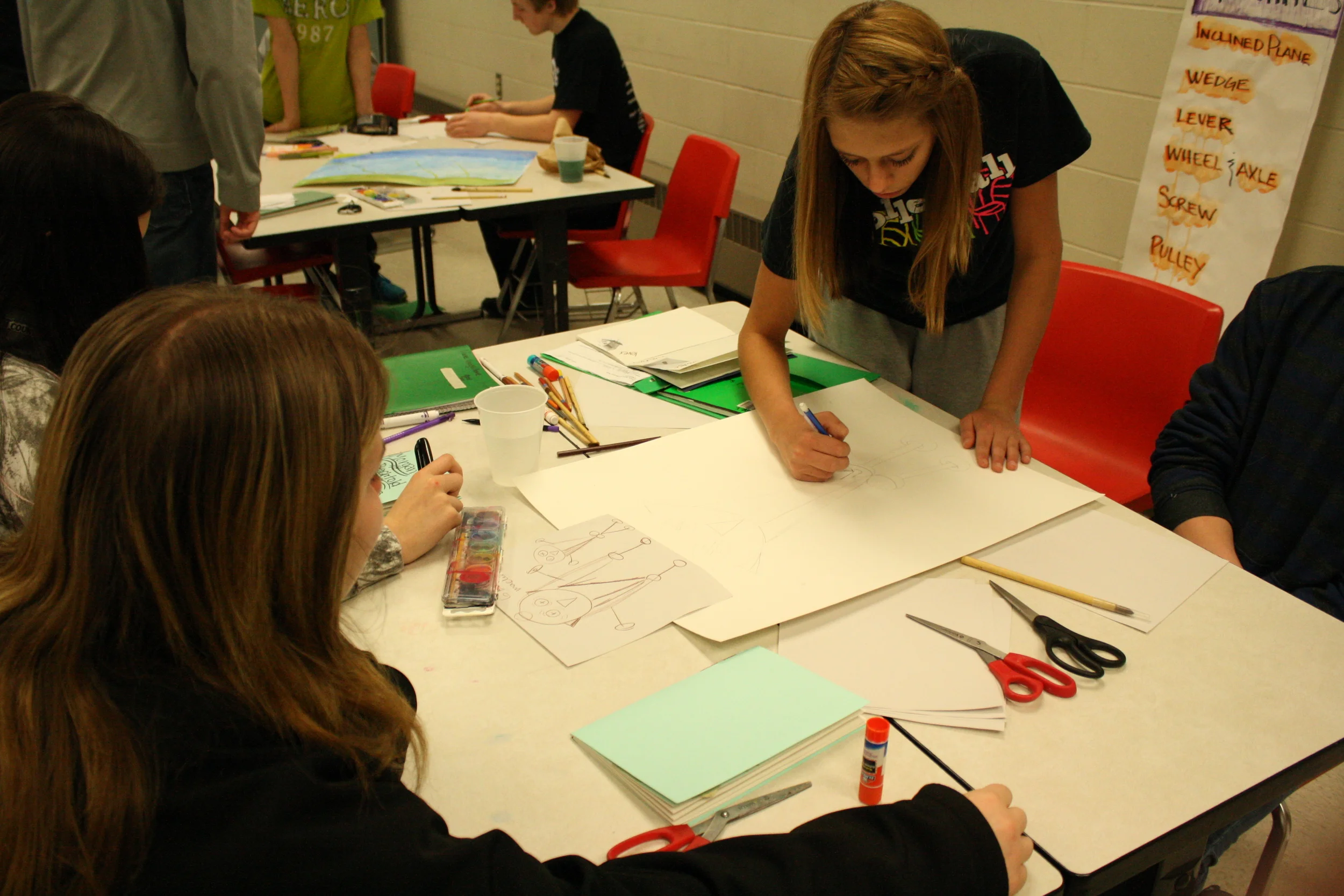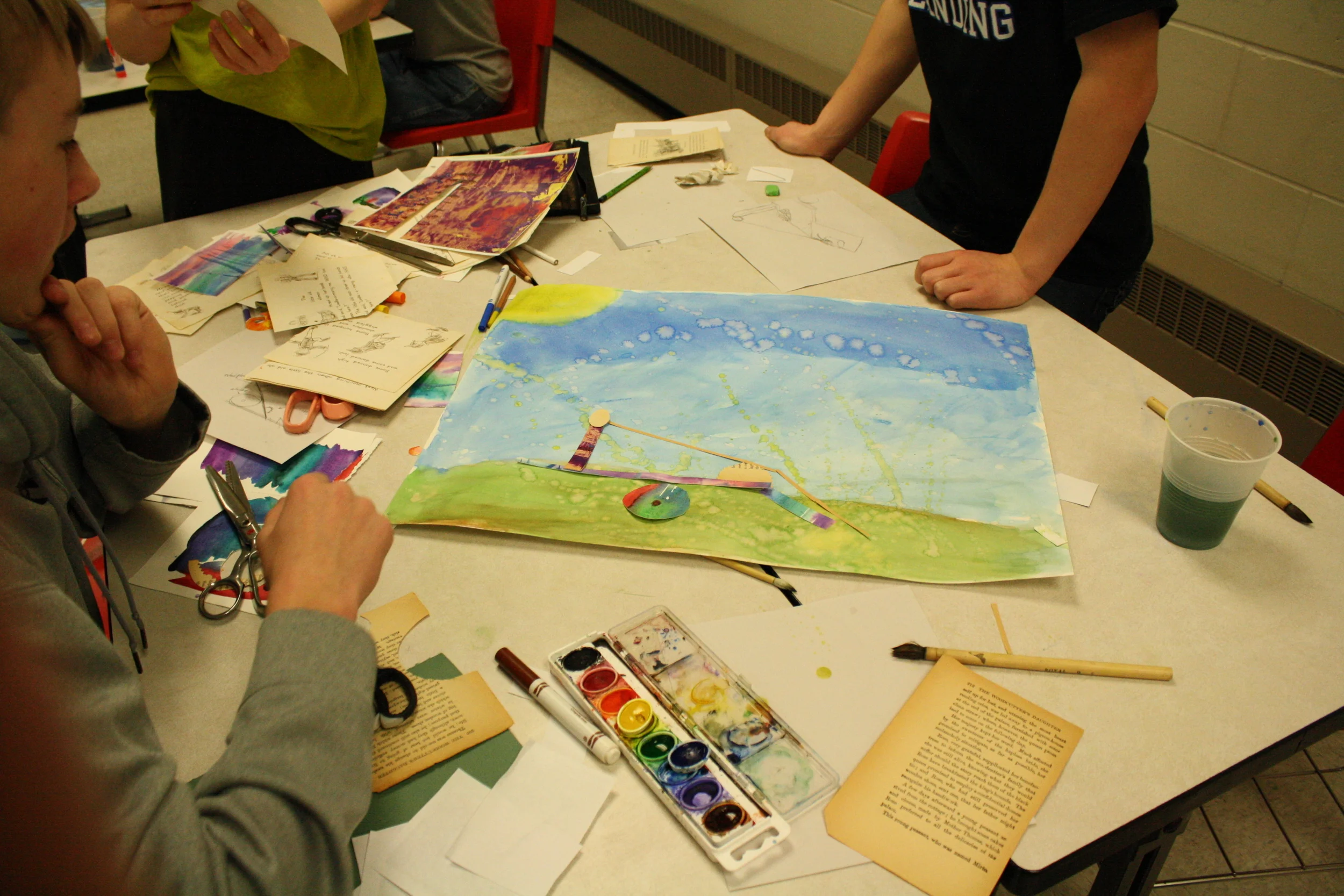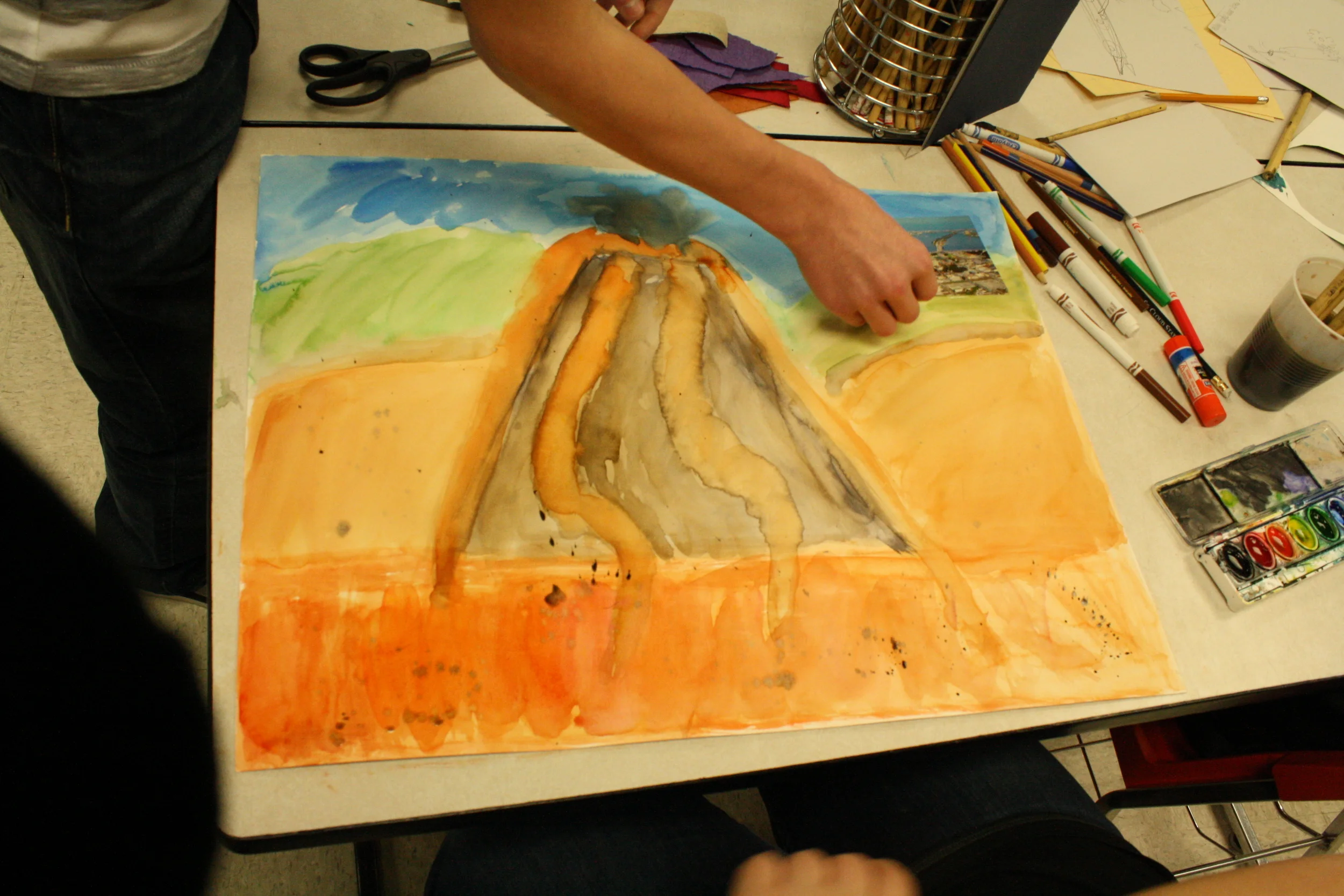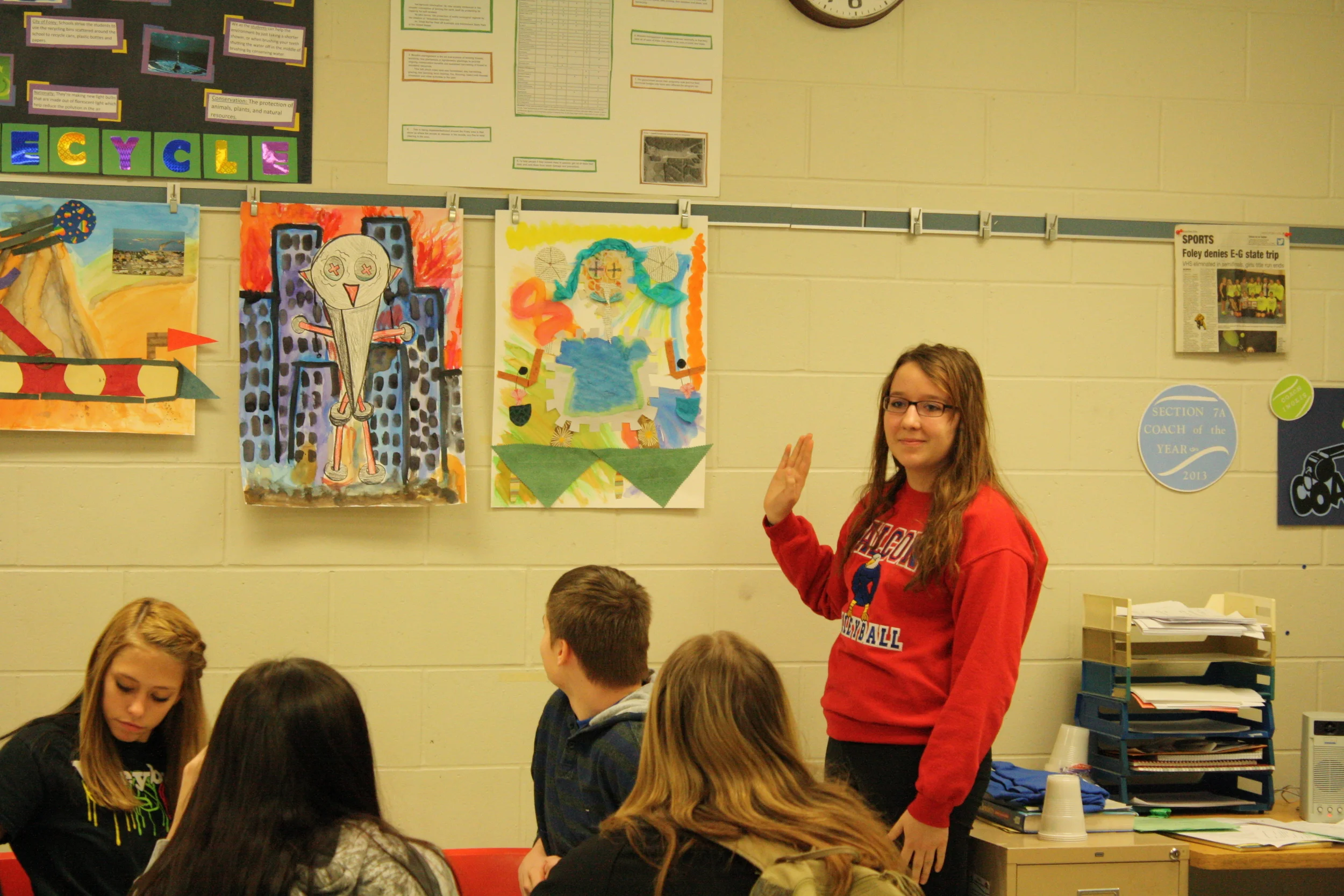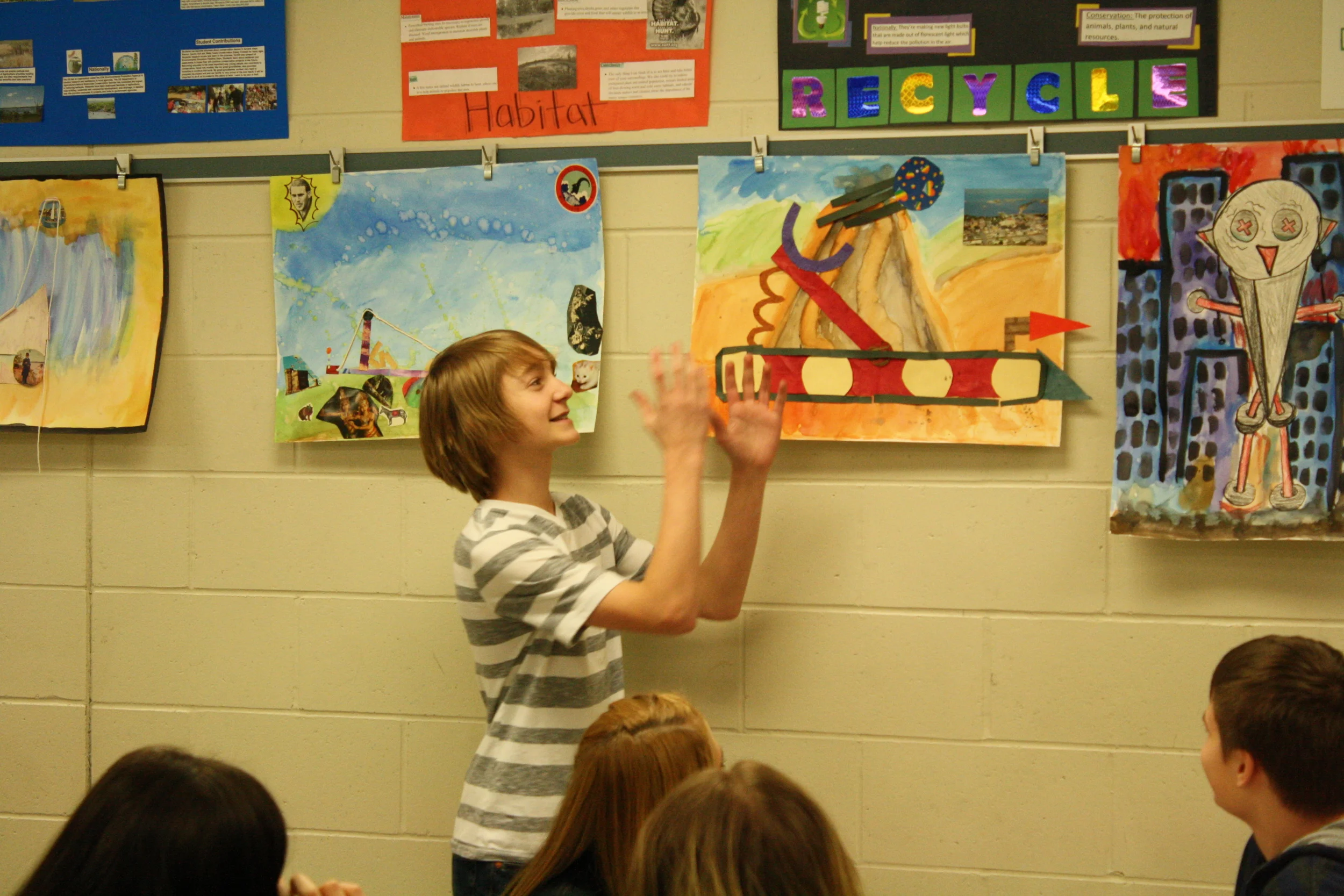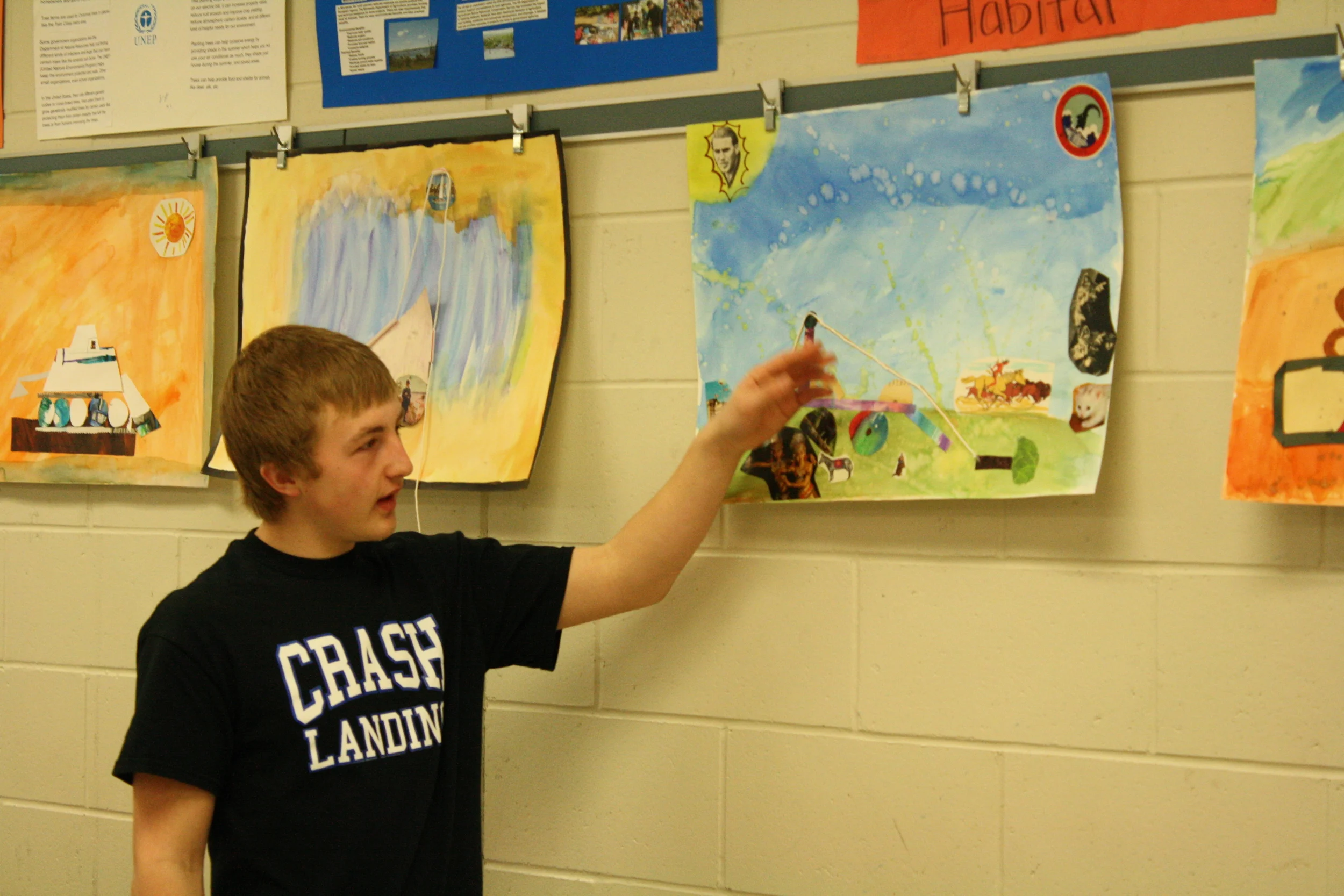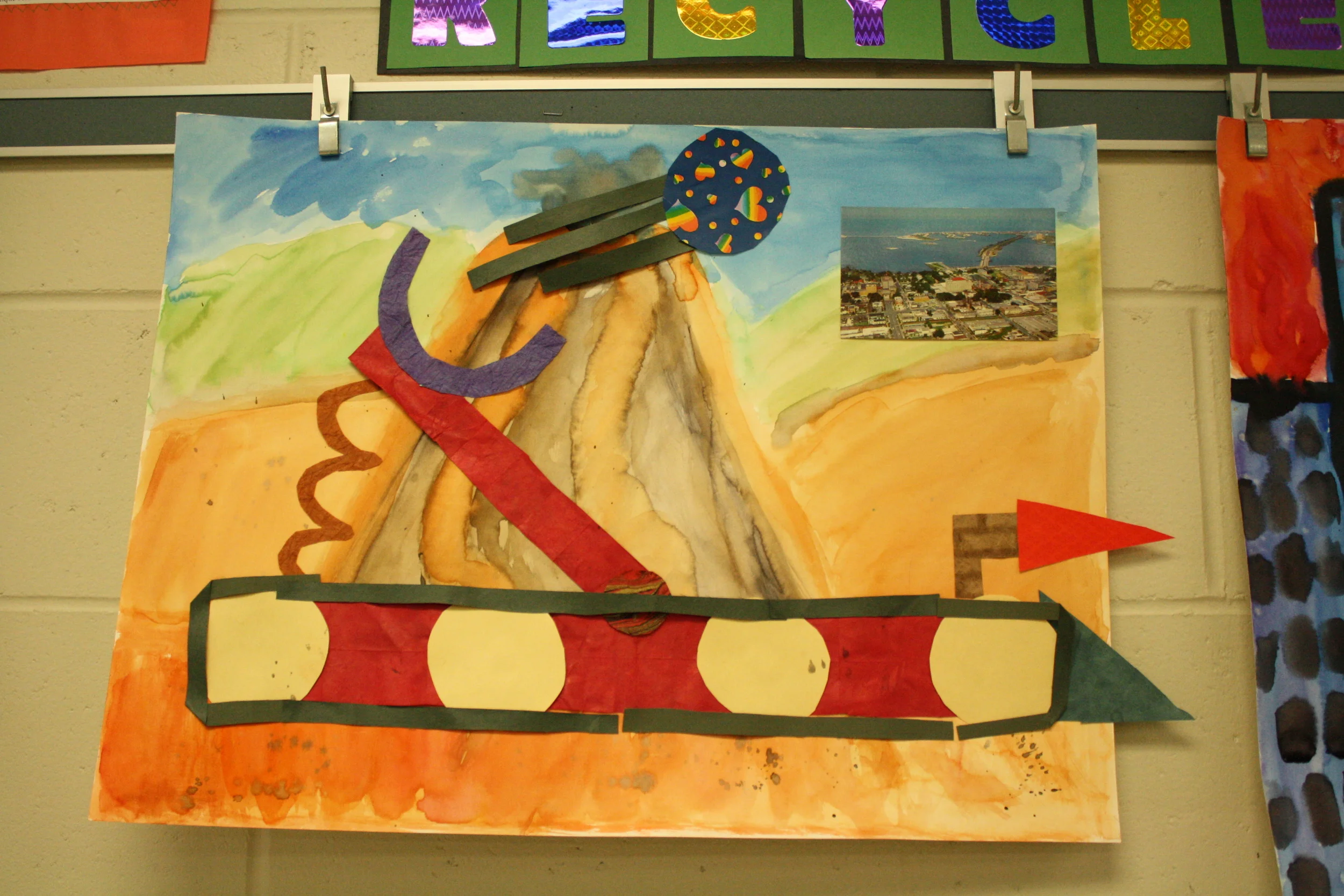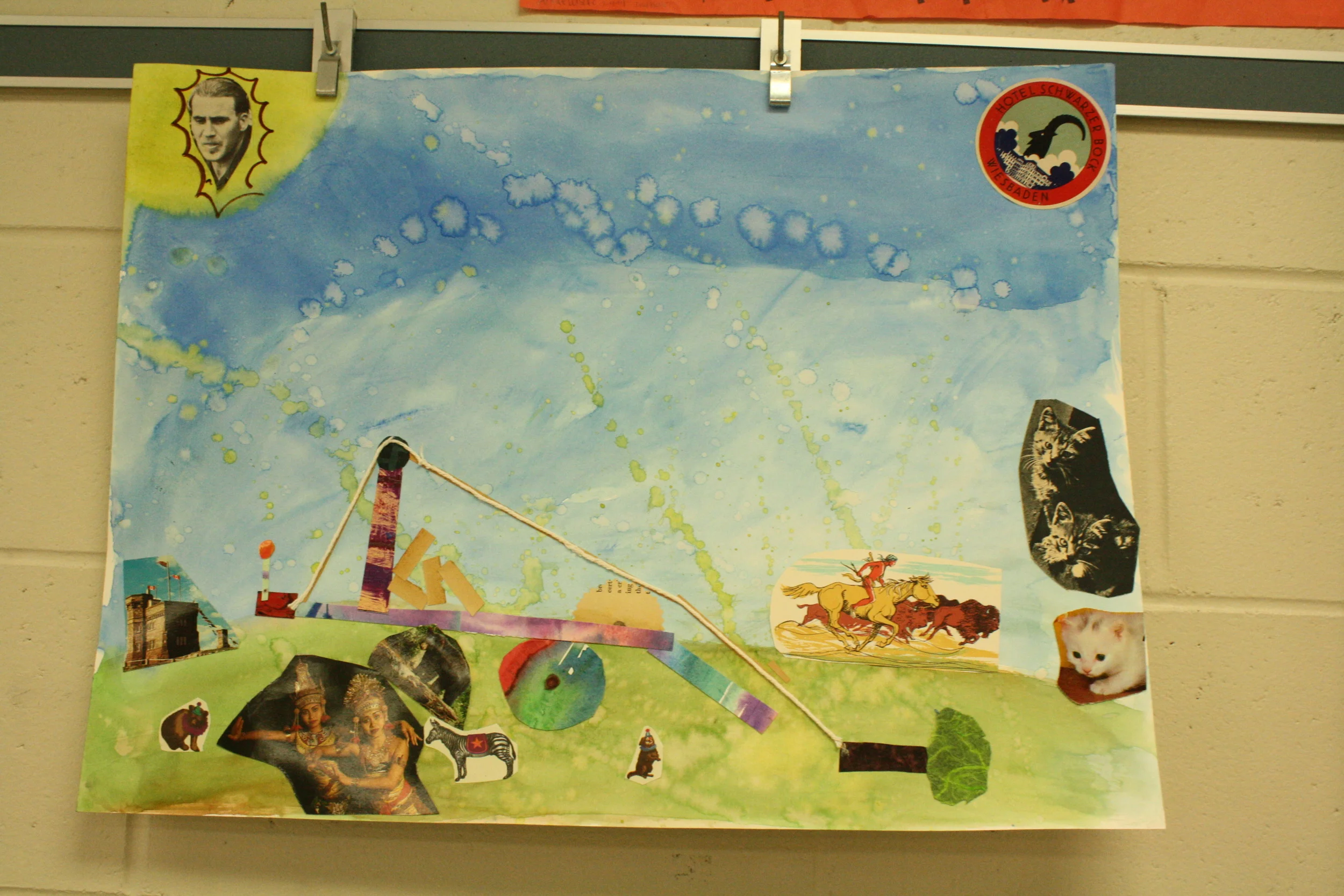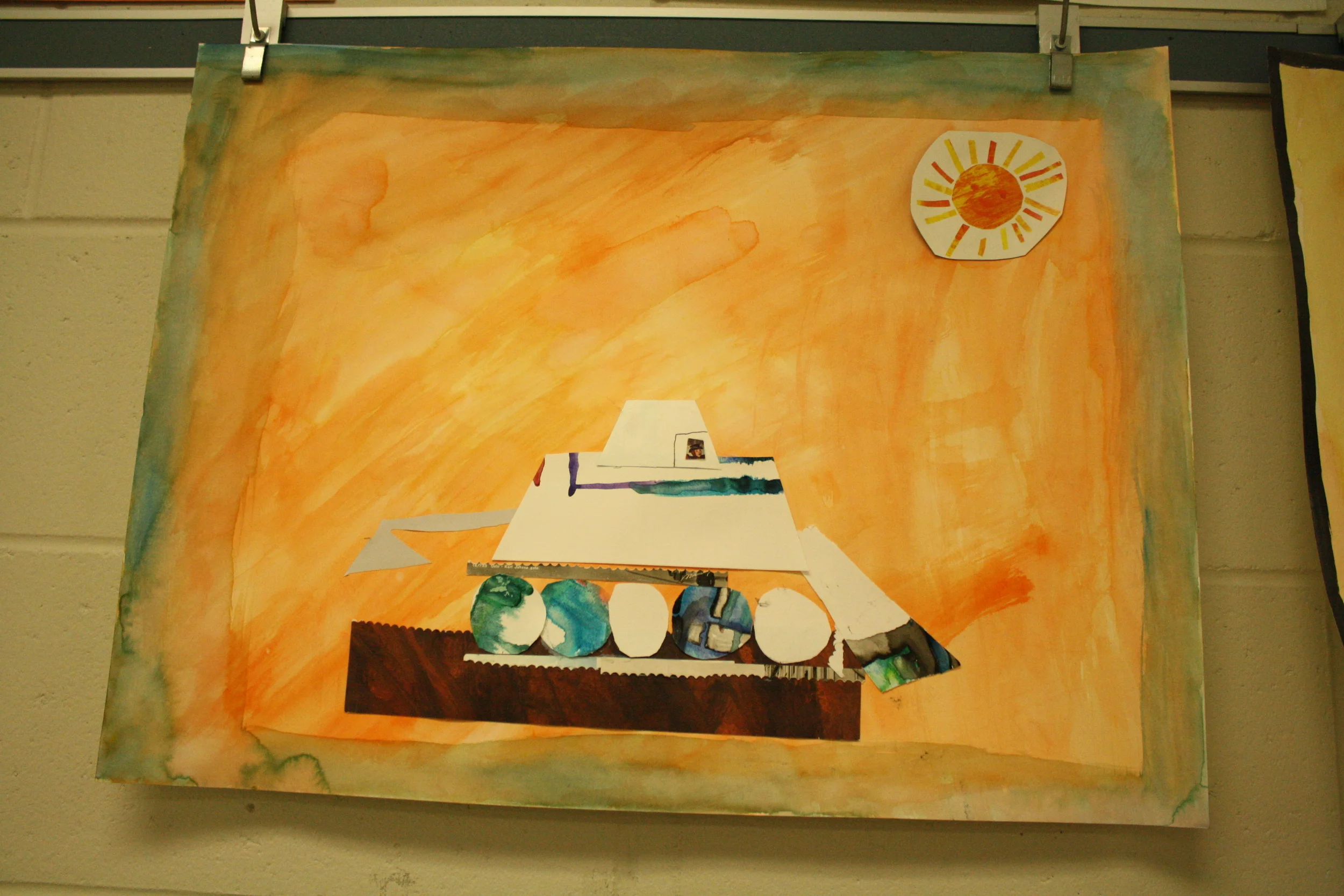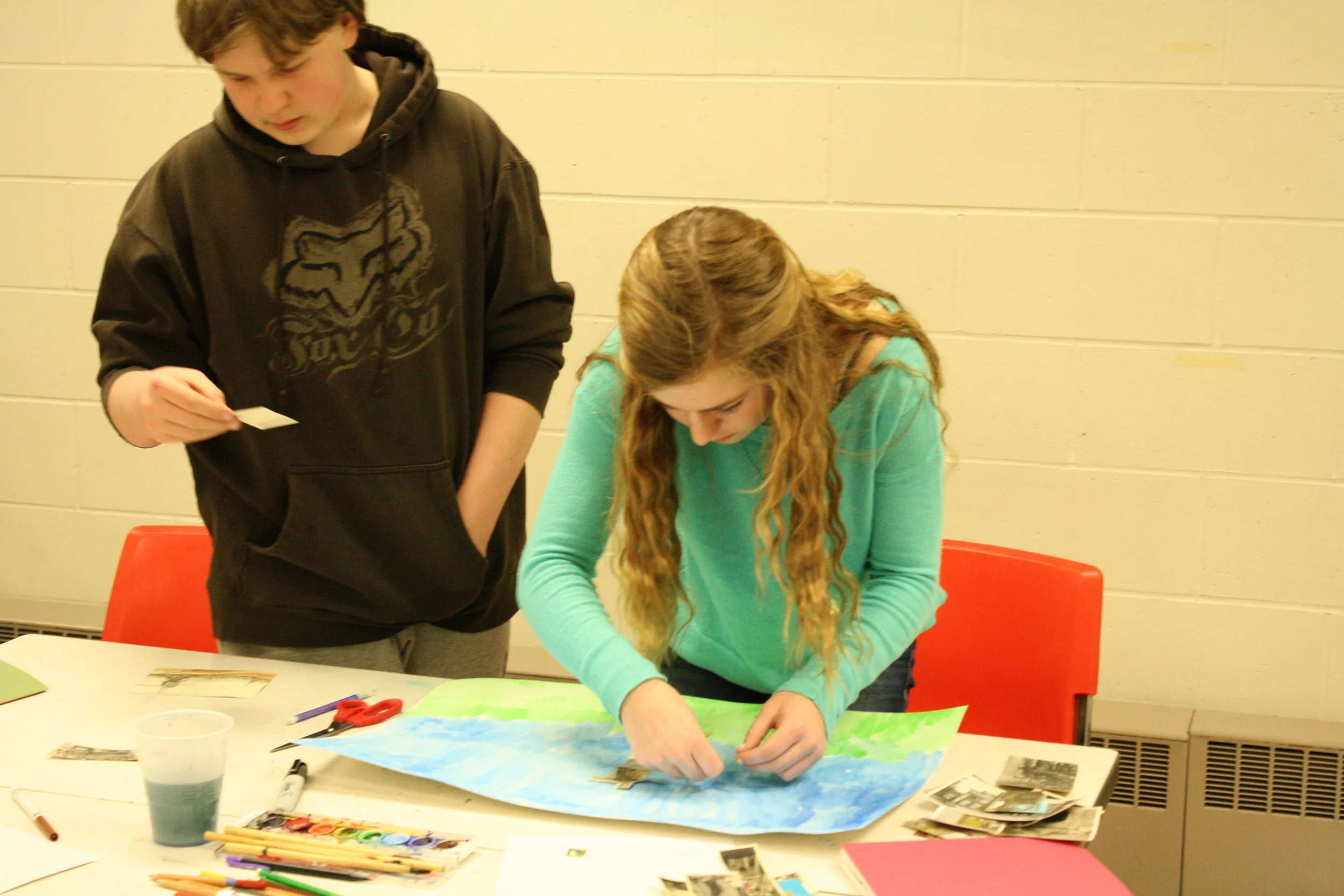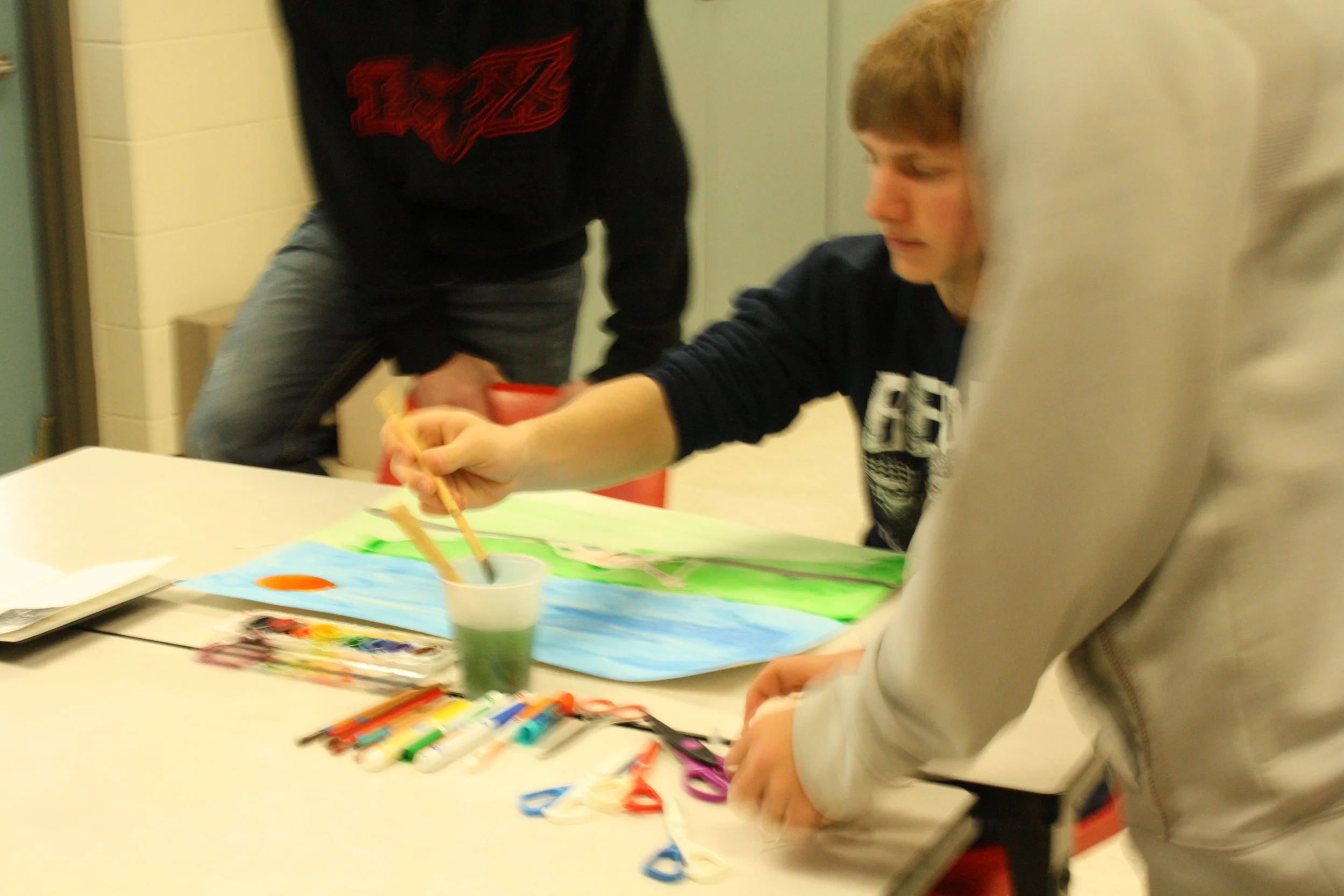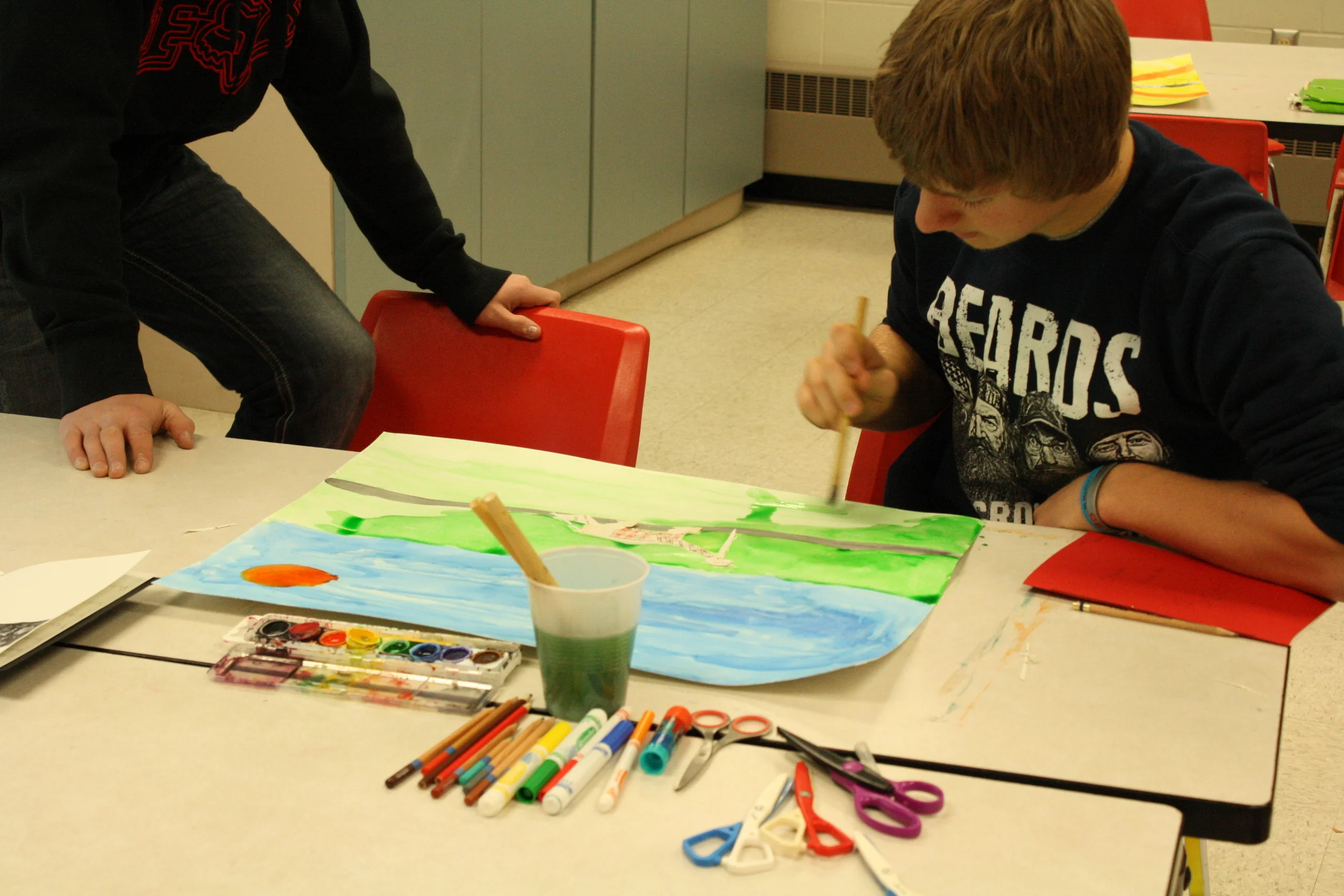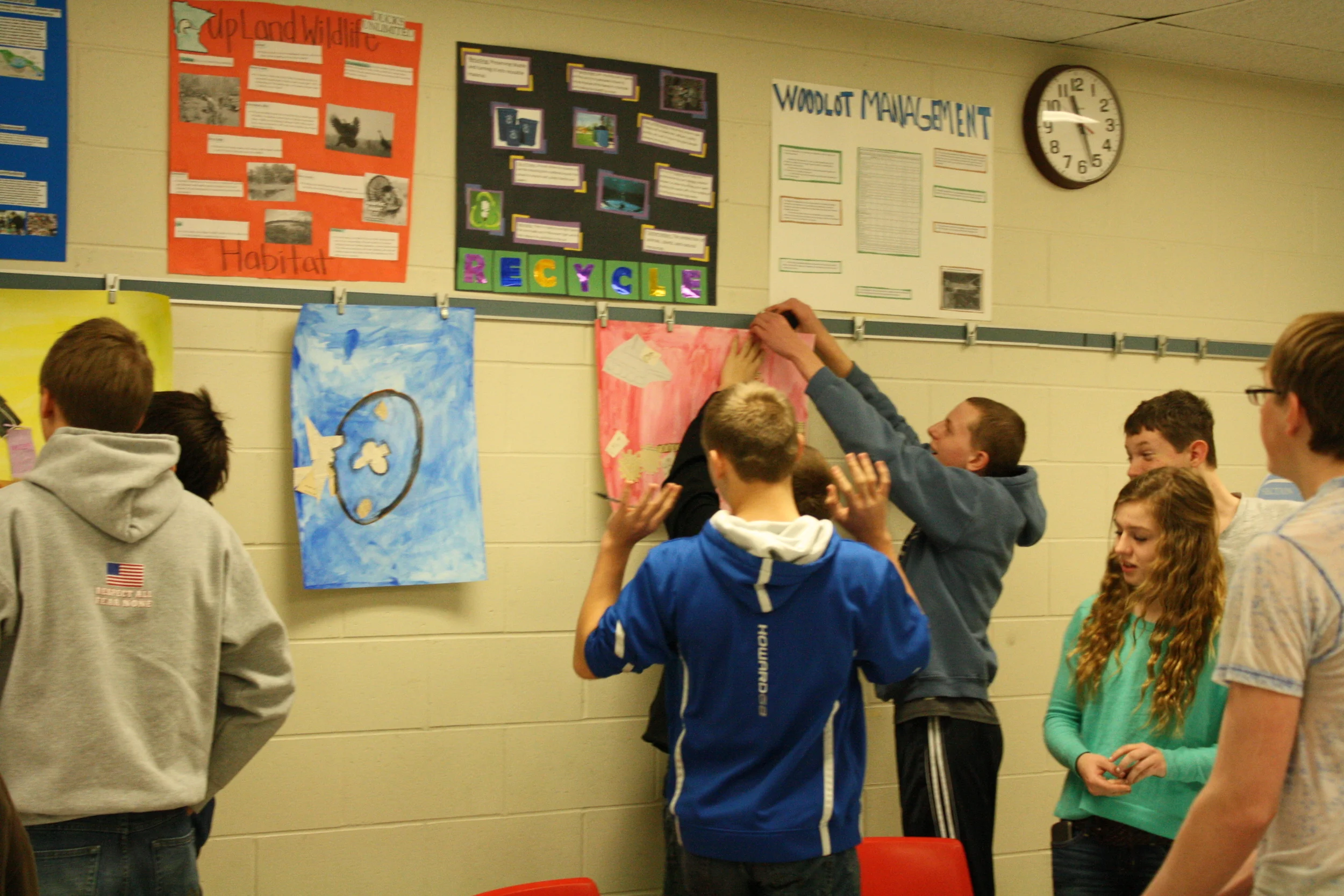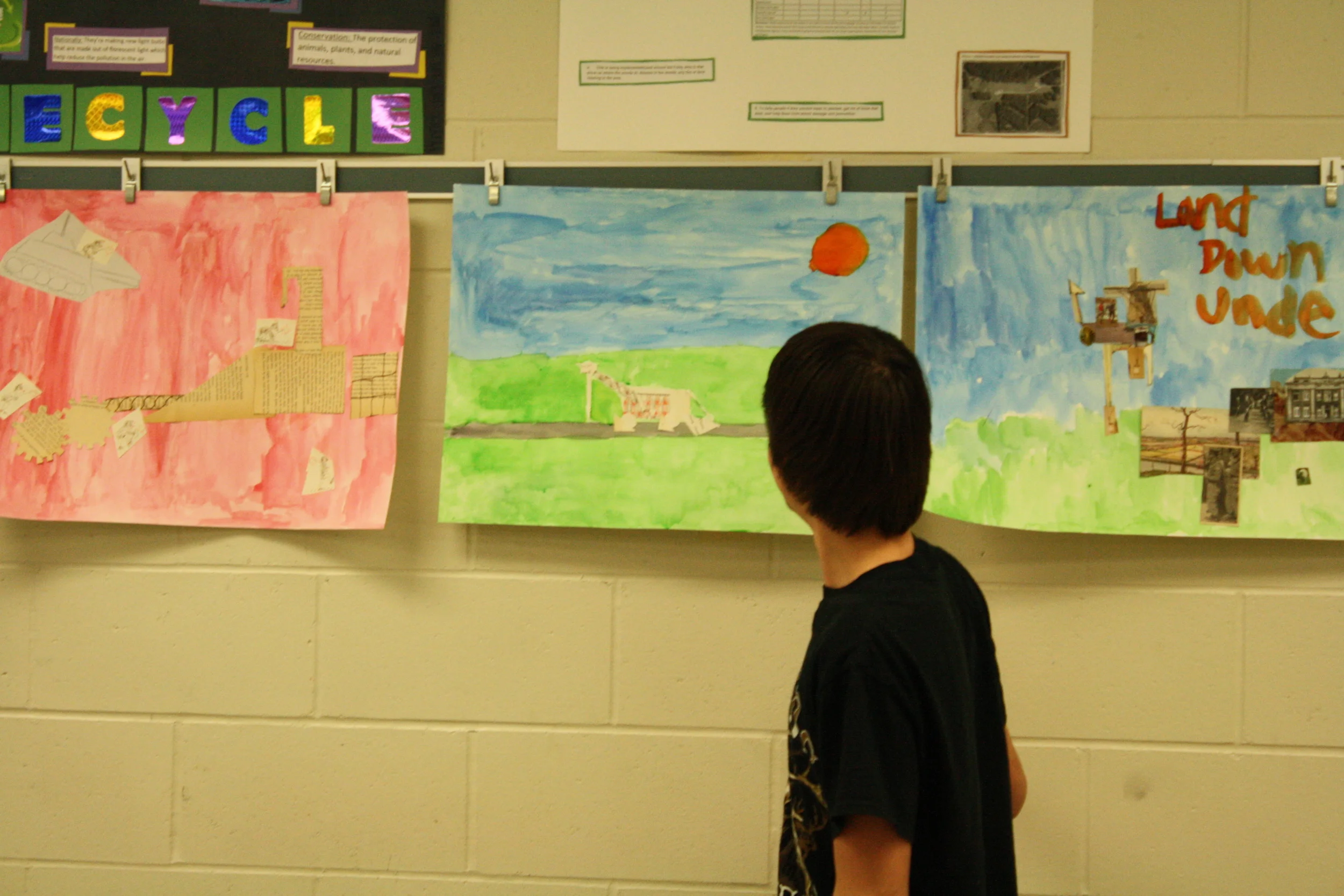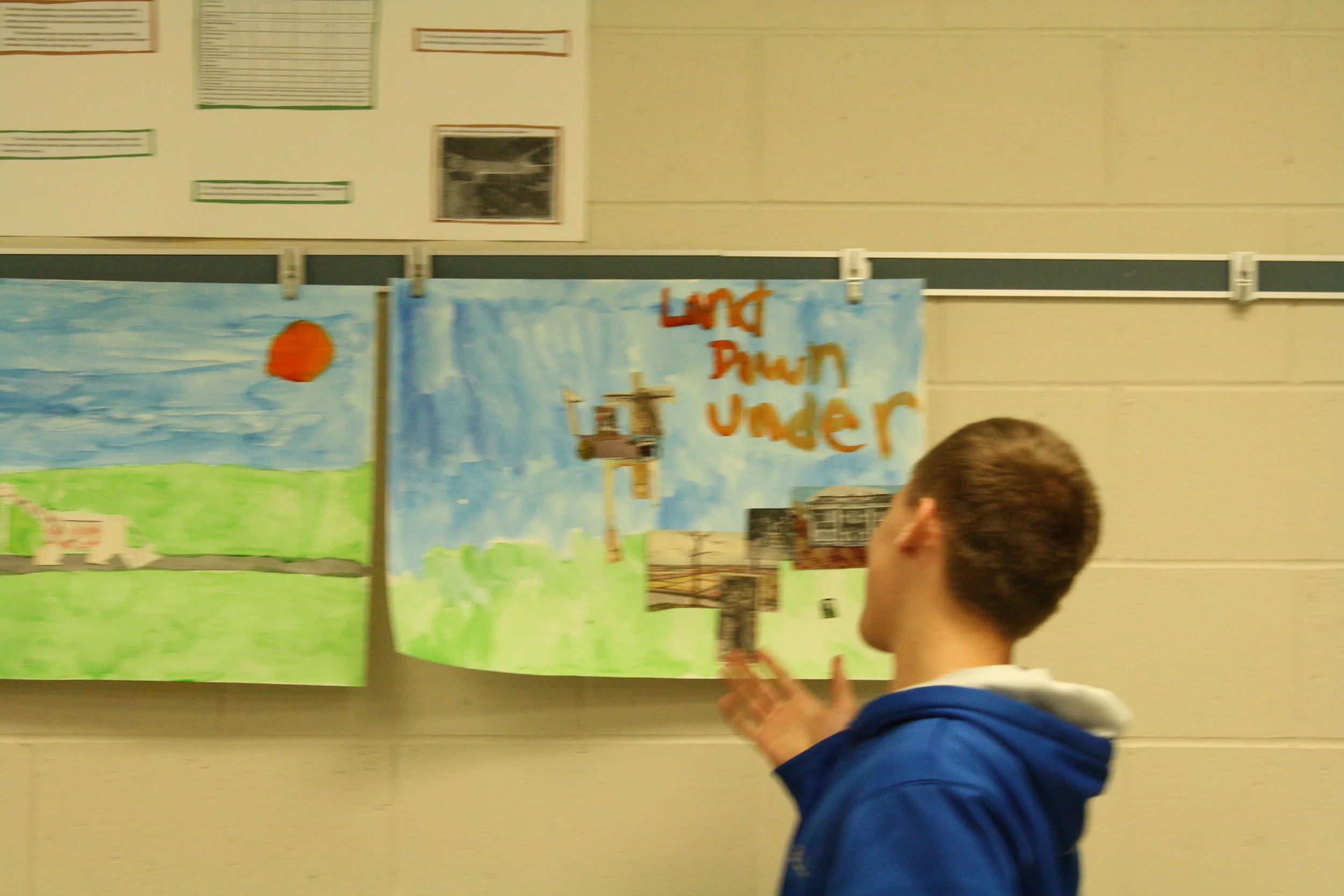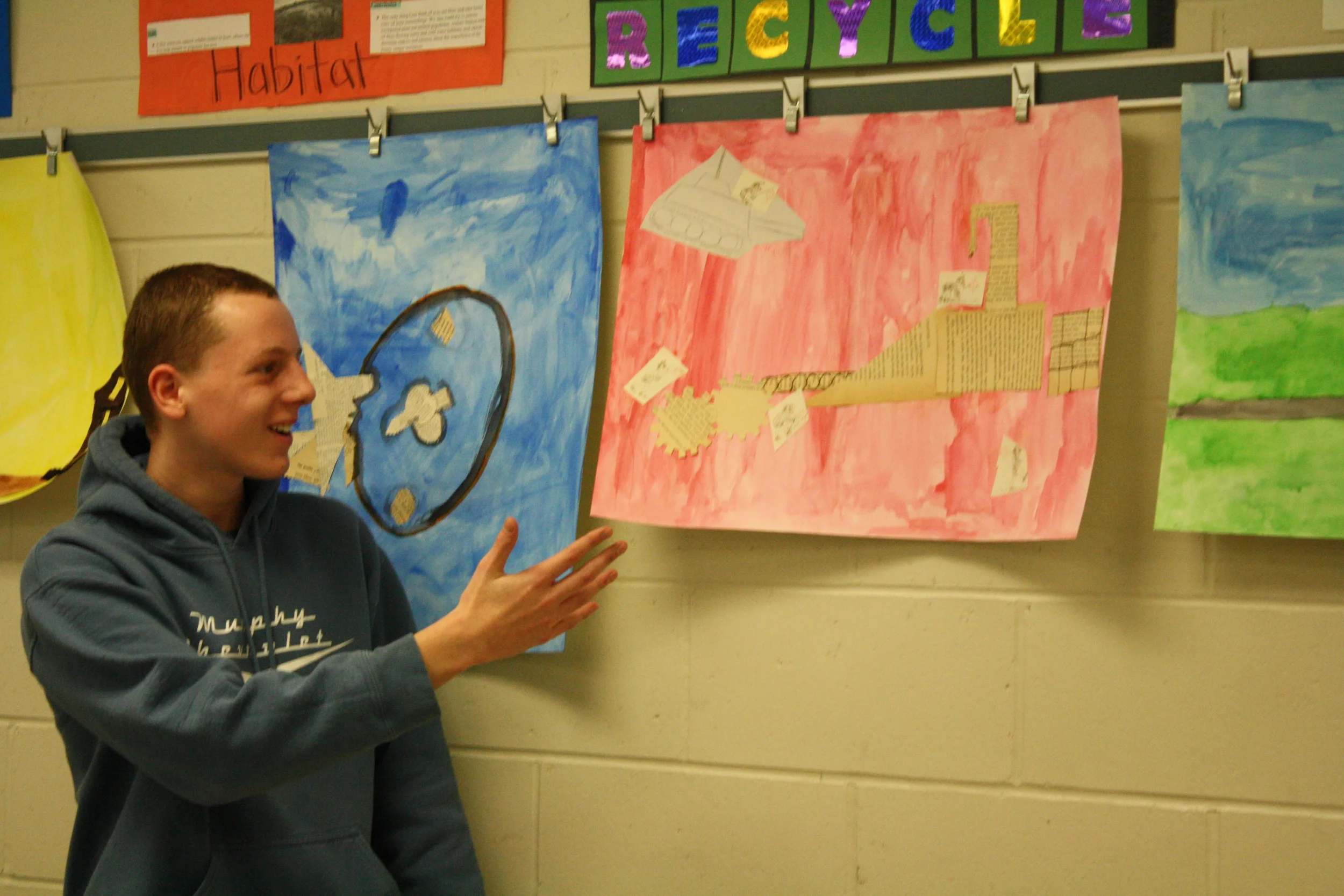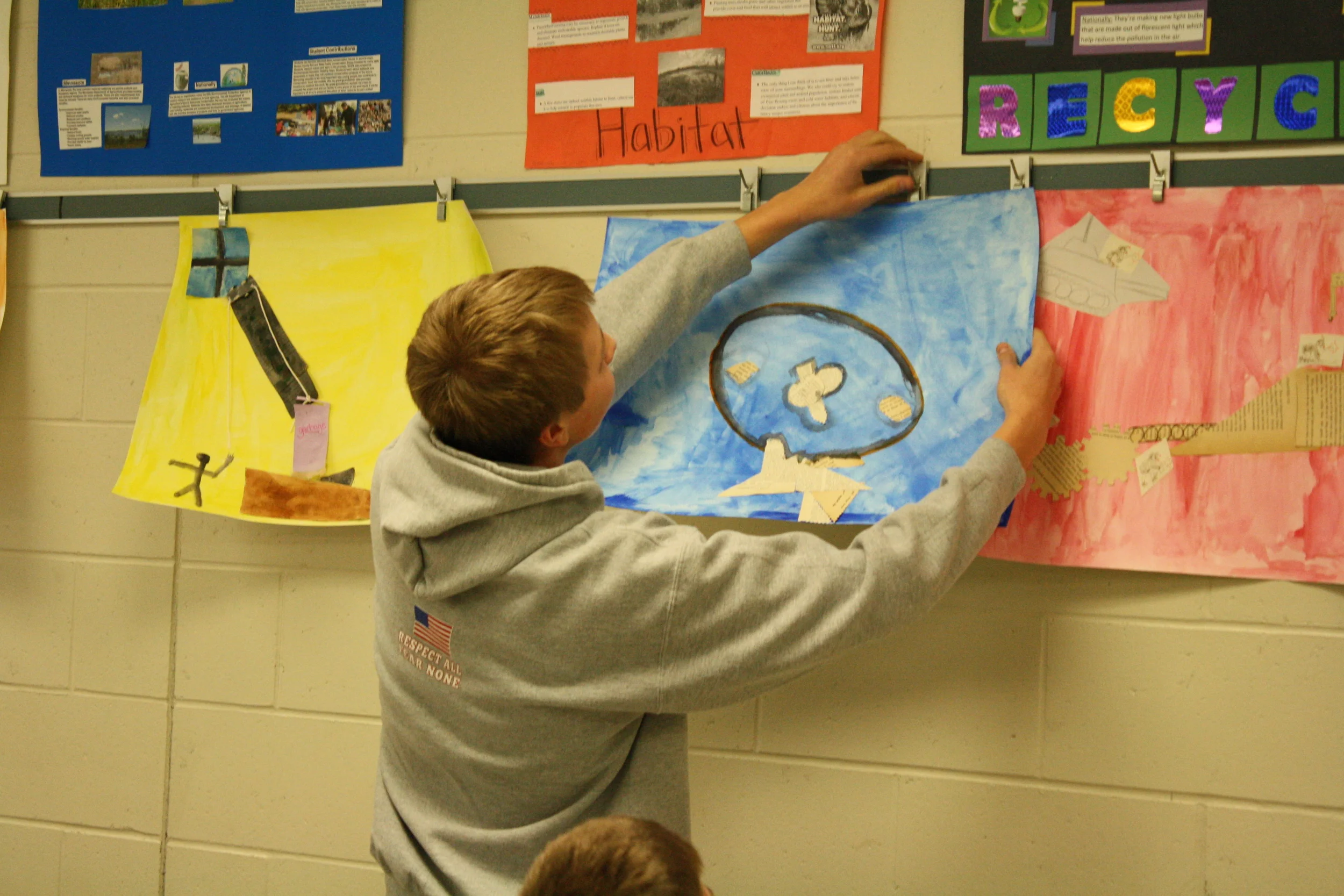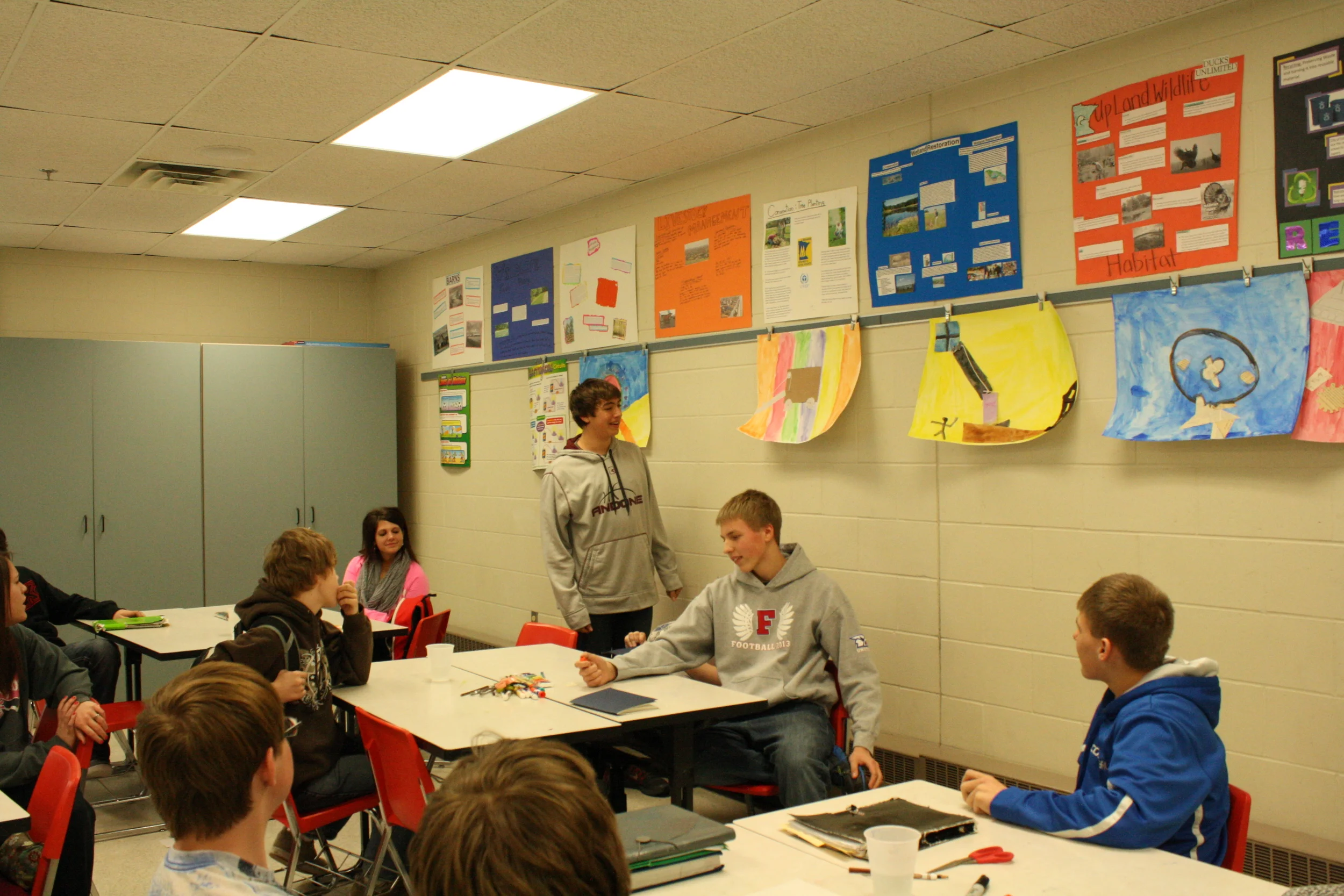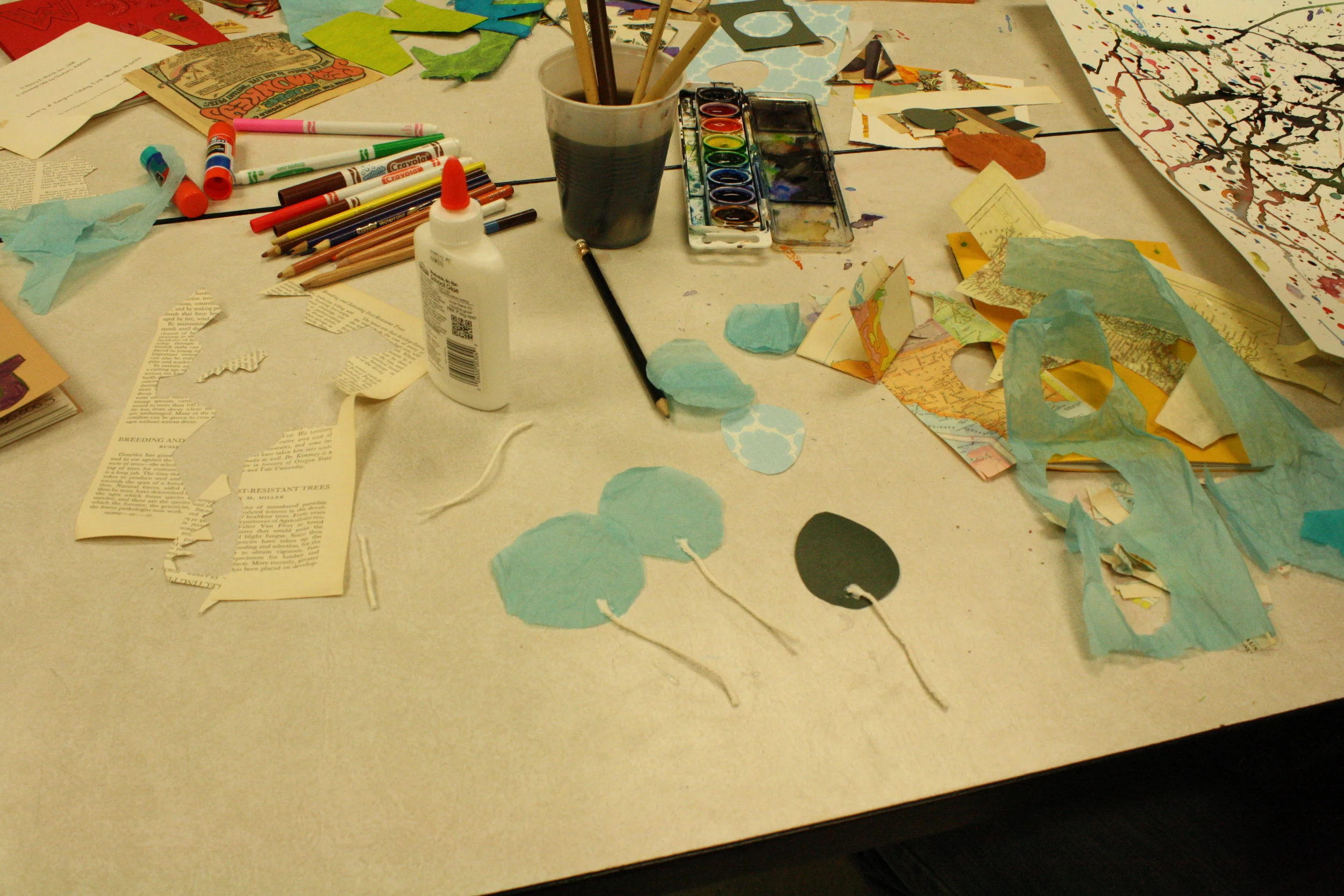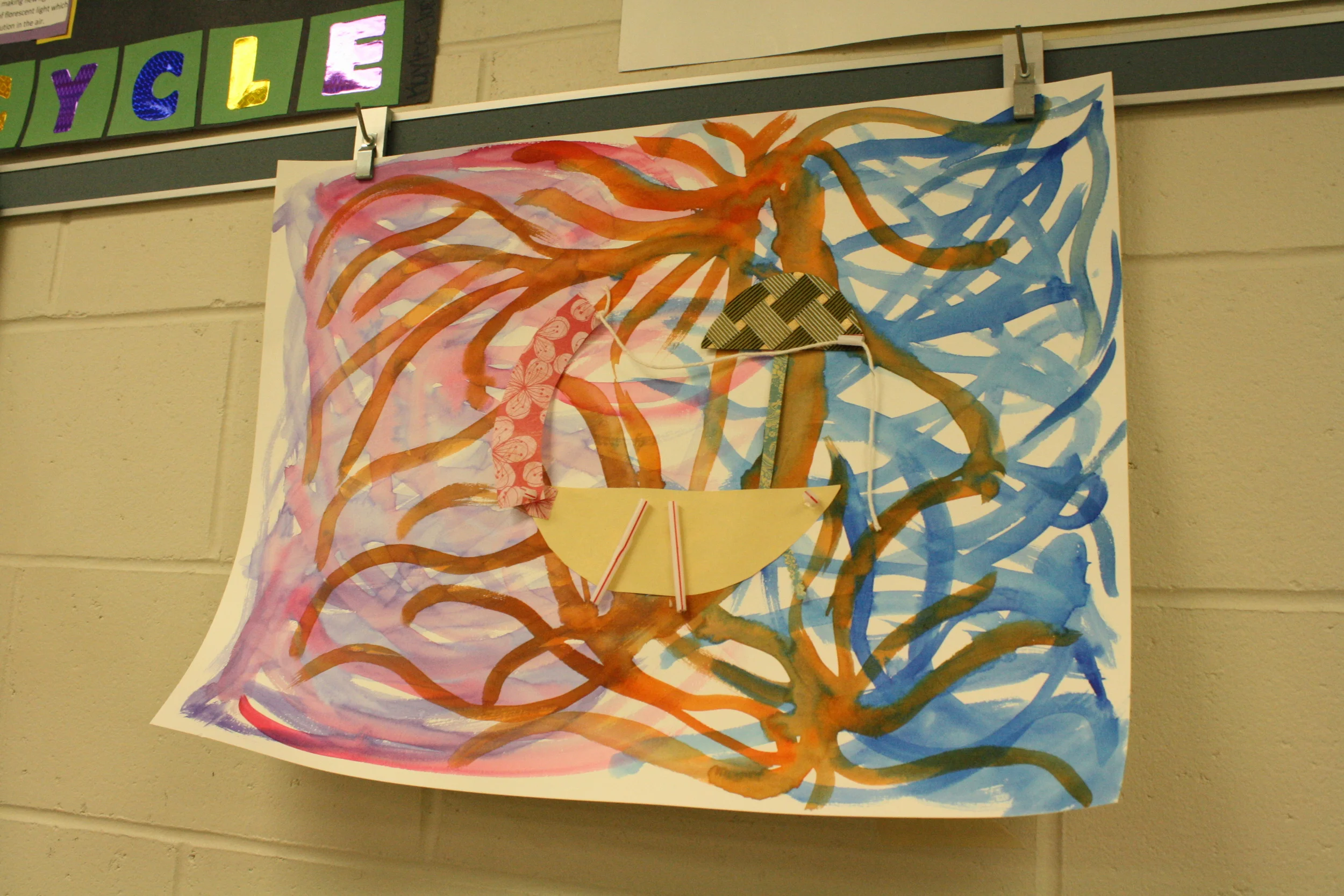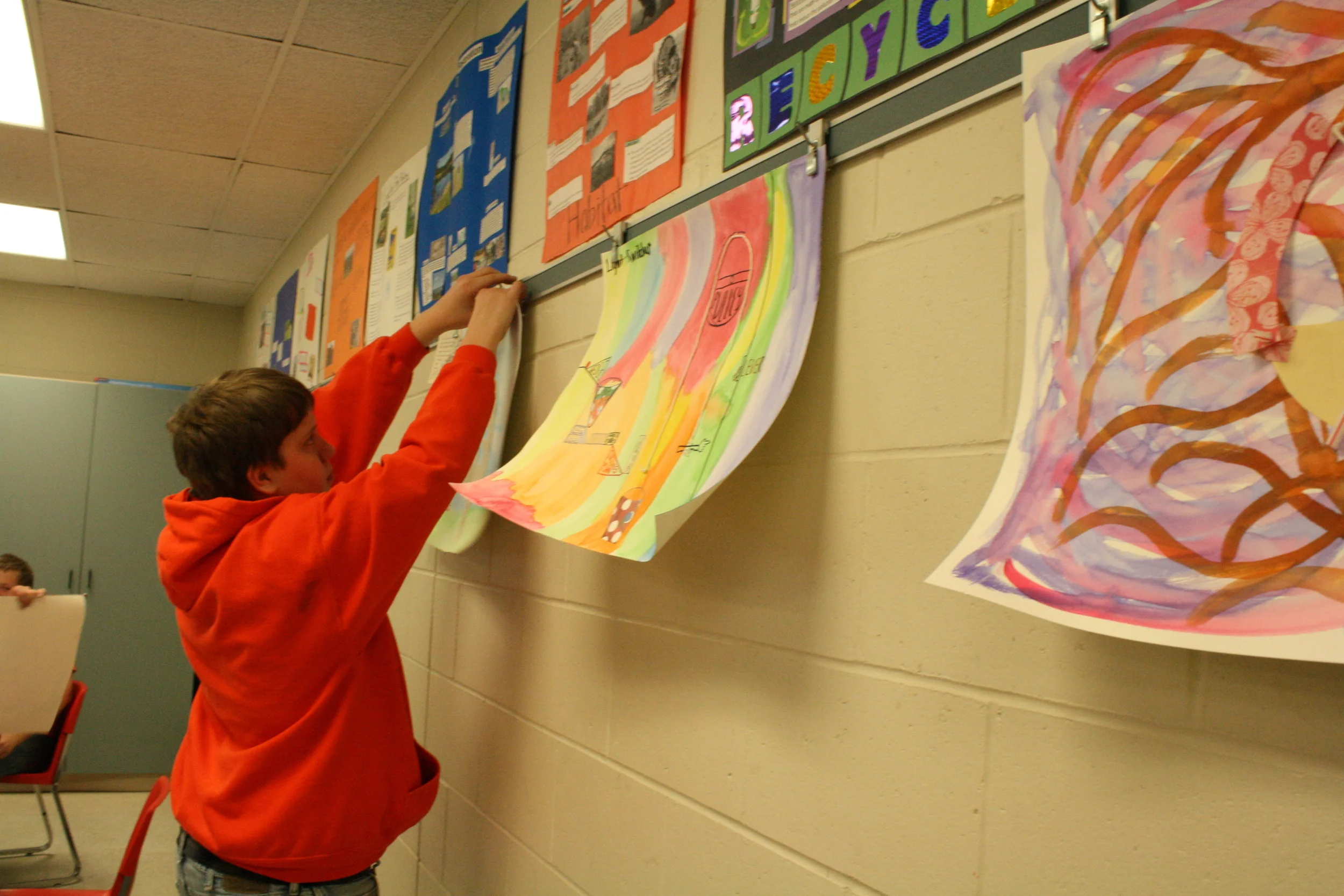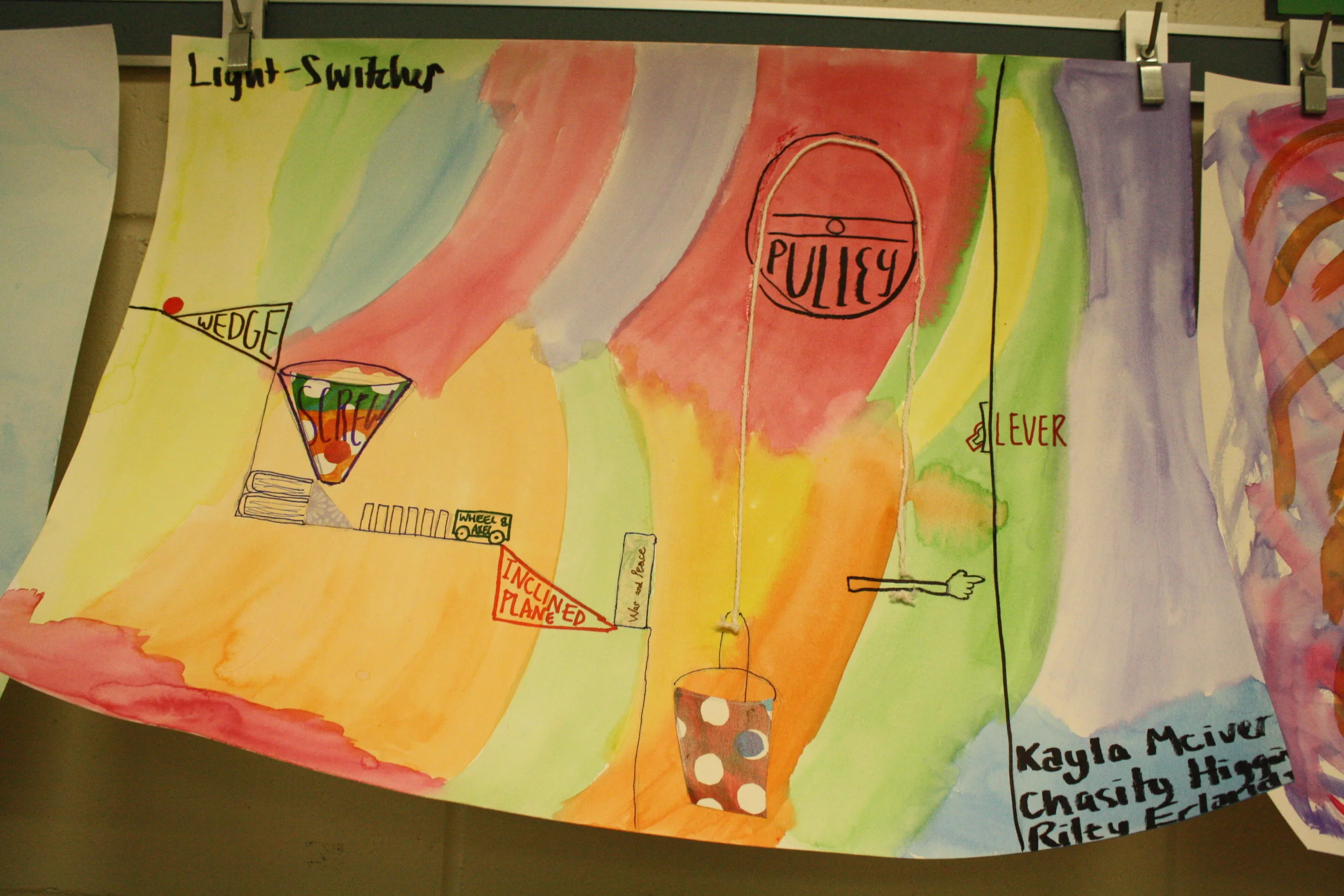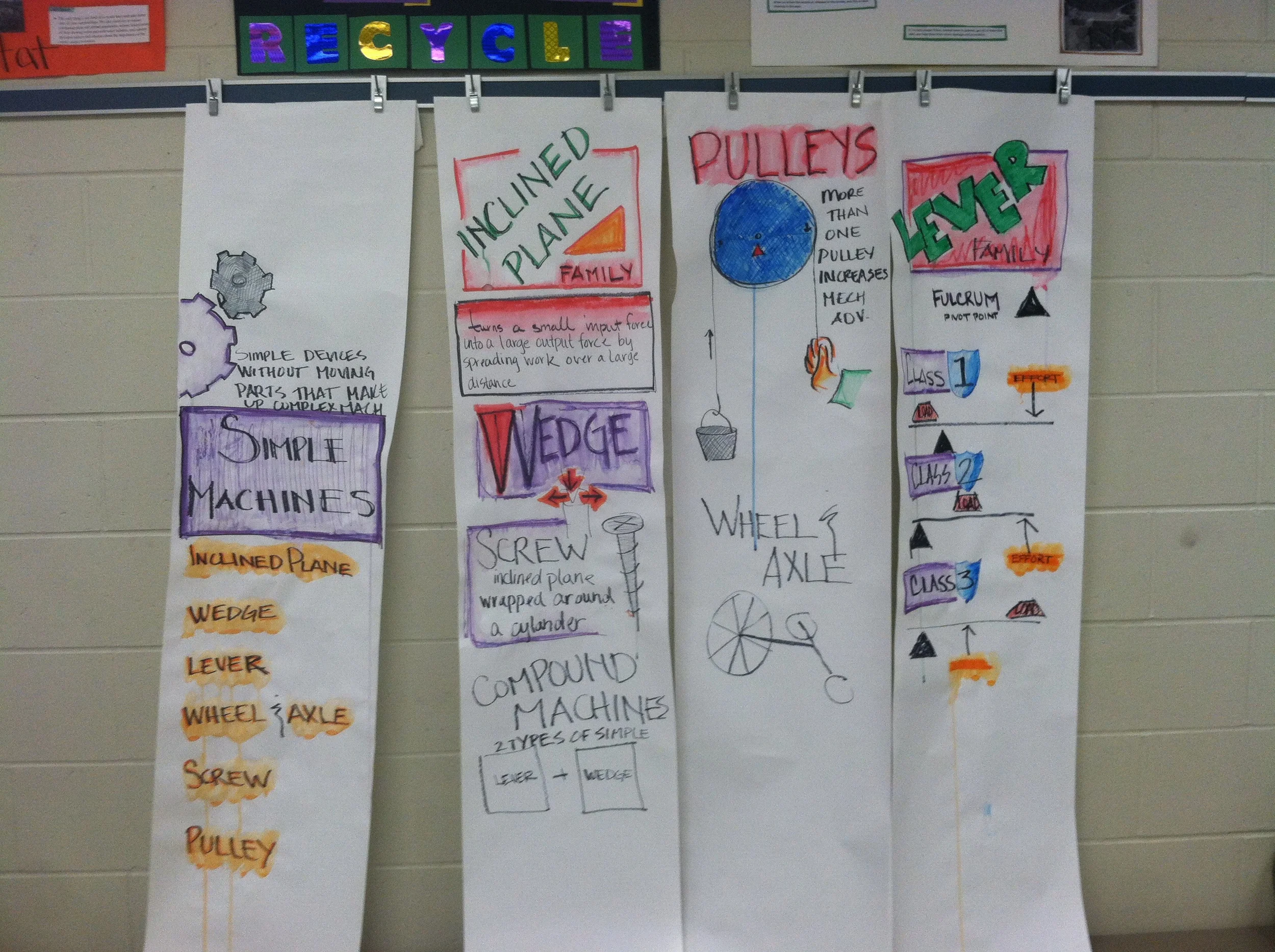Face Forward
Acrylic on Canvas, 4' x 5', 2017, East Side Boys and Girls Club, St. Cloud, Minnesota
In October 2017, I started working with a group of 19 youth at the Boys and Girls Club of Central Minnesota (Eastside Club). We took on the ambitious effort to create 4 large scale (4x5') canvases that would be installed in the Eastside Club cafeteria.
Skill-building is an important aspect of the the Youth Arts Initiative at the BGCMN, as part of a research grant with the Wallace Foundation. For this project, the skills of color mixing, drawing (faces), and painting accompanied the complex intellectual aspects of art making: reflection, editing, and team work.





Metal Installation Collaboration, 2013, Sartell High School
Heidi graduated from Sartell High School in 1995, assuming she was going to be an Architect someday. Yet, after realizing her interests lie in so many other categories, she realized that art was the path worth taking...
And that path, brought her back to these hallways, to create an engraved metal welcome sign with the help of 3 classes (Photo, MultiMedia & Metals), 4 teachers (Boline, Heckman, Phillips, and Schulte) and 1 pretty awesome volunteer (Cori Schneider)!

///Big Idea////
By creating together using a variety of skill sets, we learn to communicate and collaborate across disciplines.
How can a creative project be a way to test out technologies and uncharted experiences?
How can we learn together and see uses of those technologies in future projects?
A metal installation will be created with the help of students from the photography, multi-media and metals classes at Sartell High School.
Students will learn a new aspect of the fabrication process, that they did not already know. Students will experience parts of the fabrication process in an art project in which they all have input.
Students will produce one aspect of the installation, primarily in the metals shop.
Students will analyze the challenges and benefits of collaboration and shared fabrication.
There will be an expanded interest in applied arts (metal and wood shop skills) after this workshop, due to familiarity.
The Process
Safety videos:

SAFETY VIDEO: Basics on chamfering and radiusing edges on the Ickler belt sander

SAFETY VIDEO: Basic shearing on the foot-operated shear...
Art for Art Sake

Abstraction in both Painting and Drawing, November 2013
By working with 3 different art classes (Painting, Drawing and Craft), Heidi will provide an opportunity for students to explore concepts of art and composition, as well as encouraging the use of their own artistic vision to create abstract works.
Learning Goals:
Reinforcing elements of art and principles of design, while learning about abstraction
Creating an instant response method for the students to reflect on their decisions during the process of creation. Learning to trust their reaction (both good and bad), with the support of their classmates
(Bookmaking) Understanding the historical context of books, and technical skills in creating handbound books.
The students' work from Heidi's residency will be featured at an exhibition held in conjunction with our holiday concert.
Book Making: It Takes A Village
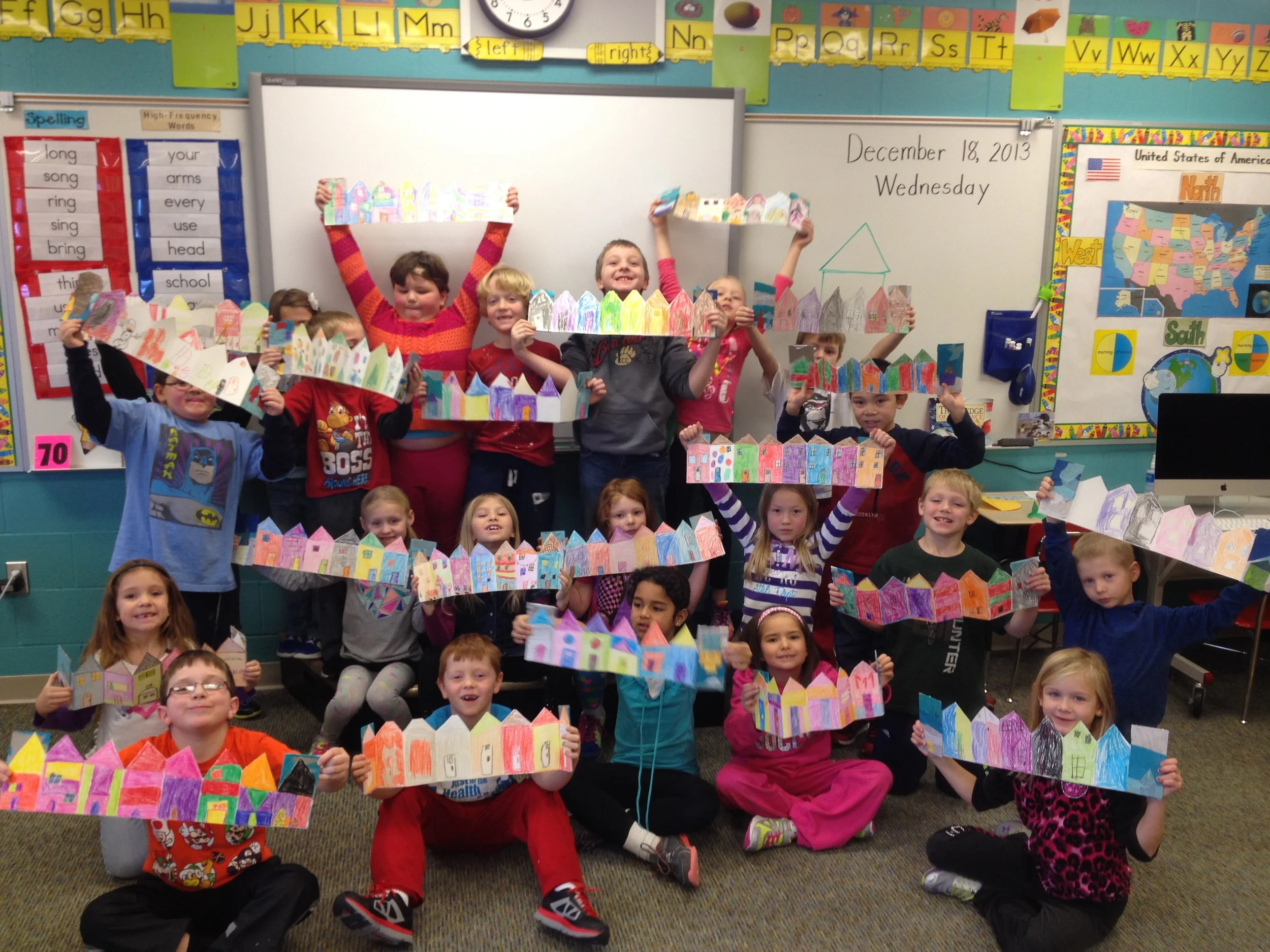
VILLAGE!!!
Teaching in greater Minnesota has its limitations. No art supply stores. Can't ship book glue in the winter. No shiny metal museums to inspire (or intimidate) you. Just a simple landscape and cold winters... right? 20 miles from Canada, the tundra exists. Beautiful horizons of simple snow, line, sky. Lots of sky. An abstract painting in some places would be hyper-realistic in this part of Minnesota.
I was invited to Kittsen Schools, to teach bookbinding to K-6, the last week before the holiday break. A school without an art program, but with teachers passionate about bringing in the arts, meant that the week would be full of attentive students and excited teachers. (and Christmas had nothing to do with it, I’m sure!)
I had 2 sessions with the younger students (K-4), and 5 sessions with the older (5 & 6). We made accordion house shaped books, that I called “Village Books.” Display them in a group, you will have a town to explore. The concept of the book allowed the kids to cut rooftops, where their motor skills could be at any level, because “no roof top is perfectly straight, especially with snow on it!” And they learned about the tools of bookmaking, like the bone folder (oh, how we could talk about what kind of bone it is made!) The inside of the book, the village, was painted with bright watercolors. They created landscape collages on the covers using tissue paper and scrap paper from my “treasure of random papers!” The older students made hard cover, accordion books with a spine, as well as many other types of folds they could use in their classrooms or at home.
The students were sponges! The work we were going to do in the 5 sessions, only took 3 sessions to complete, due to the students’ attentive behavior and eagerness to learn and create! While we were limited in materials at that point, I decided to give them creative license! They used materials we had available, since no supplies would be available less than 70 miles away, and did what they wanted.
They had the tools, materials and imagination: the rest was up to them! Permission to play, paint, fold and cut was the rule for the last two classes! We all had so much fun! I was inspired, once again, to play with materials, and see what happens. Having access to everything, can limit one’s imagination.
To support the imagination process is the key to teaching art, or teaching, period. A pencil can do so much. The right words could change the world. Our eyes and ears feed our soul and our hands and voice create what we consider soulful. As teaching artists, that is what we are sent in to do. And seeing the limits as a blessing is key to the imagination and creativity.

These were my little Village People for a week in December!
STEM & Visual Journaling
Purpose:
Book binding and drawing let students observe their natural world, reflect on it and respond to it in a unique way. 5 days/class.
What we did:
I was paired with a science teacher, where we would use book making, drawing and art to learn a lesson, clarify information (active learning and questioning) and creating an art piece, book or illustration representing what was learned.
I worked with three classrooms: two in Physical Science and one in Biology. Day one we made a book and discussed visual journaling. Day 2-3, the instructor taught a lesson, while I modeled visual journaling and active learning. Day 4-5, students made a unique project, in small groups, to present what they learned.
Goals:
Realize that there are many ways to learn, and that a student should never give up.
It is fun to doodle and yes, we can learn too!
Develop ways to test one's understanding in the classroom. Asking questions, and seeking clarification, is an essential part of actively learning content.
Students develop creative confidence, no matter where they feel they fit in the arts-spectrum.
